

Level 24/44 Market St, Sydney 2000 • GPO Box 108, Sydney 2001 • Ph: 18000 15 8 47 • email: info@indianlink.com.au Indian Link Radio 24/7 on the net Log on to www.indianlink.com.au Indian Link 24/7 Radio 18000 15 8 47 FREE Vol. 17 No. 5 (2) • February (2) 2010 • www.indianlink.com.au • Estd: 1994 FORTNIGHTLY Kya bolti RANI Rani Mukherjee in Oz for Indian Film Festival
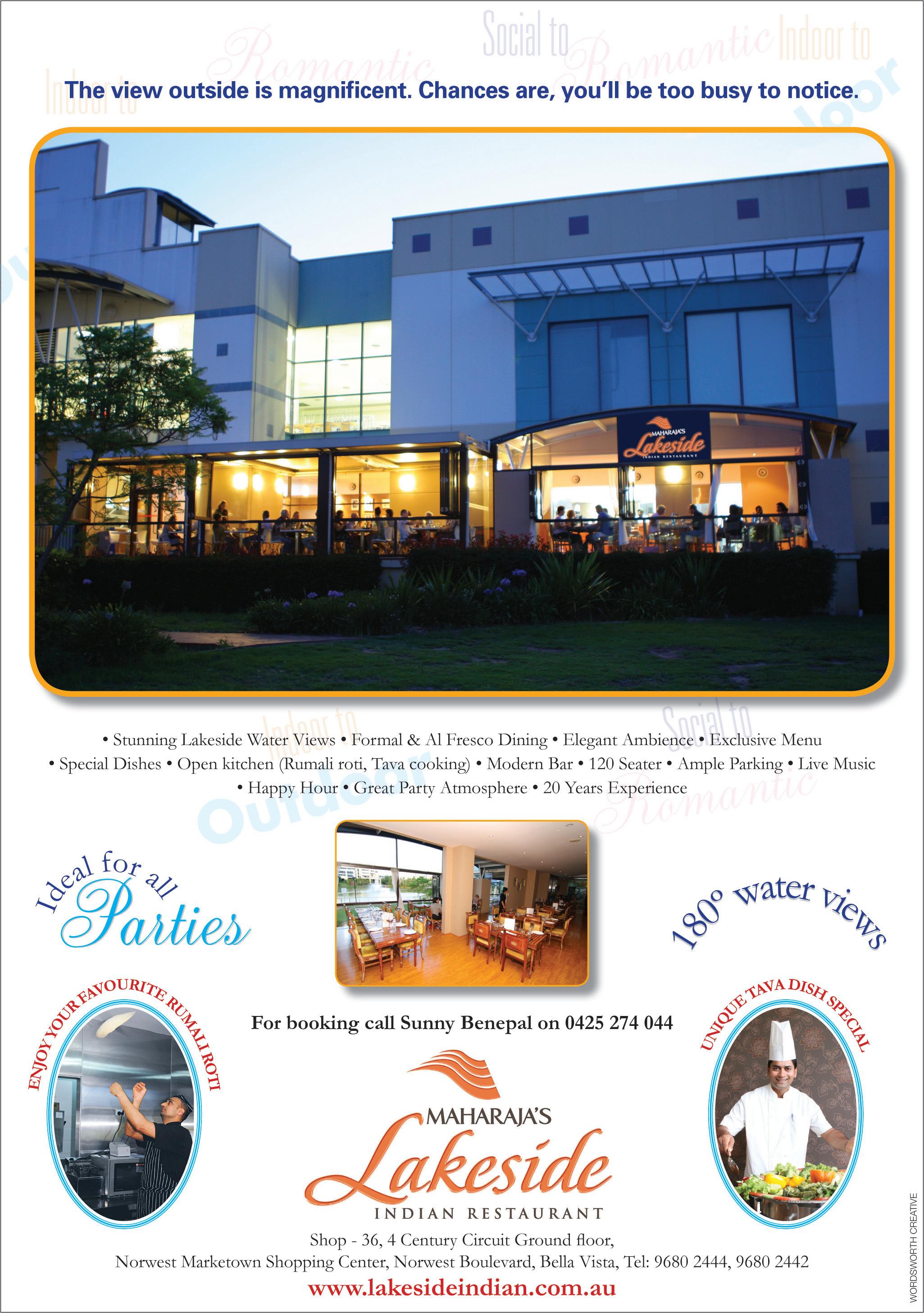
2 <> FEBRUARY (2) 2010 INDIAN LINK

FEBRUARY (2) 2010 <> 3 NATIONAL EDITION

4 <> FEBRUARY (2) 2010 INDIAN LINK GROUP BOOKING 21% off your BILL for booking of 6 people or more excluding banquets Not to be used with any other offer. Mention this ad. Offer valid till 20/4/2010

FEBRUARY (2) 2010 <> 5 NATIONAL EDITION A spice shop with a difference Specials*: l Weekly draw for dinner voucher at Singh da Dhaba valued at $30 l Free DVD with all shopping over $60 l Special promotions everyday Quantity Quality Service Singh Food and Spices Blacktown *March only 143 Stephen Street (cnr Sackville Street), Blacktown Phone 02 9676 4677 Fax: 9676 4688 enquiry@singhfoodspices.com.au : www.indianspices.com.au

INDIANLINK
PUBLISHER
Pawan Luthra
EDITOR

Rajni
Anand Luthra
ASSISTANT EDITORS
Usha Arvind
Sheryl Dixit
MELBOURNE
Preeti Jabbal
CONTRIBUTORS
Shivangi Ambani-Gandhi, Adrienne McKibbins, Darshak Mehta, Devraj Bhattacharya, Noel G deSouza, Hasnain Zaheer, Sam Kerr, Guneeta Dhingra, Farzana Shakir, Shafeen Mustaq
ADVERTISING MANAGER
Vivek Trivedi
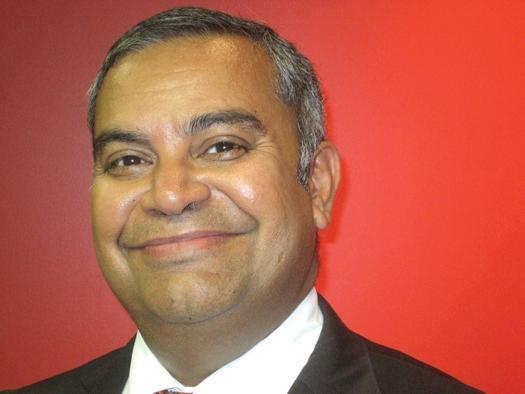
02 9262 1766
ADVERTISING ASSISTANT
Priti Sharma 02 9279 2004
GRAPHIC DESIGN AND LAYOUT
Darren Monaghan
Indian Link is a fortnightly newspaper published in English. No material, including advertisements designed by Indian Link, maybe reproduced in part or in whole without the written consent of the editor. Opinions carried in Indian Link are those of the writers and not necessarily endorsed by Indian Link. All correspondence should be addressed to Indian Link
Level 24/44 Market St, Sydney 2000 or GPO Box 108, Sydney 2001
Ph: 02 9279-2004 Fax: 02 9279-2005
Email: info@indianlink.com.au

Investors smile as markets bounce back
On Friday 6 March 2009, the Australian All Ords, the barometer of the share market, reached 3,112 points. From the peak of 1 November 2007 of 6,853 points, the share market had fallen 3,741 points, losing almost 55% in value. One could smell the fear in the air: banks around the world were being nationalised, and headlines screamed ‘bottomless pit’, about the depths to which the markets had fallen. There was talk of massive unemployment in Australia. Talkback radio was filled with anecdotes of companies offering staff retrenchment packages or voluntary pro-rata decrease in pay and work hours so that business could continue operating. Governments around the world were working overtime to stimulate the economy by cash hand outs to the public while publicly declaring their confidence in the banking system. Even Prime Minister Rudd put cheques in the mail while his team was busy talking up the economy.
Almost a year on, the markets seem to have turned the corner. Twelve months on, the markets have recovered to about 4,600 points - an increase of about 40% from the lowest point. Those who were able to ride out this storm and keep their discipline, would have seen their share portfolios gain a healthy amount. Those who gave in to shock and horror stories and sold out their investments at the bottom, would have managed to secure returns of just around 5% in a bank deposit. For those brave souls who actually went into the market
BY PAWAN LUTHRA
post March 2009, this would have been a year of healthy returns.
To an extent we are all affected by the markets, as most Indian Australians have shares through their superannuation statement. With the mandatory 9% of their wages being directed towards superannuation, most default funds will have monies invested in part in the Australian share market. Perhaps when they get their statements for this year, there will be a smile on their lips rather than a frown on their faces.
Going forward, it seems that Australia is well positioned to grow in the next few years. With China and India at one’s doorstep, it seems that the lucky country which once rode the sheep’s back to its fortune now has to unearth the treasures which lie beneath our feet to discover new fortunes. So far, the government has managed the economy well. Its gross public debt, as a percentage of its GDP is 15.9% for 2009, as compared to 114.9% for Greece, 71% for the United Kingdom and 84.7% for India. China sits at 20.2%. Australia is the only country in the world which actually increased interest rates late last year, inflation being the main worry for
the government.
By the same token, India is in a difficult position. While the economy is expected to grow at 8%, inflation is also high with the common man finding the daily needs to be a lot more expensive. As a result, it will be difficult for India to tinker with its interest rates while managing the economy. The pundits are puzzled as to why, when the Congress Party is in power, do the prices increase sharply.
Australia however is currently in flux, caught in the grips of two large global economies. It is well known that when the US sneezes, Australia catches the cold. However, with its proximity to China and Australia’s economic future dependent on Chinese demand, we are also susceptible to the movements in the Chinese economic policy. Over the past few weeks, as China has reigned in public spending, Australia has suffered a dip in its markets. So, between an American cold and a Chinese squeeze, it will take time for the Australian economy to align itself correctly.
Meanwhile it will be impossible for both China and India to stop their momentum for growth. Australia will ride their coat tails albeit suffering from a cold.
FEBRUARY (2) 2010 <> 7 NATIONAL EDITION
EDITORIAL www.indianlink.com.au
LETTERS TO THE EDITOR
On the changes in immigration policy
The Minister of Immigration has announced changes to the skilled migration system to cater for the long term skill shortage in Australia and at the same time, he is addressing the issues arising from the flow of overseas students. The changes announced by him will favour people working in the industry who have a good command of English. The new changes will affect two groups of people. Offshore GSM applications lodged before September 1, 2008 and overseas students seeking extension of their stay in Australia, on completing their post qualification. A new skill occupation list will be announced from mid-2010 and the MODL list has been removed altogether. This will have no impact on overseas students as the list has been removed completely without discrimination to any particular skill or group of people. It has also been announced that a new SOL will continue to be adjusted in future to meet the labour demand. Therefore students should not rush into changing courses upon the announcement of the new list, as there is no guarantee that the SOL announced in
mid-2010 will not change by the time they are eligible for PR. The new laws will work in the favour of meeting skill shortages in key areas in Australia. At the same time, students will still be able to come to Australia to study and enhance their chances of employment. It will also encourage students to seek employment in their related area of study.
In the long run this policy will benefit those students who are serious about their studies and would like to gain an Australian qualification. My advice to the students even before this policy was announced was always to seek employment in the trade they are studying and improve on their English language skills. Let’s say that even if the trade which they study is removed from the new SOL, so long as they are working in the industry they can get a visa under the employer nominated schemes. For example, the hospitality industry is still predicting skill shortages and there are ample jobs for the right candidates.
Paramjit Jaswal CEO Imperial College of Technology and Management Melbourne
Negative flow-on effect will ensue
The new changes of withdrawing most vocational trades, including hairdressing, cookery, plumbing, welding and carpentry from its skills priority list, apart from the proposal to remove cookery and hairdressing from the list of occupational skills in short supply, is a step that will have widespread ramifications for the 15-billiondollar international education industry of Australia.
Hairdressing and cookery are popular courses amongst Indian students as extra migration points allowed a “fast track” to their residency in Australia.
Victoria’s largest intake of overseas students is from India. The news of the changes has immediately impacted on our Education industry, reflected by a drop of more than 50 per cent enrolment of student numbers from India.
In contrast, for the year to July 2009, national training sector enrolments jumped 44 per cent on 2008, reflecting the popularity of private training colleges as
What’s On
Spiritual discourse by Shri Vibhuji
Manav Dharam Society of Australia presents a spiritual discourse by humanist and social philosopher Shri Vibhuji
5 Mar at AHECS (Hindu Village), 410 Clifton Ave, Kemps Creek NSW, 7.009.00pm
6 Mar at Villawood Senior Citizens Hall, Villawood Rd, Villawood NSW, 6.30-9.30pm. Details Sanjeet 0432 682 275.
Mother India reinvented
7 Mar The Sydney Opera House will screen a distilled version of the classic Bollywood film Mother India complete with a modern electronic score. Mother India: 21st Century Remix (MI21) had a hugely successful sell out UK tour last year. A stunning adaptation of the 1957 Oscar-nominated film, MI21 remixes, re-edits and rescores the original 3-hour epic into a 45-minute silent film. Details www.sydneyoperahouse.com/ screenlive
Upanishads short course
Starting March SVT Vidyalaya presents Upanishatsarasangraha a rare and free opportunity to learn the essence of all Upanishads. Sri Vasudevacharya, Senior Disciple of Swami Dayananda Saraswathi will teach the course at Wentworthville.
Details Kumar 0407 108 372
UIA’s Women’s and Seniors Forums
6 Mar Women’s Forum 9.30am.
20 Mar Seniors Forum
Both events will be held at Parravilla Function Centre, Campbell St Parramatta, starting 9.30am. Working lunch will be provided on both days. Details Aruna Chandrala 0410 338 900 or visit the website www.uia.org.au
Chinmaya Mission events
5 Mar - 7 Mar Opening the Heart (Ladies Retreat) with Swamini Amritananda and Brni Sujata Chaitanya, at Satyananda Yoga, 300 Mangrove Creek Road, Mangrove Creek, NSW Australia 2250.
7 Mar Holi celebrations (Seeing one-ness) organised by the Chinmaya Yuvekendra (Senior, Junior) and Balavihar Castle Hill, 10.00am to midday, at Chinmaya Sannidhi, 38 Carrington Road, Castle Hill.
Veda & Stotram Chanting Classes for Beginners
Friday evenings (starting 12 March) with Brni Sujata Chaitanya and Saturday mornings (starting 13 March) with Br Gopal Chaitanya.
Sanskrit for Beginners (10 classes)
Tuesdays at Chinmaya Sannidhi Ashram
Bhagavad Geeta classes
Monday nights at Chinmaya Sannidhi
Ashram
Vivekachoodamani classes
lucrative businesses thrive on fees from international students. What this means is that most of the 2007-2009 intake will be left stranded with these new changes. Most will not be able to secure employment sponsors, thus in limbo will have to return to India with the rug being pulled from underneath them.
Other small businesses are also being impacted. Restaurants crucially applying to bring over chefs from India now have to make financial guarantees to sponsor the applicant. We all know that small business will not be able to sustain such requirements. Temples and other places of worship requiring specialist religious workers will suffer the same.
I suspect international college closures to be the tip of the iceberg. Many other businesses will suffer the same fate. In the long term, we will all experience the negative flow-on effect at a community level.
We understand and support the idea of aligning our skilled migration program with the economy in order to maintain the inflow of quality migrants. However, the way these changes have been approached means Australia may be throwing the baby out with the bathwater. That is, our economy will miss out on talented individuals with assets, experience and ideas coming to this country because of a cloud of uncertainty that hangs over its reputation for giving people a fair go.
In the demand for skilled talent in the western world, I believe other skilled migrant destinations including Canada, UK and US will again grow in desirability as their visa processing process is significantly clearer, and they maintain a consistent policy stance and campaign that has emphasised the importance of skilled migrants.
At this point, there needs to be strong leadership and first hand communication to the Government from the Indian community to express what is happening. Without this clear communication, the other issues around community concerns for safety and the spectre of perceived racism will facilitate the decision of international students to eliminate Australia from their future plans more likely.
I advice students affected by these changes to lobby their community bodies to engage with Local Government at an effective level. I urge our community bodies to come together and approach these discussions in parallel. In Melbourne, I encourage Mr Jose Alvarez and Dr Luigi Soccio from the Immigration Department help direct these dialog.
Harvin Dhillon President Victorian Sikh Association
Ha Murray Ganga
I read your article A confluence of two great rivers with lot of interest.
However, I noticed, while names of all the participating groups were covered, one important group (with maximum participants) was totally left out – Ajanta Bhattacharya’s Rhythms Dance Troupe! Ajanta Bhattacharya, supported by her mother Annapurna, choreographed all the dances and directed the acting, while 37 volunteer participants (Prisha, Riya, Poulomi, Risha, Joy, Ashka, Sanjay, Aveek, Subhajit, Ashim, Partha, Indranil, Ajanta, Tithon, Smriti, Megha, Simona, Sanjana, Shreya, Abha, Tulip, Rhea, Piu, Misti, Simsa, Arusha, Jhoom, Masha, Indira, Sanjukta, Sonali, Antara, Aayush, Abhishek, Romi, Toril, Ria) danced and acted out the core Ganga musical. They were the backbone to the success of the Ganga musical (first half).
Similarly there was no mention of Toril Pursell, an Australian, who played the leading role of Ganga. Toril worked very hard to enact her role beautifully though it was difficult for her to understand the Hindi songs/poems and learn Indian dance moves in such a short time.
My question is, how did this happen? Were these genuine oversights?
Please could you kindly look into this unfortunate reporting lapse and convey the full picture to your valued readers, since it is very demoralizing to the hardworking participants who deserve their credit.
Dilip Lodh
Wednesday nights at Pymble and Thursday nights at Chinmaya Sannidhi Ashram Details contact Chinmaya Sannidhi 02 8850 7400.
Purandaradasa singing competition
3 and 4 Mar To participate in the Sri Purandaradasa Aradhana singing competition, call Anu Ananda 02 9764 4587
Sri Purandaradasa Aradhana 2010
6 Mar Concert by Smt Nagamani Srinath of Bangalore, 4pm to 7pm
7 Mar Aradhan, paying homage to the great saint, 8.30am – 2pm Both events at Sydney Bahai Centre Silverwater.
Details Anu Ananda 02 9764 4587
Kathakali
11 Mar Spirit of India presents Kathakali dance drama The Killing of Dushasana performed by the world-renowned Kerala Kalamandalam Dance Company. Seymour Centre, 7pm. Booking www.seymourcentre. com.au or phone 02 9352 7940.
Vision 2020 fund-raiser
13 Mar Vision2020 Incorporated (a charitable organisation in Sydney) is organising a Gana Mela Evening, a
film music program including songs in several Indian languages Hindi, Tamil and Malayalam at Castle Hill High School, 76100 Castle Street, Castle Hill, NSW, starting 6.30pm. All proceeds to charity projects in developing countries. Details Nagarajan 02 9498 2260
Sri Seetha Rama Kalyanam
27 Mar JET Australia Sydney organises the traditional Seetha Ramam Kalyanam at Tuggerah Community Hall, Anzac Road, Tuggerah. Details Veena 0404 029 520
Dancing to spirituality
28 Mar Natyadharshan Dance School presents a charity dance program, at Casula Power House Theatre, (Casula Road - near Jolly Knight Motel) 6pm. Details Sashi Bala 02 9607 2916
Music and dance with GOD
15 May Global Organisation for Divinity (GOD) presents an evening of music and dance on at the Sydney Baha’i Centre, 107 Derby Street, Silverwater. Devotional music by Uma Ayyar and Mythili Narayanaswamy, and bharatanatyam dance presentation by Padma Balakumar’s Nrityagriha School of Dance. Details Mythili Bala 02 9482 1204
8 <> FEBRUARY (2) 2010 INDIAN LINK
Have something to say? Email it to us at info@indianlink.com.au


FEBRUARY (2) 2010 <> 9 NATIONAL EDITION Jolie Hair & Beauty Salon Waxing Eyebrow $10 $8 Full Arm $20 $15 Full Legs $30 $20 Brazilian $40 $28 Full Body $110 $90 7/181 Burwood Road Burwood 2134 Call 9747 3575 to make an appointment Facials Includes Diamond $10 $8 Cleaning,steaming Pearl $20 $15 Extraction Dead Sea $30 $20 Hydration with Gold $40 $28 creams O2 $110 $90 Face pack & toning Microdermabrasion $90 $70 Facials Spa Menicure & Pedicure Manicure $60 $22 Pedicure $60 $22 Includes Cuticle, Clipping, Buffing, Filling, Scrub, Mask & Moisturizer Threading Eyebrow $7 Upper Lip $3 Chin $3 Full Face $25 Hair Cut & Color Shampoo (S) + Blow dry $60 $22 S + Blow dry + Cut $60 $22 Color Regrowth $60 $22 Full Head Color $60 $22 Temporary Hair Straightening $60 $22 Japanese Permanent Hair Straightening $60 $22 Visit Joliesalon.com.au
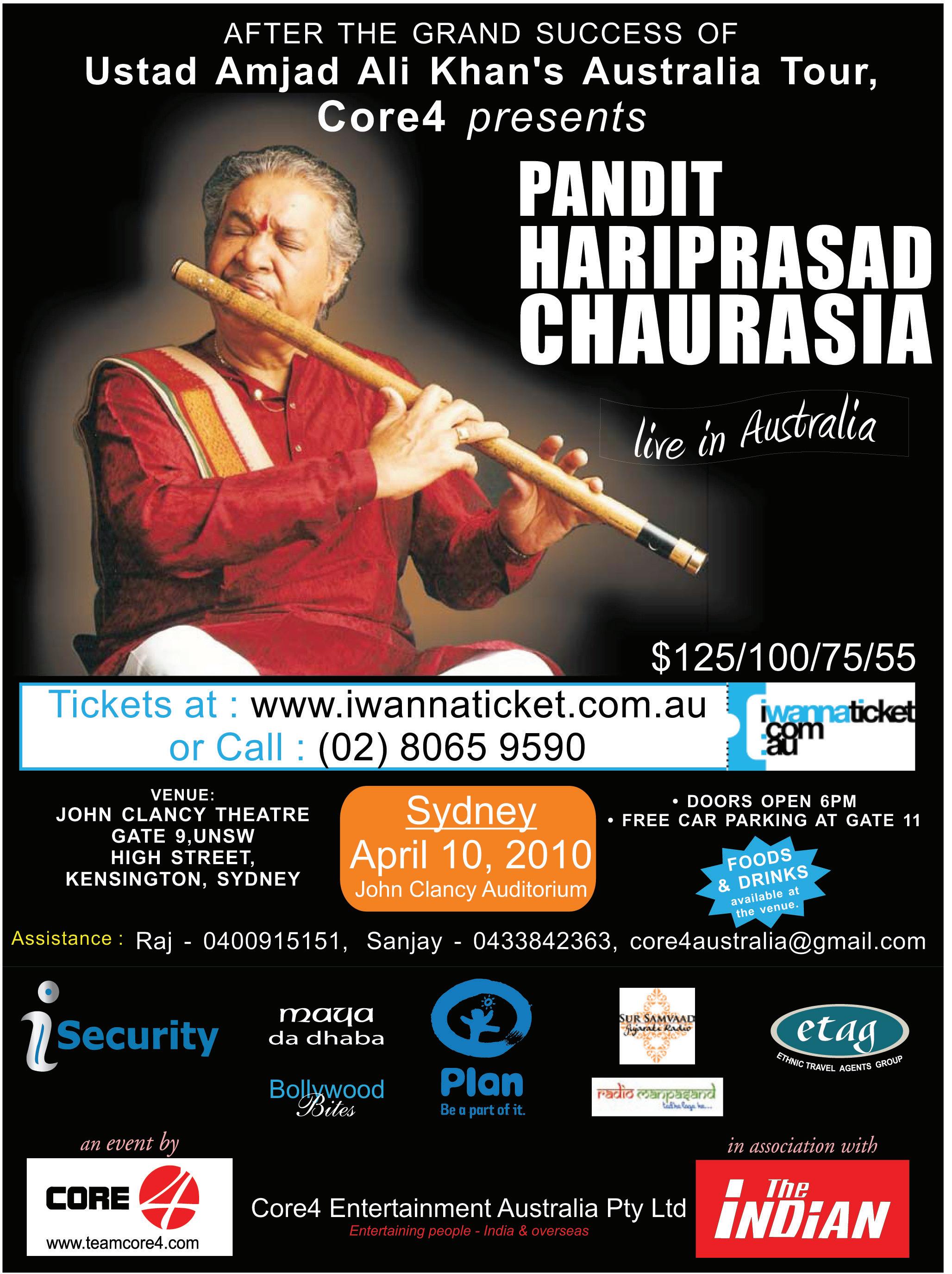
10 <> FEBRUARY (2) 2010 INDIAN LINK


FEBRUARY (2) 2010 <> 11 NATIONAL EDITION Subscribe to Indian Link Radio for $9.95 each month, minimum 12 months’ subscription. $50.00 refundable deposit * Conditions apply: One double pass for Sydney or Melbourne each for an Indian Film festival inaugurated by Rani Mukherjee. Draw will take place on 7 March at 12 noon subscribe to indian Link 24 X 7 radio between 5th Feb to 5th March Call now on 18000 15 8 47 5 chances per subscription to enter this lucky draw. l Existing subcribers referring a new member and all new subscribers* meet RAni Mukherjee iN aUsTRALiA meet RAni Mukherjee iN aUsTRALiA
Survey reveals limited awareness of aged care services
MARYAM MAGHSOODI on a recent study conducted on Hindi-speaking seniors
While the Australian population as a whole is ageing, people from culturally and linguistically diverse (CALD) backgrounds are ageing even more rapidly.
The Australian Institute of Health and Welfare (AIHW) predicts that by 2011, nearly 23% of Australians aged 65 and over will be from a CALD background and that one in five people aged 80 and over will be from the same background.

Quality aged care is a fundamental right for all older Australians, regardless of their cultural background, language, religion, economic circumstances or geographic location. Ageing people from culturally and linguistically diverse backgrounds generally have poor access to aged care services and experience specific barriers. As a result of this, the Australian Government has identified these communities as a special needs group under aged care legislation (Aged Care Act, 1997).
The Sydney Multicultural Community Services (SMCS) is currently implementing a Department of Health and Ageing funded Community Partners Program (CPP) project to assist aged people from CALD backgrounds in accessing aged care services. The project will engage targetted communities and aged care service providers
in the development, implementation and evaluation of a multicultural communication strategy to improve access to aged care services by the aged and their carers from CALD communities.
Sydney Multicultural Community Services is currently researching access issues impacting on Fijian/Indian communities. Survey and community consultations are chosen as tools for conducting this research study, as they provide the opportunities to engage with the participants and understand their needs and issues.
At this stage of research, a survey was conducted with the help of Resourceful Australian Indian Network Inc. (RAIN) in order to identify the needs and barriers facing the Fijian/Indian communities in South East Sydney region. The survey and an initial consultation was conducted at Hurstville Senior Citizens’ Centre. It should be noted that this is just an initial report.

42 participants from Fijian/Indian (Hindi speaking) background participated in this survey. Approximately half of the participants (47.61%) were aged over 75; nearly 26% were in the 70-75 aged group and 23.8% were in 65-70 aged group.
Results of the survey revealed that 64% of Fijian/Indian community respondents
had awareness of various local aged care services, but only 2% had access to these services. This raises the question of access and equity, and a more in-depth analysis of the situation needs to be carried out in the future. Approximately 70% of the participants indicated that they are comfortable with the level of their English, but 47.61% of the population indicated that they prefer to read the information in Hindi. Based on this initial survey it seems that elderly people from Fijian/ Indian backgrounds are not sufficiently informed about their choices and rights. In short, older people from Fijian/Indian backgrounds want more information on their options and choices, and more importantly they would also like to be consulted and heard.
Significantly the research also highlighted
that there is limited availability of aged care locations for those members of the community seeking access. The seniors commented on long waiting lists for all services and the lack of culturally and linguistically inclusive services. They stressed the need for the government to allocate additional and ethno-specific aged care locations for the elderly from their communities.
SMCS will continue with the project and invites members of the Fijian/Indian communities to participate as well. Your comments will be appreciated. For more information please contact Maryam, CPP Project Officer on 9663 3922, or email maryamn@sydneymcs.org.au
12 <> FEBRUARY (2) 2010 INDIAN LINK
COMMUNITYSCENE www.indianlink.com.au
Maryam Maghsoodi is a Project Officer with Sydney Multicultural Community Services
RAIN Seniors enjoy a specially organised day trip
Need Tutoring? Want to improve your Grades? Then Call



Vignan
BEST TIMBER FLOORING
Showroom: 1/42

FEBRUARY (2) 2010 <> 13 NATIONAL EDITION
No: 206453C Specialist in timber flooring & supply installation • Laminate (variety choices) • Engineering • Floating • Solid pre-finished & Raw • Warehouse Direct to public • Satisfaction guarantee • Free quotes
Lic
Harp
TEL:
Street Belmore NSW 2192
02-9787 5630 MOB: 0425-249 877 (Raymond)
Educational Services
Collaboration with Master Coaching Primary Maths, English O C trial tests , Selective trial tests School Certificate HSC Course English: Std Adv, Ext Maths: Std, Adv(2U), Ext 1, Ext 2 Chemistry, Physics and Biology Call: 02 8677 4285 Or visit 131 Hawkesbury
Westmead
In
Rd
Bollywood’s reigning
Ey, Kya Bolti Tu? Ahead of her trip to Australia, Rani Mukherjee talks about her stellar Bollywood career
BY ADRIENNE MCKIBBINS
It’s mid-evening in Sydney, and lunch break in Delhi for Rani Mukherjee, who agrees to take a few minutes out of her busy schedule to talk to Indian Link. Rani is in the middle of a long filming schedule for her new film No One Killed Jessica, which also stars Vidya Balan, but in early March she will head to Australia to open the Sydney and Melbourne editions of the Indian Film Festival Bollywood and Beyond 2010.
This will not be Rani’s first visit to Australia; in 2006 she was one of a number of Hindi stars who performed at the closing ceremony of the Commonwealth Games in Melbourne.

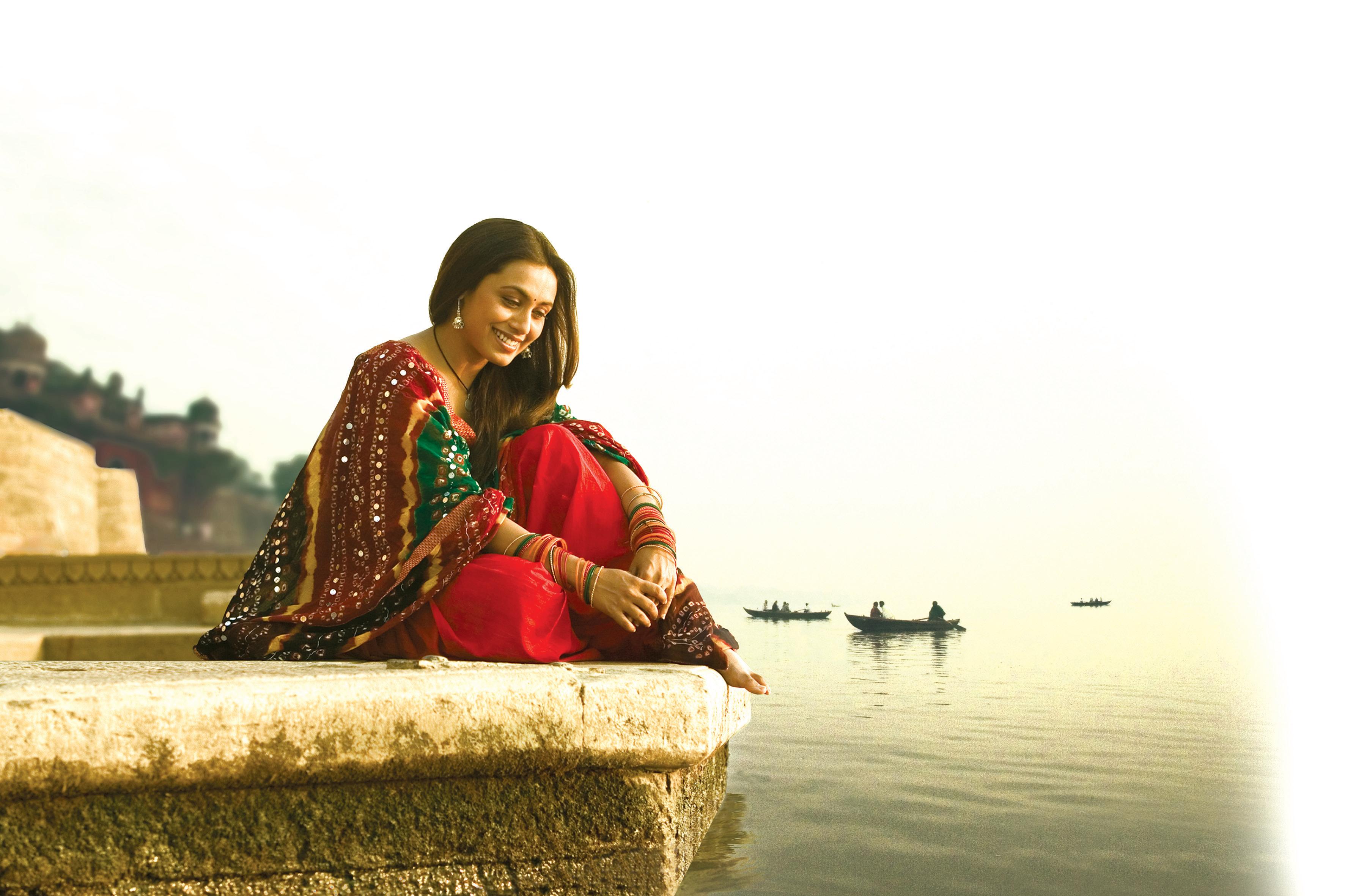
This visit, however, will allow Rani’s
admirers in both Sydney and Melbourne to see her, when she introduces her latest film Dil Bole Hadippa to open the festival. And Bollywood and Beyond will be showcasing a selection of Rani’s best films, from the multi-award-winning Black (as she told us, it’s her favourite Hindi film), to Hum Tum, Bunty aur Babli, Paheli and KANK; it’s a season that demonstrates her range and diversity as an actress.
Rani Mukherjee has established herself as both a consummate and critically acclaimed actress and as very popular star; she’s the only Hindi performer to win both Best Actress and Best Supporting Actress awards in the same year (for Hum Tum and Yuva respectively). She has a plethora of other nominations and awards for her work.
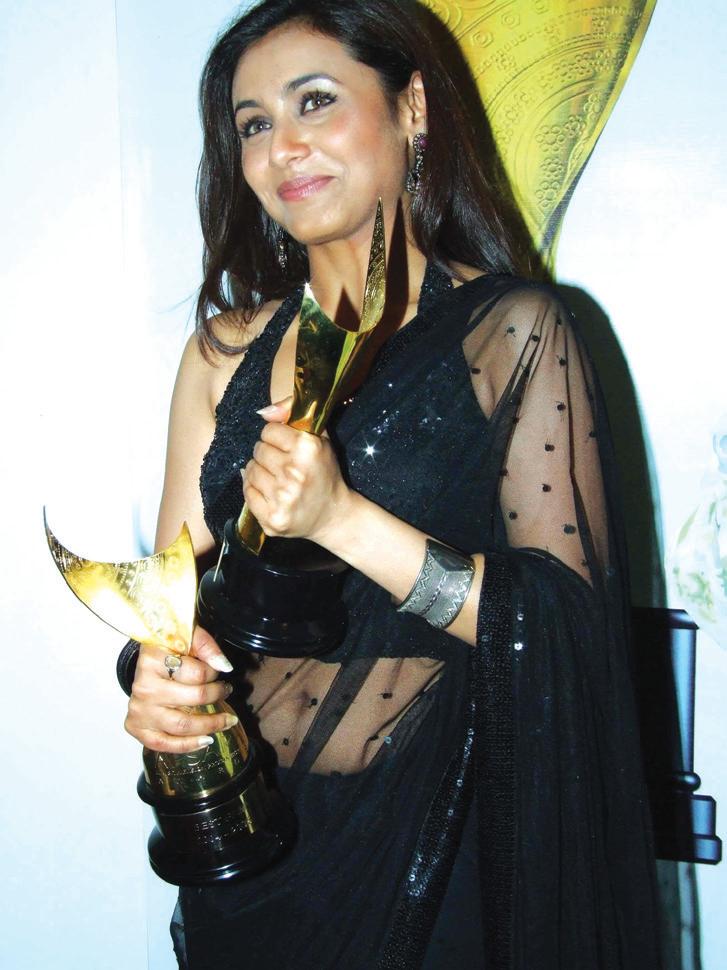
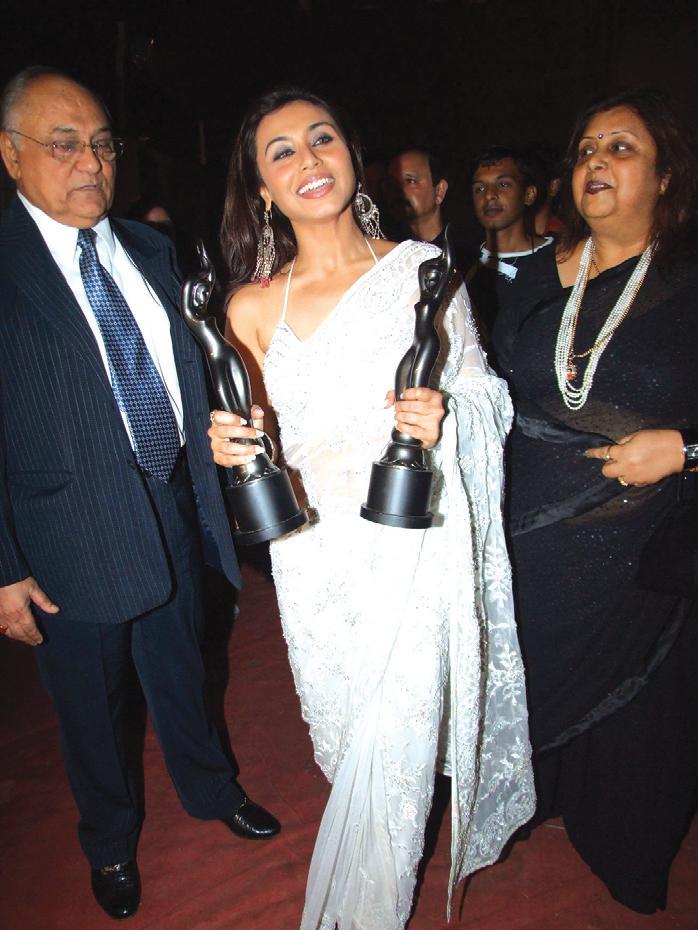
As Rani comes to the phone and begins to talk, her warm hello in her trademark husky voice suggests an equally warm smile. Bright and articulate, she comes across as an exceedingly friendly person who is thoughtful and conscientious about her career. Tonight, however, she’s in a talkative mood, her vibrant personality evident in her voice.
We start by talking about her early career. I ask, did she always want to become an actress?
RM: I was very apprehensive and not keen to be an actress, but a longstanding family friend was very keen to launch me. I really wanted to be on the other side of the camera because my dad had been a director … but my mother was very encouraging and told me you don’t often get a chance like this, go and try it out, if it doesn’t work you can go back to your studies and normal life, and if you do OK you can continue. I was at a stage of life trying to decide on

COVERSTORY
14 <> FEBRUARY (2) 2010
I really wanted to be on the other side of the camera because my dad had been a director
Critical as well as popular acclaim: Rani has made a habit of wnning awards
Rani in Laaga ChunriMeinDaag
Rani
a career. I was in a confused state at that point not knowing what path to choose, so I went there and I think there was no stopping after my first film. Although her first film Baraat (1997) was noticed by people in the industry and subsequently got many offers; two of these would really set her career on track. Firstly she worked with Aamir Khan in and then with Shah Rukh Khan in Hota Hai, under the direction of Karan Johar.
Rani agreed that this was an enormous influence on her personally and professionally...

RM: What I learned from them was a work ethic which I think is most important for an actor because if you don’t have that ethic, if you don’t work sincerely, you don’t get anywhere in this industry. That helped me so much, and I got to work with two such great actors of our generation so closely. It really helped me groom myself as an actress.
Since entering cinema in the late nineties Rani Mukherjee has made over 40 films, including a number of significant cameo appearances. are considered landmarks in contemporary Hindi cinemaBlack, Kabhi Khushi Kabhi Gham does she choose her roles?
RM: The first criteria has always been my role and what can I contribute to the film; for that you have to be in love with the character and really be challenged as an actor for that particular role. So firstly the role, and then it’s a combination of the script and director and who the producers are. I strongly feel films can only really be made the way they need to be made if the producer is able to create what is needed. If the producer does not have the vision
professional backing, so all these things are ultimately important to choosing a role.
I have been very lucky by the grace of God that directors have chosen me for very diverse roles and they have landed in my lap. I am extremely grateful that I was thinking correctly at the time, to say yes to many of these roles. Films like Hum Tum, Chalte Chalte, Yuva, Bunty aur Babli, Black and Paheli, are very dear to my heart because I have been able to show a different side to my personality in each film and that has really enriched me as an actress. All the directors from these films helped me continually improve in my work. This period of my career (from 2002 to 2006) was beneficial personally and professionally because I got to work with great co-stars, and with talented directors who I learnt a lot from, and fortunately they were all good films.
Rani Mukherjee’s entrance into the film industry came at a time when the industry was undergoing changes and films were starting to attract more critical and audience attention outside India, especially after Lagaan was nominated for an Oscar in 2001. How had the industry changed for her?

RM: Actually for me personally, Bollywood
has not changed as much as it might have for other people because early in my career I was doing films like Hey Ram and Saathiya which were very realistic films and that helped me see the change, because many of the films were becoming more modern and contemporary, moving away from what might be considered the stereotypical Hindi film. At that time there was a conscious change in the way people were working, a lot of people started treating Indian films more professionally, it became a more professional set up on all levels. So I guess it started at the time I was trying to make my mark in the industry. I actually got into films that were considered that new type of cinema, and it gave me a taste for that kind of cinema. I managed to do films during this period that were entertainment but had a message, films like Yuva and Black, which were also helping me grow.
Rani Mukherjee’s most recent film Dil Bole Hadippa offered her a new challenge as an actress; she had to play someone from the opposite sex. DBH is a delightful and lighthearted story of a Punjabi girl with a very special talent, but to Rani its underlying message is extremely important.

I always want to see women excel in every field. As a woman I feel very strongly about this, because even today in parts of India women are not treated as they should be. I feel very very lucky that I come from a place like Mumbai, where right from childhood I have not seen that inequality. But there are many places in India where there is still a big difference between a man and a woman, and they are not allowed to do certain things apparently because of the culture. In many places there has not been any discernible change, or the change is so gradual, really very very slow. When I do films like this I want to give a message in an entertaining way. So it’s not about muscle power or anything else, it’s just about having the talent and having the passion to use that talent. What if the girl wants to play cricket, why should she be stopped because it’s considered a man’s game… is she not considered as strong as the men? There were lots of factors in the film that really really intrigued me... because if she plays as good as the guys, why can’t she be in the team?
In parts of India the reaction has been very strong and positive, but also I was anxious and curious to know how they would react to me playing a Sadar boy. Lucky for me they were quite fascinated and really tickled by the work and that was a winner for me!
I had such a lot of fun playing that role; of course you want to be tested as an actor, and along comes a role where I am playing another gender. I just felt this was such a great opportunity for me to show another side. I thought, if I were a man, how would I be? I would be a cute, naughty little brat… and that’s what I tried to portray on screen.
FEBRUARY (2) 2010 <> 15 www.indianlink.com.au
Photos: Yashraj Films, Viral Bhayani Cover pic Dabboo Ratnani
Rani in Dil BoleHadippa
I have been able to show a different side to my personality in each film and that has really enriched me as an actress
Touching souls through henna
The Indian groom’s passion for his bride is tested by the colour that her hennaed hands take - the deeper the colour, the deeper the passion is supposed to be. Similarly, the deep hues of Humna Mustafa’s hennaed textiles seem to reflect her passion for henna art.
Stories are an intrinsic part of Mustafa’s practice—the henna patterns are the language in which she speaks. My story is your story and your story is mine. It sounds confusing to others but my patterns are stories of the souls
Mustafa’s intricate, intense henna designsfrom traditional peacocks to hypnotic concentric patterns - embedded onto textiles, were hung at the Arts Space, Adelaide Festival Centre as part of the Following Threads exhibition.


Mustafa’s installation, titled Following Humna consisted of four panels tracing her journey of immigration from Karachi to Adelaide.
The first piece, Earth, she says, represents the beginning of the journey from Karachi.
“(It is) a piece that symbolises a tight knit family and a communal family system.”
The compactly woven Ajrak patterns (a traditional fabric created by block printing in Pakistan) acknowledge the importance of togetherness, over that of the individual.
Fire symbolises passion, soul and culture and is representative of India. “My passion is my culture,” says Mustafa. “The paisley design, based on an unripened mango, symbolises virginity, traditionally drawn on a bride to indicate her virtue.”
The third panel, Water, reminds Mustafa
of her time in Iran and the discovery of new cultures. “The elaborate mosque-like patterns here represent what I understand of spirituality and a deeper meaning of my religion.”
Finally, Air, is for freedom and friendships found in Australia. “On reaching Australia, I felt I became even closer to my culture, traditions and religion,” she says. “While the concentric mandalas echo my inner growth of true self, a fusion of patterns ruptures societal boundaries, acknowledging that what makes this country is the coming together of many cultures and the telling of global stories.”
Stories are an intrinsic part of Mustafa’s practice - the henna patterns are the language in which she speaks.

“My story is your story and your story is mine. It sounds confusing to others but my patterns are stories of the souls,” she says. “I don’t see the human form as a body, but I see the soul within them. I believe, humans are a form of energy (kind of light ), and over the years, due to so much materialism around us, that inner light has been put aside in many people and in some it has almost died. When I draw the patterns, I see that light inside each soul and create a symbolic pattern that reflects that light. Hence, I create a new pattern every time I touch a soul, narrating a story about them.”
This connection that Mustafa sees between her art and the human soul is also reflected in her alternate reading of the four pieces in
Following Humna. She reveals that each piece also represents her three sisters and herself. She writes on her blog, “Earth reminds me of my youngest sister, Raazah, who has always been the peace maker of our family and has a heart of gold. Water reflects the spirit of religion and belief, reminds me of my eldest sister, Munazza. Fire is about culture that keeps me glowing from within just like Maria. The last piece, Air is how I see myself - living life like a free bird, growing in the direction of the wind, in search of discovering the many layers of life and its magical experiences.”
In henna, Mustafa finds an intrinsic link to the beloved family she has left behind. While textile design and henna became her profession only upon her formal graduation, the beginnings of her art lay in her grandmother who introduced her to henna when she was just three years old.
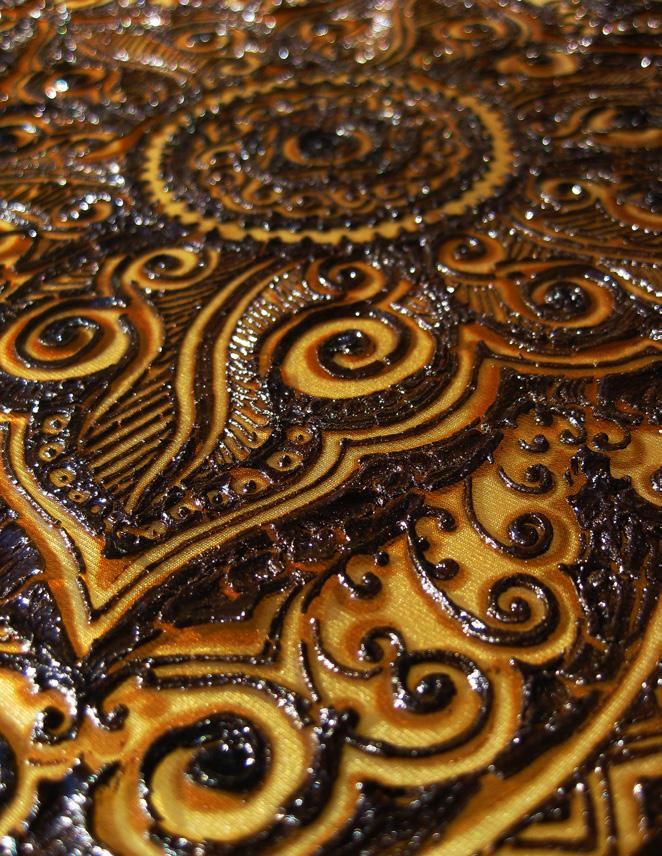
Later, she saw her mother drawing the patterns on relatives a night before all religious, cultural and traditional ceremonies. She began practicing on her cousins, neighbours and extended family. “I miss being there for my nephew and niece’s birthdays and special ceremonies. It’s quite hard when I see henna done by others on them. So, whenever I go to see them I make sure we have a few sessions of henna bonding time with each one of them.”
Images courtesy of the artist and Adelaide Festival Centre
16 <> FEBRUARY (2) 2010 INDIAN LINK
ARTS www.indianlink.com.au
Humna Mustafa tells SHIVANGI AMBANI-GANDHI that henna allows her to touch souls, tell stories and connect with her traditions and family


FEBRUARY (2) 2010 <> 17 NATIONAL EDITION



18 <> FEBRUARY (2) 2010 INDIAN LINK


FEBRUARY (2) 2010 <> 19 NATIONAL EDITION Unleash the true spices of traditional Indian food 139 STEPHEN STREET BLACKTOWN PHONE: 9671 7820 Catering to meet every budget, call now on 0425 30 26 26 Quality Quantity and Service Take away & dine in INDIAN RESTAURANT in Blacktown




20 <> FEBRUARY (2) 2010 INDIAN LINK
Hindi news service on SBS’s WorldWatch program

The Special Broadcasting Service (SBS) recently celebrated the launch of their long overdue Hindi program as part of SBS’s WorldWatch program.
Her Excellency Smt. Sujatha Singh, Indian High Commissioner to Australia, was the special guest and SBS Managing Director Shaun Brown was on hand to personally greet and mingle with guests from the Indian community invited to the launch event.
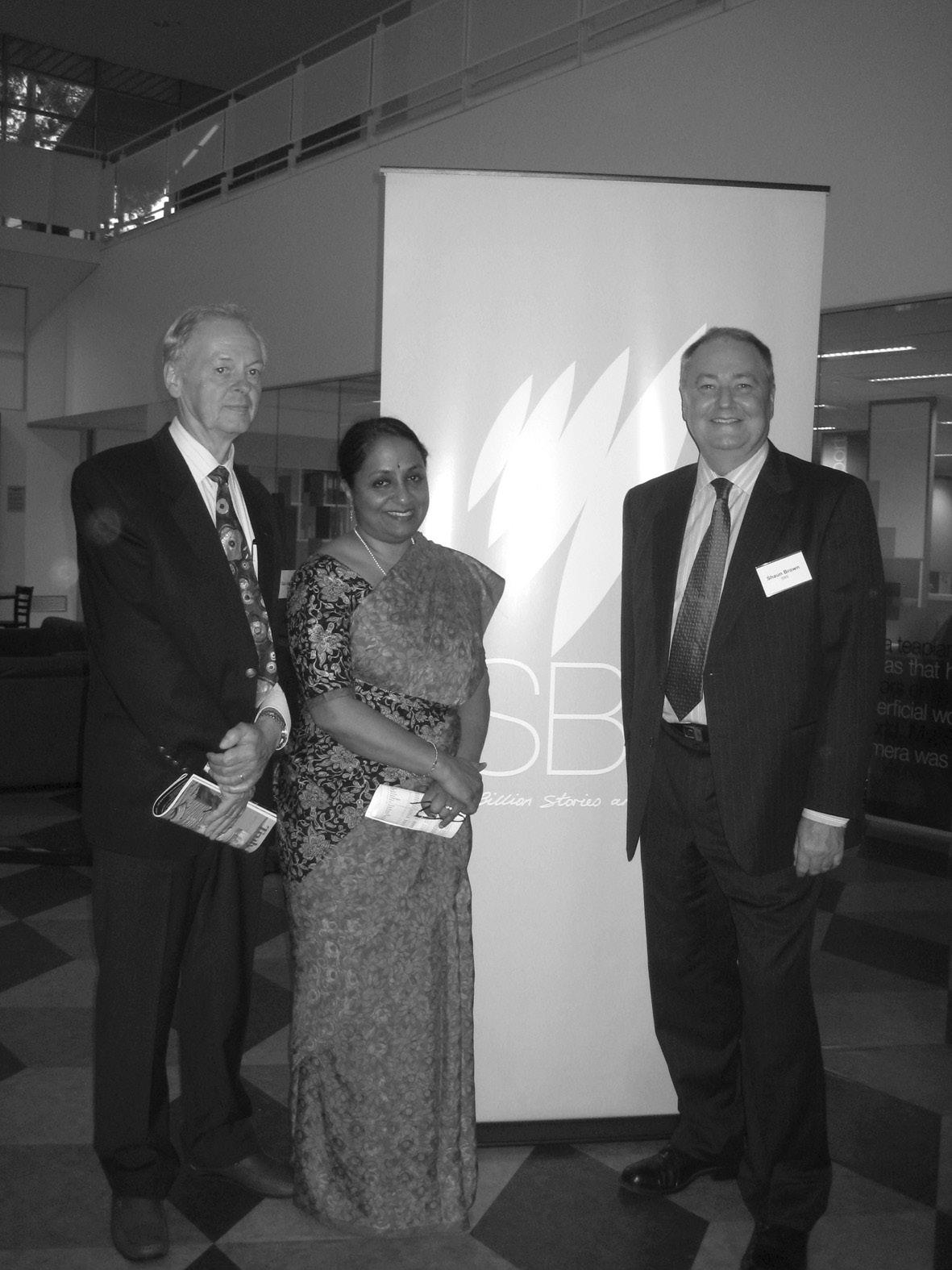
The actual launch of the Hindi news service took place effective Feb 1 this year.
In his speech, Shaun Brown appreciated the efforts of the Indian High Commission to see the Hindi Language program to fruition by patiently and persistently coordinating with India’s Information and Broadcasting Ministry on the matter of strength of Doordarshan’s broadcast signals.
He said that SBS had been working for five years to add a Hindi news service to WorldWatch, as it recognised the importance of the contribution made by the Hindi speaking community in Australia and to this effect, recently met with Hindi community representatives in Melbourne and Sydney.
“WorldWatch is one important element of SBS’s commitment to delivering multilingual services to Australia’s culturally and linguistically diverse communities. Whether it assists with settlement for new arrivals
or helps first, second and third generation Australians connect with their language communities, it is a vital service.”
The High Commissioner suggested that SBS might consider some programmes to help English language skills of students and new Indian migrants to Australia – a position with which this writer has a slightly different perspective. Surely, it should be the sole responsibility of a student or migrant concerned, to learn the English language, which is the language of instruction and communication in Australia? The resources of this country, generous enough to accept migrants are probably better utilised in other areas. In any case, students and migrants to this country are expected to possess adequate English language skills and this should be a fundamental, non-negotiable requirement of ALL migrants - not just in their own interests, but, for the sake of painless and expeditious integration.



The SBS Hindi news service on TV now broadcasts seven days a week. From Monday to Saturday it is at 11 am on SBS ONE, and then repeated at 5:20pm on SBS TWO. On Sundays it runs at 11 am on SBS TWO.
Incidentally from March 1, SBS TWO has daily Hindi movies for a week including Water, Devdas and Salaam Namaste
Darshak Mehta
FEBRUARY (2) 2010 <> 21 NATIONAL EDITION
COMMUNITYSCENE www.indianlink.com.au
Photo: Mala Mehta
Indian High Commissioner Sujatha Singh with SBS TV’s Claus Hannekum and Shaun Brown



22 <> FEBRUARY (2) 2010 INDIAN LINK
We beat the best with no less — TAI offers best Airfares and Packages to suite all budgets.
We Specialise in: Competitive airfares to India, Indian Sub-continent, Fiji, Middle East, Asia, Europe, South America, North America & Africa. TAI— offers Special Round the World Fares and packages to suite both individual and group travel. TAI is focused on Tailor made and prepackaged tours. Are you looking for air tickets from India our partnered offices within India can organize any travel or tours within India and prepaid tickets. Travel Air International now offers language support, Languages: English, Hindi, Tamil, Punjabi, Arabic
Head Office
Westmead Office
Phone: +61 2 9633-2045
Fax: +61 2 9635-3829
Email: sales@travelairinternational.com
Address: Daher Centre, Level 1, Suite 24, 163 –171 Hawkesbury Rd, Westmead NSW 2145
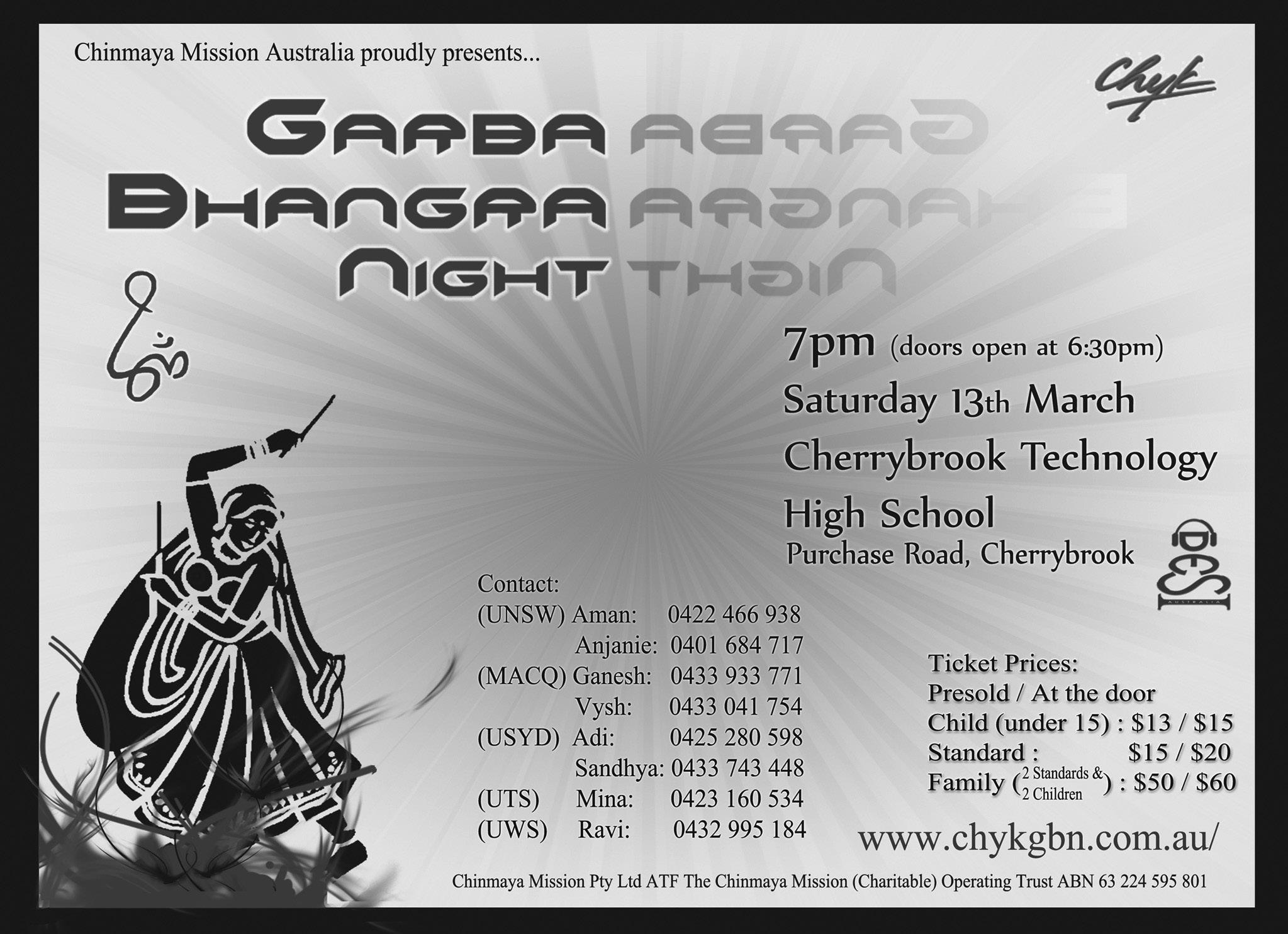
TOURS TO INDIA
while you are visiting family or friends why not getaway and do a private tour. half day tours starting from $35 Per Person
Full Day Tours starting from $90 Per Person
Call us today take a pick from our range of city tours. Call 9633-2045 and find out today
Travel Air International—Branch


Liverpool Office
Phone: +61 2 9734-9333
Fax: +61 2 9734-9322
Email: sales.liv@travelairinternational.com
Address: 50 Railway Street, Liverpool NSW 2170
FEBRUARY (2) 2010 <> 23 NATIONAL EDITION
www.travelairinternational.com Think Travel
Vindaloo wins over violence
There’s an overwhelming response to a unique initiative promoting unity and multiculturalism
BY DEVRAJ
After the recent attacks on Indian students in Melbourne, the city has been branded as unsafe and racist by many here in Australia and overseas. Thousands of people from all over Australia and around the world set out to dine at their local Indian restaurant on February 24, to prove them wrong and make a statement against the allegations.
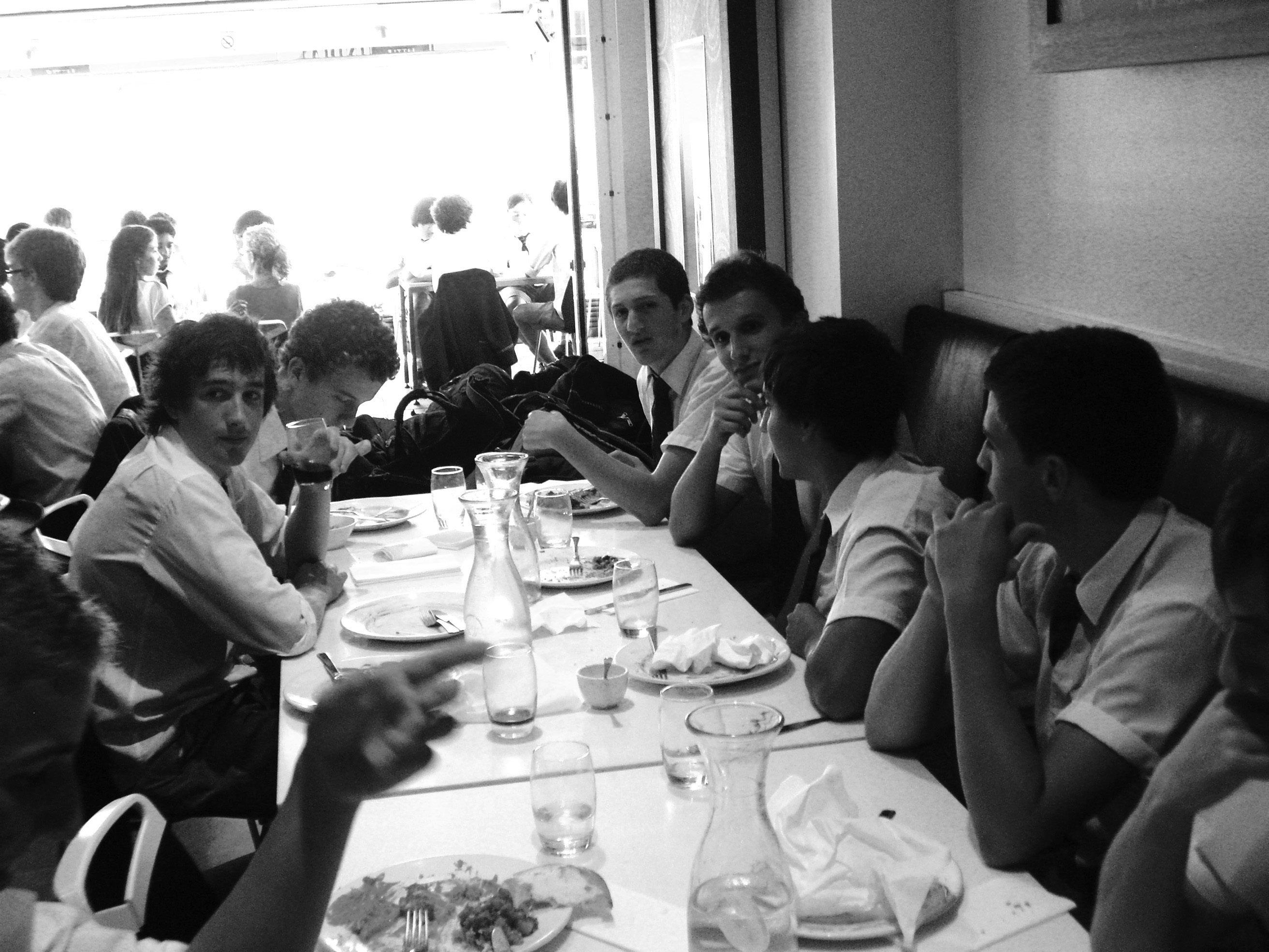
The campaign, dubbed “Vindaloo against Violence”, was the brainchild of Flemington digital media professional, Mia Northrop. The event began initially on January 24, with Northrop creating an open event on Facebook, sending out an invite to 100 of her friends. A month later, approximately 17,000 protesters and 400 restaurants registered via the free website she had set up.
Though based in Melbourne, the event even spread overseas with all participating restaurants around the world - from the USA to Tajikistan - mapped out on the website. The immense interest generated also induced Australian, international and even Indian media to cover the event, which was aired on major television and print networks. This was much to the purpose of the event, as stated by Northrop herself at a press conference in South Yarra’s Little India Bistro & Tandoor
“They are going to hear the story that Australia is a country which values cultural diversity, and supports and respects immigrant communities,” she stated.
The press conference at Little India not only marked the opening of the event, but also played host to lunch for over 70 teenage protestors and staff from South Yarra’s prestigious select entry Melbourne High School. Initially posed as a mere question at an assembly, the school’s event was received with immense interest by students from several cultural, geographic, and socio-economic backgrounds, and places for the event filled up to maximum capacity within two weeks.
“The idea of a school-based event was raised at one of the senior assemblies, and as it goes, it ended being translated into our own Facebook event, and the event was filled in no time,” said
Anthony Lay, the school’s Student Council president.

Organising the event was mainly via Facebook, the social networking site, as students posted hundreds of photographs shortly after the event, further spreading the news. “It really shows how things we access everyday like Facebook and Twitter can really be harnessed to spread a good cause, and Mia has really proved that,” added Lay.
Staff members from the school were also invited by the students to show their support for the cause, and one of the staff even dressed in a sari as a sign of cultural appreciation.
“I don’t think Melbourne is an inherently racist city and sadly our reputation is being tarnished by some bad people… I think Melbourne High School represents a perfect example of how a multi-cultural microcosm of the city exists harmoniously - and I adore curry,” said Peter Wood, one of the Year 12 Coordinators.
The media conference was a surprisingly positive platform for both students and the restaurant, as they indulged in photo and video opportunities and aired their strong views against racially motivated violence to a nationwide audience. “The lunch had a real nice atmosphere to it and with all those cameras we are bound to get our message across; that we should embrace our diverse cultures and not discriminate against them,” said Andrej Hohmann, one of the senior students at the school.
Prior to the lunch, Northrop delivered a personal message to the students, encouraging them to actively pursue goals that will help change society for the better.
“You’re all entering an age where you have more opportunity to express how you want to live your life, what you want your life to mean, and what you want it to be like,” she said.
Students and staff alike were treated to a delightful Indian meal including naan, pappadams, malai tikka, butter chicken, and naturally, lamb vindaloo. “You could see how culturally accepting the boys have become; everyone loved the food and I am sure a lot of them kept going for more, although they were full,” quipped the school’s Student Council Vice-President.
However, the meal was not a walk in the park for some.
“There was, of course, the one guy who visibly couldn’t handle the spice on the mild
lamb vindaloo, but we all cheered him on to finish it off! It was great fun, and for a good cause as well,” he added.
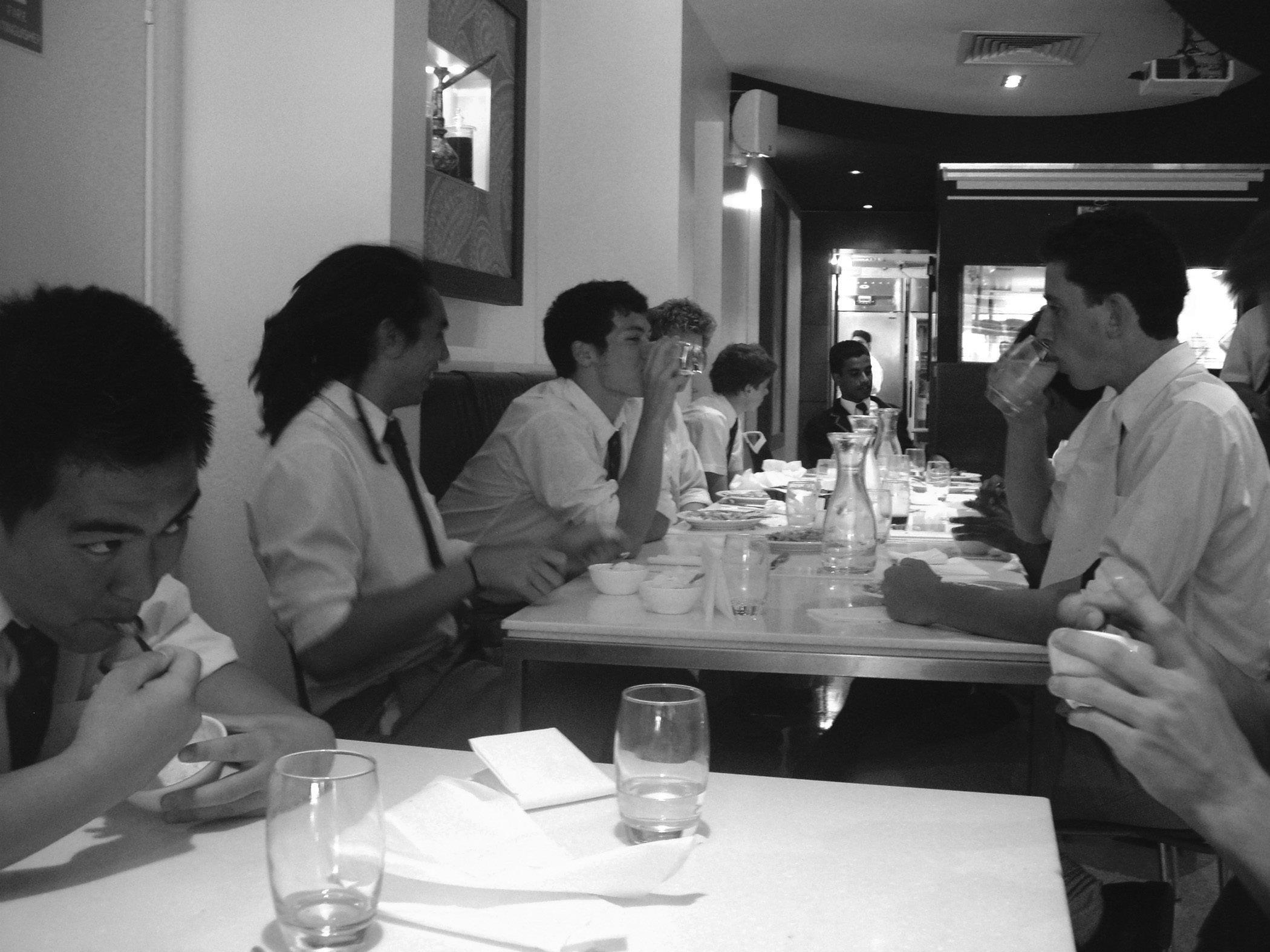
Hundreds of similar events were held all around the country with several corporate groups like the Maurice Blackburn Law Firm also organising a staff lunch at their local restaurant. Most Indian restaurants were booked out for the day, while members of the Queensland Parliament indulged in a special Indian style menu at the parliamentary canteen. “Dishes will include tandoori chicken, vegetable pakoras and of course, beef vindaloo,” said Disability Services Minister Annastacia Palaszczuk, prior to the event.
The festivities continued at Melbourne’s Federation Square, with the Merchants of Bollywood performing, along with a DJ playing the latest Indian tunes in front of a large crowd.
24 <> FEBRUARY (2) 2010 INDIAN LINK SPECIALREPORT
BHATTACHARYA
“It’s amazing how simply sitting down with friends and sharing a meal that’s so wonderfully unique and identifying with another culture can create an atmosphere of tolerance and understanding. We were so busy having a good time and enjoying the meal that we don’t even notice the cultural implications...”
Mathew Cho, Student, MHS
There was also a screening of Indian film King of Bollywood at the ACMI theatre.
Most Indian restaurants in major cities were booked out for Wednesday.
Brenda Pereira, co-owner of Indian Tukka on Victoria in Collingwood, said: “I think it will go really well. It’s just the awareness, everyone letting their friends know, it has a domino effect.
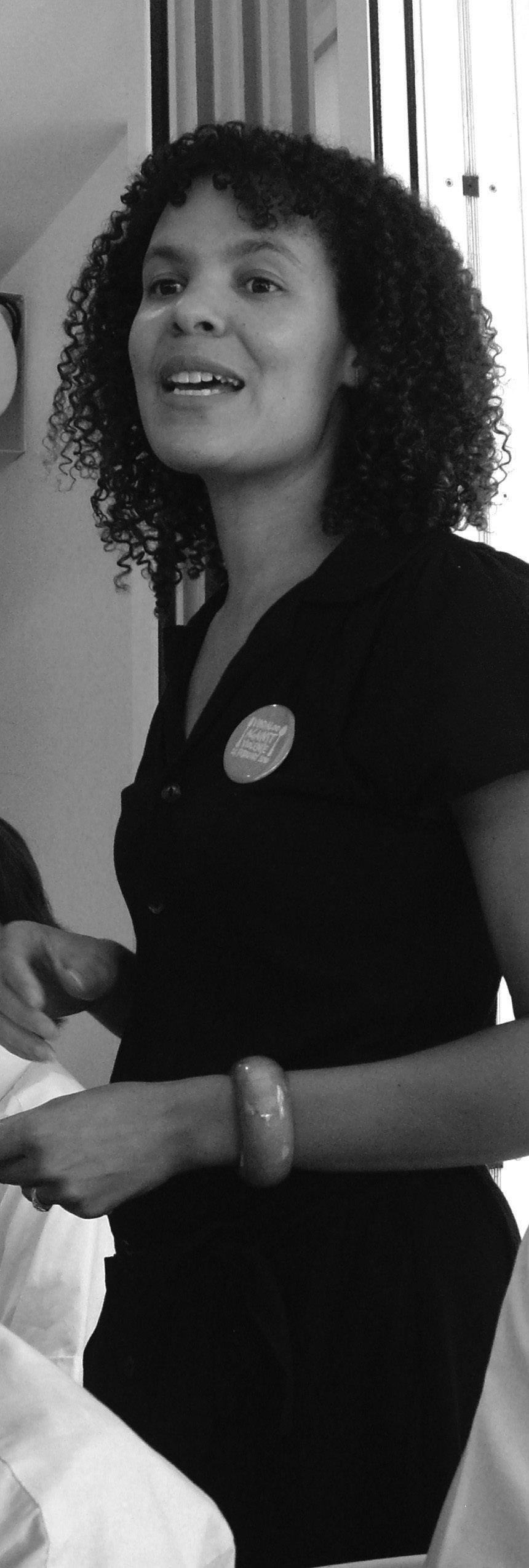
Rajendra Pokhrel, owner of Northcote’s Downunder Curry, arrived at his restaurant four hours early to begin cooking.
“Whatever support they’re showing it’s great. If I let them down it’s not going to be good. It’s great, it’s definitely sending a message across.”
Melbourne’s Tiffins, which delivers Indian meals by bicycle, was having one of its busiest days.
Mikhil Kotak, who co-owns the business, said they had to close their website down because of the phenomenal response to the campaign.
“It is so busy we have four vans helping our fleet of five bikes to make 1,000 deliveries during lunch today (Wednesday). This is a huge amount and just goes to show how passionately locals feel about this message.”
Victorian Premier John Brumby also took
“Vindaloo against Violence was a great initiative that received the full support of the broader school community. In a sense, the dedication of MHS students to get behind this act of solidarity truly reflects the views of the majority of Australian society. I can gladly say that I was proud of the commitment of my peers and the greater Melbourne community’s desire to show that we are a friendly, accepting community that does not stand for violence.”
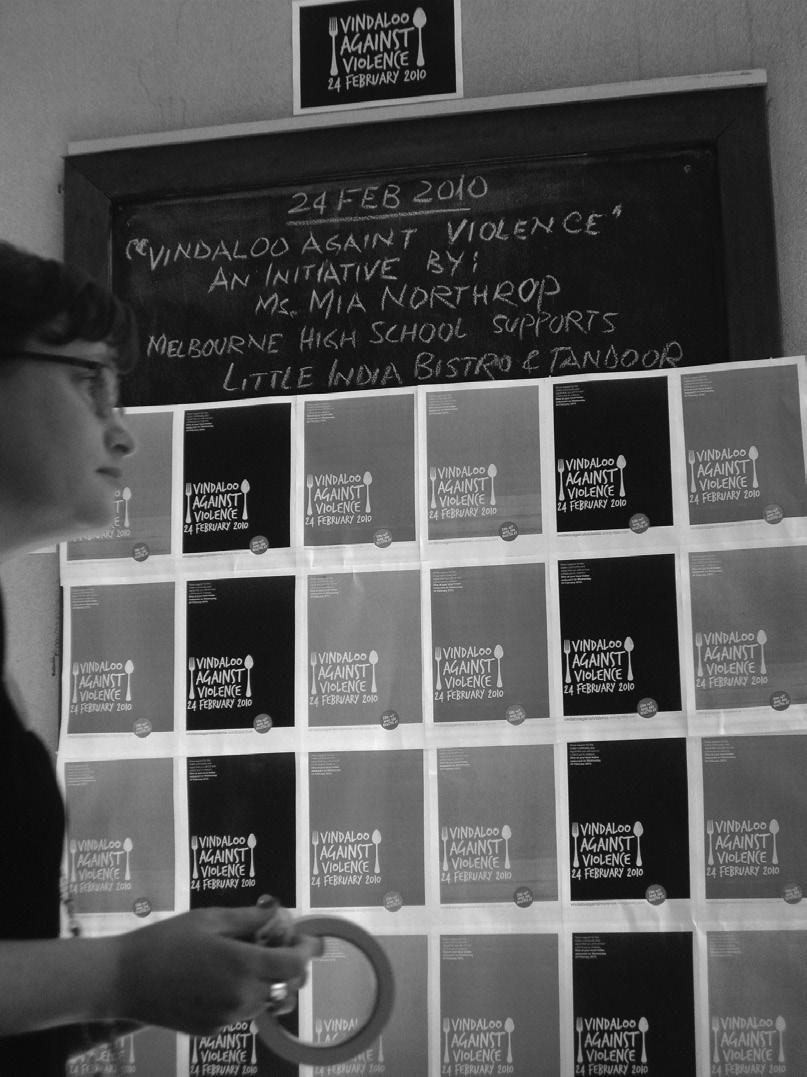 Todd Herskope, Student, MHS
Todd Herskope, Student, MHS
“I’m thrilled that Melbourne High School Year Elevens, Twelves and Teachers participated in Vindaloo Against Violence. It’s a positive start to the year and an important message to share with young men, especially since so many perpetrators and victims of violence seem to be juveniles”.
part in the event, and stated that the Victorian State Government will be taking practical steps to address the issue of violence and reaffirm the state’s multicultural image.
Premier Brumby had his lunch at popular Indian café Desi Dhaba in Melbourne’s CBD, and was joined by members of the Indian community including Indian students studying in Melbourne. Mr Brumby said the response from Victorians to the initiative demonstrated the community’s commitment to uniting in its solidarity with the Indian community and celebrating multiculturalism.

given, but the boys showed that they weren’t afraid of experiencing different cultures, and I think this is the case for the majority of young people.”
Lachlan Zammit, Student, MHS
“The Vindaloo against Violence initiative is a unique opportunity for Victorians to unite and send a message that the actions of an ignorant few will not be allowed to undermine the reputation of Melbourne as a peaceful and friendly city,” he said.
“Victoria has been shaped by people from
“The lunch was amazing - it was a great atmosphere. We were a lot of mates who all believed in what it is to be a real Australian, and show how we truly support others and are concerned about them. It was a great day with great food and great people.”
Roshane Wickramathilake, Student, MHS
across the world. We come from over 200 countries, speak more than 230 languages and dialects and follow more than 120 faiths. Today, Victoria’s 150,000-strong Indian community is a vital part of modern-day multicultural Victoria,” said Brumby. “Victoria’s cultural diversity is one of our strengths and any attack on our community is an attack upon us all. Any attack motivated by race or prejudice is particularly disgraceful.”
“It is well-known that Victorians like to eat out and we have an international reputation for our world-class food scene. This great initiative combines that culinary reputation and uses it to send a message that we do not accept violence against any members of our community,” Mr Brumby said.
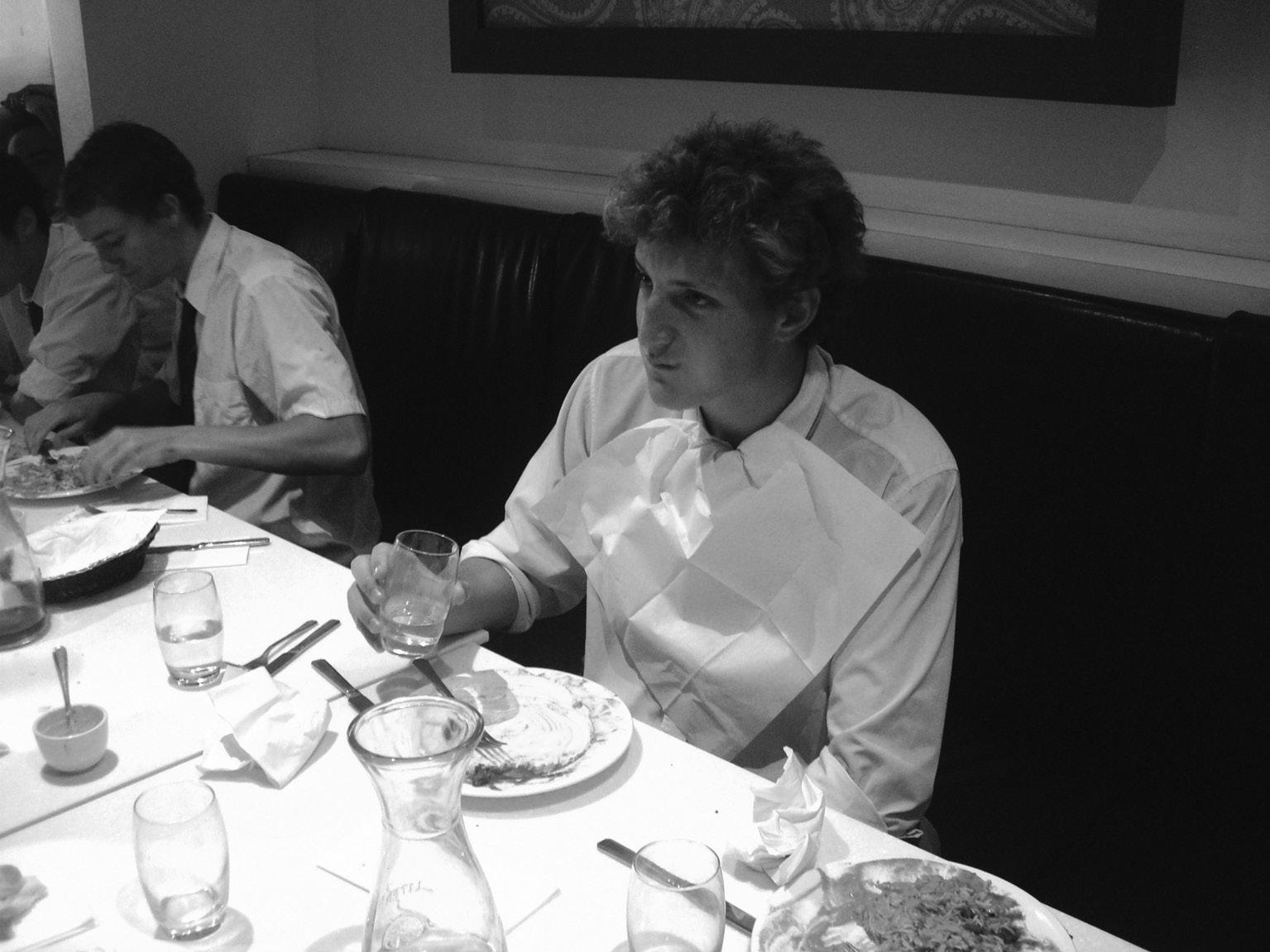
In New Delhi, Australian High Commissioner Peter Varghese said, “This is a simple but telling gesture from the Australian community to India and the Indian members of Australia’s community.”
“Australians love the diversity of our multicultural society and have categorically rejected the events of the recent past - they have no place in a society as culturally plural as ours,” he added. “This initiative will help in building bridges and restoring the trust, respect and friendship that exists between the broad Australian community and its valued members of Indian origin”.
Said Mia Northrop, whose effort has met with such phenomenal success, “I think it’s been an important time for people to say we don’t want our country tarnished as a racist place. The majority of us really enjoy the cultural diversity and have nothing but respect for our migrant communities”.
With reports from IANS
FEBRUARY (2) 2010 <> 25 NATIONAL EDITION www.indianlink.com.au
“The fact that we are all against any sort of racially motivated behaviour is a
Mia Northrop (right)
Photos: Devraj Bhattacharya
India, Pakistan talk, but no plan for resumption of dialogue
INDIA AND PAKISTAN held their first formal dialogue since the Mumbai terror attack, but a breakthrough eluded them, with New Delhi making it clear that the time was “not yet ripe” for resuming composite dialogue till a climate of trust was created over its “core concern” over terror.
Amid sharply differing agendas, the stalemate persisted despite both sides insisting that there were “useful, cordial and transparent discussions” on issues of concern to them, with no plan for further talks. India’s Foreign Secretary Nirupama Rao and her Pakistani counterpart Salman Bashir, who met first by themselves for one and a half hours and then with their delegations at Hyderabad House, indicated they would remain in touch, though no dates were fixed.

Putting India’s concerns over crossborder terror at the heart of re-engagement with Pakistan, Rao gave Bashir three fresh dossiers linking elements in that country with various terror attacks in India. She also demanded strong action against Hafiz Saeed, the suspected mastermind of the Mumbai carnage, and other militant outfits who have launched virulent anti-India rhetoric since the announcement of talks early this month.
“We have agreed to remain in touch and continue our endeavour to restore our trust,” said Rao, adding she had been invited to Pakistan. Turning down Pakistan’s renewed call for resumption of across-theboard composite dialogue, Rao stressed said that while Islamabad had raised it during the talks, the “time was not yet ripe” unless there was a “climate of trust”.
Instead, India has opted for incremental approach to bridge the trust deficit that had deepened since the Mumbai attacks brought ties to a new low. “In line with the graduated and step-by-step approach, our aims were modest. We had a useful discussion during which I spelt out forthrightly our concerns on terrorism emanating from Pakistan against India.”
After first saying that the talks at the Hyderabad House should not be seen either as a success or a failure, Bashir said that India and Pakistan needed to “rebuild confidence and trust” and exhorted India not to let the entire relationship be held hostage to the “single issue” of the Mumbai carnage in which 166 people were killed.
“It was a good interaction. We did agree that this regression (in bilateral ties) needed to stop. We need to rebuild confidence and trust... We know all is not well, that much more needs to be done. We will of course try to do what we can in a serious effort to get ... on a highway of peace and good relationship,” he said.
But it was clear that their view of what is to be done to further their dialogue process differed sharply as India stressed that its core concern was terrorism while the Pakistani side said the Kashmir dispute was the core issue.
Although Bashir said the Kashmir issue was discussed extensively, the Indian sources said 85 percent of the discussions focused on India’s concerns over continuing anti-India terror attacks. Rao asked Pakistan to crack down on all anti-India terrorist groups on its soil and referred to infiltration of militants into Jammu and Kashmir.
“While acknowledging the steps taken by Pakistan to bring the perpetrators of the Mumbai attack to book, I pointed out that these did not go far enough to unravel the full conspiracy ... and to award exemplary punishment to the culprits,” she said, reiterating India’s known posture. Rao
hockey World Cup, the Indian Premier League and the bigger Commonwealth Games.
Rao said the Mumbai attack was a “symptom of a larger problem” that the “continued existence and unhindered activities of organisations such as Lashkar-eTaiba, Jamaat ud Dawa, Hizb ul Mujahideen from Pakistani territory and territory under Pakistan’s control to perpetrate terrorist violence against India”.
On his part, Bashir underlined Pakistan’s desire to discuss the “core issue” of Jammu and Kashmir and alleged that New Delhi was covertly using Afghanistan as a base to supply weapons to insurgents in Balochistan. Rao, however, rejected Pakistan’s allegation saying India had no desire to interfere in internal affairs of another country.
Bashir said Pakistan had done what it could to act against the perpetrators of the Mumbai attack and it would be “unfair and unrealistic and counter-productive” to make this issue hostage to their overall relationship which even at the best of times remains tense. Bashir and Rao, who have known each other well, first met by themselves for 90 minutes. They were joined by the two delegations for another an hour and 40 minutes in one of the most intense bilateral interactions since the Mumbai carnage. Bashir also met India’s National Security Adviser Shivshankar Menon, Rao’s predecessor as foreign secretary who also
THERE IS A BUZZ around the imposing Commonwealth Games Organising Committee Headquarters near Connaught Place these days as scores of excited students, professionals, homemakers, exservicemen, teachers and people from the corporate world flock to it to join as volunteers for the Oct 3-14 Games.
The aspiring volunteers, both boys and girls, await their turn for a one-on-one interview for being part of the 30,000 needed for the Games, though the number of applicants is several times that number.
Sudhir Mital, the special director general looking after the Rs.180 million (Rs.18 crore) image-building volunteers programme Delhi United, said the response was so overwhelming that receiving applications online had to be discontinued for a while.
“To make the programme socially inclusive, we have categorised applicants

under different heads. For 5,000 volunteers in the general category, our portal has received a whopping 29,000 applications, forcing us to discontinue the service,” Mital told IANS.
It is amazing to find the kind of people who want to be associated with the Games in some form or other -- from specialist volunteers to generalist. They know that a tourist will carry home the cheerful, helpful image of a volunteer and that’s exactly what they want.
“We have a number of applicants from top corporate houses. They are willing to take off from their work to join the Games,” Mital said.
The rest of the 25,000 volunteers will be recruited from the tourism ministry, Delhi University, National Cadet Corps (NCC), National Service Scheme (NSS), and sports and physical training institutes. The vetting and selection process will go on till April end.
“The volunteers will be the most visible face of the Games. From the moment a visitor lands at the airport and till the time he leaves the national capital, he will be interacting with volunteers the most. Therefore, the volunteers programme is a key component in the Games framework,” Mital said.
“There are three things that we are looking for in the volunteers -- commitment, communicative skills and availability of time. A volunteer should be able to give at least 10 days for the event,” he added.
A volunteers’ job is not just escorting guests; there are as many as 120 specific roles with specific skills like handling accommodation, accreditation, protocol, medical support, press operations, compiling results and working on ambulances.
“We have special management software that categorises volunteers into specific roles, going by the skills they have mentioned in their application forms. Whether a candidate fits the bill or not for a specific role is decided at the interview,” Mital told IANS.
Rukhsana Bee, a student of Sri Venkateswara College, said: “I am doing my B.Sc. in life sciences, and also doing a 21-day course in hospitality management. So I am most probably going to be slotted in the hospitality sector.”
“I am quite satisfied with my interview. The questions were simple and predictable, like what do I know about the Games and why I want to be a volunteer. I had done my homework, and my answer was that I want to be part of this show and that the experience will add to my CV,” Bee told IANS.
Similarly, Rajesh Jain, a physical fitness trainer, said: “I want to be part of the sports Continued on page 28
26 <> FEBRUARY (2) 2010 INDIAN LINK
Beauty salon for Sale in Homebush Fantastic for Indian or Sri Lankan therapist $35,000.00 WIWO Pl. contact Mary on 02 9764 5122

FEBRUARY (2) 2010 <> 27 NATIONAL EDITION
Continued from page 26

administration team. I train in a physical fitness training institute, but during the Games I will take leave to be part of the great spectacle.”
Mital said a special training academy will impart training for the volunteers. The training will begin in April at the venues provided by Delhi University. First, there will be a general training and then role-specific training,” he said.
“To motivate the volunteers, we will also give awards and recognition to those who show exemplary performance,” Mital said.
India can become fastest growing economy in four years: Survey
INDIA’S GROSS DOMESTIC product (GDP) can expand by double-digit levels to emerge as the fastest growing economy in the world by 2014, even as spiralling prices remains the immediate concern, says the Economic Survey for this fiscal.
“It is entirely possible for India to move into the rarefied domain of double-digit growth and even don the mantle of the fastest-growing economy in the world within the next four years,” said the survey, ahead of the federal budget.
“The Indian GDP can be expected to grow around 8.5 percent (plus or minus 0.25 percent), with a full recovery, breaching the 9 percent mark in 2011-12,” said the survey tabled by Finance Minister Pranab Mukherjee in the Lok Sabha, the lower house of parliament
“In the medium term, it is reasonable to expect that the economy will go back to the robust growth path of around 9 percent that it was before the global crisis slowed it down in 2008.”
The survey said there were several reasons to suggest that the India’s economic fundamentals remained strong, including high savings and investment rate, the arrival of home-grown companies in the global space and the dream run for the services sector.
At the same time, agriculture continues to be the cause for concern even as it remains the mainstay of the Indian economy, with the bulk of its workforce dependent on farming, either directly or indirectly.
“There is need to undertake serious policy initiatives to reach the government’s target of sustained 4 percent growth in this sector.”
The survey also expressed concern over rising prices, especially in essential items that has pushed the country’s annual food inflation, based on wholesale prices, to nearly 18 percent in recent weeks.
“As of now the outlook for inflation is conditioned by supply-side pressures in the near term,” said the survey while also making a veiled criticism in the manner in which the government has sought to tackle rising prices.
“Making available adequate and timely quantities of these items and at different locations to overcome supply side mismatches is the real challenge,” the survey noted, adding in some essential items there were ample stocks.
The annual report card also said the current rebound in growth called for the gradual withdrawal of the $37-billion stimuli since December 2008 to help the country weather the ills of global slowdown.
“The largely structural nature of fiscal deficits in India, the levels of recovery in the economy and the sustainability of the recovery without fiscal stimulus call for resumption of process of fiscal
a further push, even as it said that the outlook for India’s merchandise trade has brightened in 2010 with the prospects of a recovery in world output and trade volumes.
“While in the short-term, stimulus measures have worked, some fundamental policy changes are needed. For the merchandise sector these include furthering tariff reforms by lowering the peak duties from the present 10 percent to 7.5 percent.” ***
Cabinet clears Women’s Reservation Bill
THE CABINET HAS the long-pending Women’s Reservation Bill that provides for setting aside 33 percent of seats in parliament and the state legislatures for women and it is likely to be tabled in the current session of parliament, informed sources said.
“The cabinet cleared the Women’s Reservation Bill and it is likely to be introduced in the current session of parliament,” the sources said.
Prime Minister Manmohan Singh presided over the cabinet meeting. The standing committee report on the bill was tabled in both houses of parliament Dec 17, 2009 amid protests by the Samajwadi Party (SP), Janata Dal-United (JD-U) and the Rashtriya Janata Dal (RJD).
Parliamentarians of the three parties, which have been opposing the measure, were up on their feet as soon as Bharatiya Janata Party (BJP) MP Shahnawaz Hussain tabled the report in the Lok Sabha.
There were similar scenes in the Rajya Sabha when Congress MP Jayanti Natrajan tabled the report.
The standing committee had strongly recommended that “reservation for seats for women is a valid and necessary strategy to enhance women’s participation in the decision/policy making process”.
“The department related standing committee on personnel, public grievances, law and justice headed by Jayanti Natrajan MP, Rajya Sabha has presented its 36th report on the Constitution (108th Amendment) Bill, 2008 popularly known as the Women’s Reservation Bill in the Rajya Sabha on Dec 17, 2009,” a release issued by
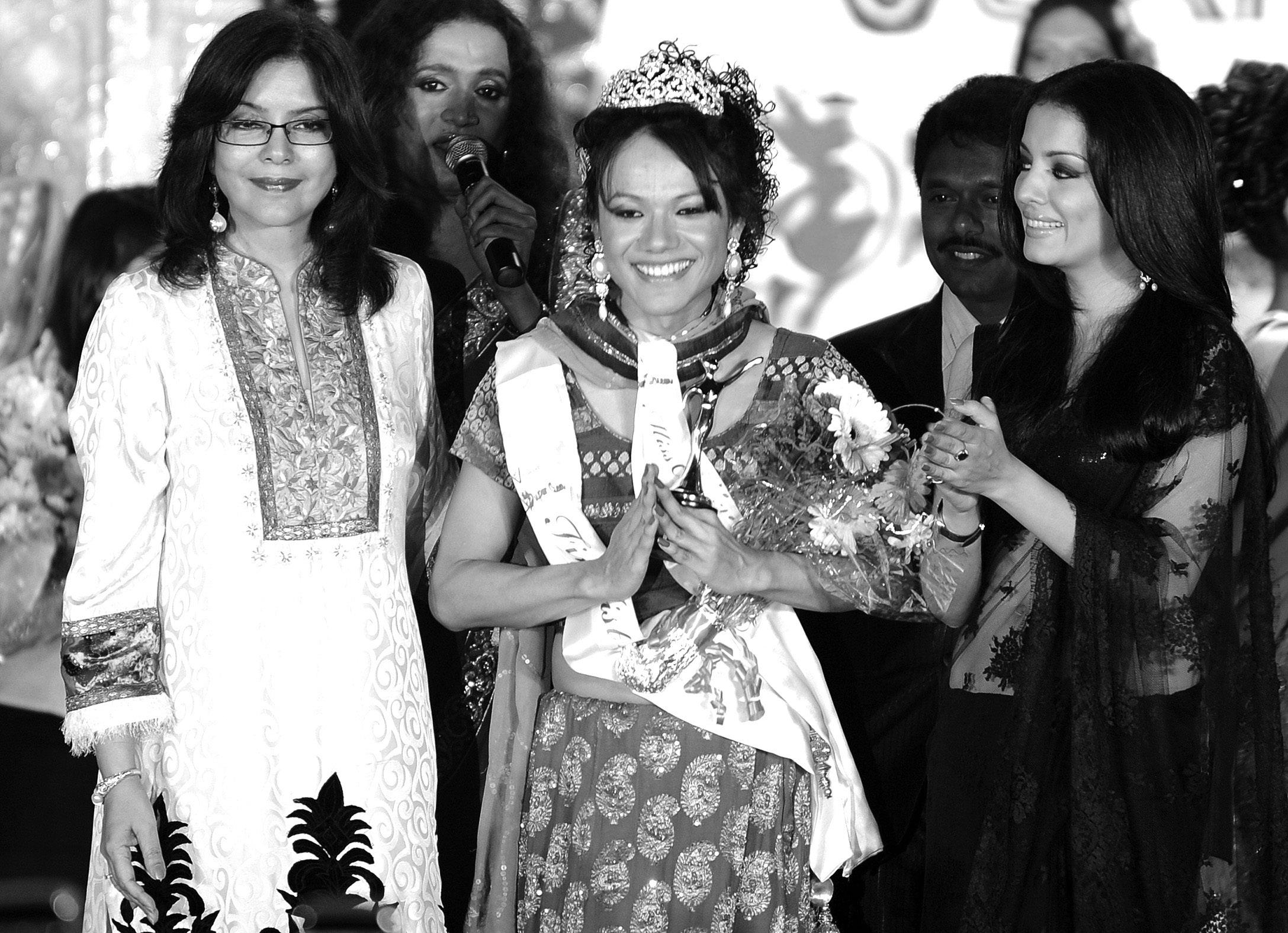
of the Lok Sabha on the same day,” it added.
***
Karnataka moots integrated IT city near Bangalore
THE KARNATAKA GOVERNMENT would build an integrated IT city near the Bangalore international airport to attract more investments in the knowledge sector, Governor H.R. Bhardwaj said.
“The state government has initiated measures to build an integrated IT city near the airport at Devanahalli, based on the central government’s guidelines to create an IT investment region,” Bhardwaj told lawmakers in his address to the joint session of the state legislature in the Vidhan Soudha. Devanahalli is about 40 km from the city.
Outlining the state’s industrial growth plans for the ensuing fiscal (2010-11), the governor said the government has approved proposals to set up 76 large and mega industries across the state with an investment of Rs.195,000 crore (Rs.1.95 trillion), with potential to create about 320,000 jobs.
“The government will develop industrial corridors and link them with core sectors such as IT (information technology), BT (bio-technology), automobiles, pharma, textiles, steel and cement. In line with the new industrial policy, additional incentives will be given in backward districts,” Bhardwaj said in his hour-long address.
The 2009 industrial policy offers a slew of incentives, including interest free loan on VAT (value added tax), anchor unit subsidy, interest subsidy, incentives for energy and water conservation.
The governor also noted the IT industry’s overwhelming response to the government’s scheme to set up rural BPOs (business process outsourcing) centres to create jobs and check migration to urban areas.
“Sector-specific BT parks will be located at Mysore, Mangalore, Dharwad and Bidar in the state to decongest Bangalore and attract investments across the state for socio-economic development of the region and create employment opportunities,” Bhardwaj pointed out.
Reiterating the state government’s
air connectivity, plans have been drawn to develop airports at Shimoga, Gulbarga, Bijapur and Hassan on the PPP (publicprivate partnership) model for providing feeder service.
“The Mysore airport expansion has been completed for commencing operations. Additional land is being acquired to upgrade and expand existing airports at Hubli, Mangalore and Belgaum,” Bhardwaj said.
The government also proposes to develop 11 airstrips at Davangere, Raichur, Chikmagalur, Udupi, Kushalnagar, Gokarana, Chitradurga, Bagalkot, Haveri, Gadag and Kollegal.
For the speedy completion of the new rail lines in the state, the state government will fund 50 percent of the project cost and the cost of land acquisition.
Stressing the need for quality road network for overall development, the governor said the World Bank has cleared tendering for upgrading 826 km of roads at an estimated cost of Rs.1,650 crore under the Karnataka state highway improvement project-2.
***
Cabinet clears four-laning of Jammu-Srinagar highway
THE GOVERNMENT HAS approved implementation of projects for four-laning of the mountainous Jammu-Srinagar
28 <> FEBRUARY (2) 2010 INDIAN LINK
***
Indian Bobby (C) wins the ‘Indian Super Queen’ beauty paegant for the transgender community in Mumbai. The pageant is the latest in a series of recent attempts to break down barriers for India’s transgendered citizens. Also pictured are Indian actresses Zeenat Aman (L) and Celina Jaitley (R)
National Highway 1A - the only road link to the Kashmir Valley which is extremely vulnerable to inclement weather.
With this, the Kashmir Valley will get all-weather connectivity. Besides, the journey time from Jammu to Srinagar and strategic border areas in the state will also be reduced.
The decision was taken at a cabinet meeting chaired by Prime Minister Manmohan Singh.

The total project cost is estimated at Rs.9,377.46 crore. “The concession period is for 20 years, including a construction period of three to five years,” an official statement said.
The main object of the project is to expedite the improvement of infrastructure in Jammu and Kashmir, the statement said.
“The major impact of the project lies in reducing the time and cost of travel of the traffic running between Srinagar to Banihal, Qazigund to Banihal, Ramban to Banihal, Udhampur to Ramban, Chenani to Nashri and Jammu to Udhampur sections,” the statement added.
“The project will be highly beneficial for development of road infrastructure and tourism in the state. It will also increase the potential of employment to local labourers for the project activities.”
***
India needs 6,800 more hospitals, NRHM has many glitches: Survey
INDIA NEEDS OVER 6,800 more hospitals in rural areas to provide basic health facilities to people, the annual Economic Survey released Thursday said.
The survey also said that several glitches in the flagship National Rural Health Mission needed to be ironed out to improve health infrastructure.
“There is still a shortage of 4,477 primary healthcare centres and 2,337 community healthcare centres as per the 2001 population norms,” the survey said. This means the requirement for hospitals will be much more if the population figure in 2010 is taken into account.
The annual survey presented in parliament said: “Almost 29 percent of the existing health infrastructure is in rented buildings. Poor upkeep and maintenance, and high absenteeism of manpower in the rural areas are the main problems in the health delivery system.”
It said NRHM is trying to address all these problems but needs to iron out several glitches to implement the scheme which has been in operation since 2005.
The survey also said that through the mission, the government aimed at bettering the health infrastructure vis-a-vis population, but the “ratio of population to health centres remained low with the targeted number of new health centres not being established”.
“Basic facilities were still absent in many health centres with many PHCs (primary health centres) and CHCs (community health centres) being unable to provide guaranteed service such as in-patient services, operation theatres, labour rooms, pathological tests, X-ray facilities and emergency care.”
The survey said: “An assessment of the health related indicators would suggest that significant gains have been made over the years. However, India fares poorly in most of the indicators in comparison with developing countries like China and Sri Lanka.
“The progress in health has been quite uneven, across regions, gender, as well as space.”
Underlining some NRHM shortcomings
that have also been pointed out by the Comptroller and Auditor General (CAG), the survey said: “Release of funds to state health societies and consequently to district and block levels require further streamlining to ensure prompt and effective utilisation of funds”.
The survey said: “Village level health and sanitation committees were still to be constituted in nine states”.
It also said that in nine states, the stock of contraceptives and other medicines as mandated by the NRHM was not found and there was a shortage of service providers at different levels.
The survey also said that efforts are on to better the indicator and the infant mortality rate is expected to reach 30 per every 100,000 live births against the current level of 53 by 2012.
***
Government gives apex court roadmap on deemed university issue
THE CENTRAL GOVERNMENT has told the Supreme Court that while it proposes to divest sub-standard colleges of the deemed university tag after giving each of them a hearing, the students of such institutions would be accommodated elsewhere.
The union Ministry for Human Resource Development made this submission in an affidavit filed in the apex court registry.
The government filed its affidavit in response to a lawsuit by advocate Viplaw Sharma, questioning the government’s stance in according deemed university status to increasing numbers of educational institutions, which allegedly have been doubling up as educational shops.
Presenting its roadmap to the apex court on how it planned to divest sub-standard institutions of their “deemed university” tag, the affidavit said the fate of 44 such institutions would be decided on a case to case basis.
“Each of the institutions, carrying the deemed university tag, but prima facie not deserving to retain the prestigious status, will be communicated their shortcomings and will be given an opportunity to explain as to why their status as deemed university should not be revoked,” said the government in its affidavit.
“After receipt of their reply and due consideration thereof, the government will pass an appropriate order in each case. All this will be done in a reasonable time frame,” the government said.
Reacting to the voicing of public concern over the mushrooming of educational shops, which fleeced students in the garb of deemed universities, the government had earlier appointed an expert panel to examine the functioning of deemed universities.
The panel after probing the working of 126 deemed universities across the country approved the tag for only 38. It sought stripping of the tag for 44, and said that 44 other institutions needed to be watched over for the next three years.
***
Chandigarh struggling to save legacy of its architect DECADES AFTER MASTER architect
Le Corbusier designed Chandigarh, the only planned city in independent India, its administration is fighting to retrieve his artefacts which have been auctioned in France.
After failing to stall the Feb 16 auction of Corbusier’s works in Paris, the administration is now looking for a glitch in the sale so that it can sue.
Ignoring a notice from the Chandigarh union territory’s government, Paris-based auction house Artcurial had auctioned works of Corbusier and his team -including wooden carvings of sketches, graphs and drawings prepared under the supervision of the architect.
In the notice served to the director of Artcurial, the administration had stated that the designs and carvings are the property of Chandigarh; therefore the auction should be cancelled as it is illegal.
The communication said: “It is not known how these items have reached you as they are the property of the Chandigarh government. We had never handed over these items to anybody. There can be a situation that this material was either stolen or are replicas.”
Chandigarh’s Finance-cum-Urban Planning Secretary Sanjay Kumar told IANS: “Immediately after getting information about the auction of Le Corbusier’s works in France, we informed the auction house about our stand. We had asked them to verify the origin of the items, which had gone under the hammer.
“We have already formed a committee to look into the matter and if we discover that auctioned material was the property of the Chandigarh administration then we will certainly take legal action. Otherwise if we find that they have replicated the original masterpieces of Corbusier then we will ask their authorities to initiate a probe.”
According to sources, around 100 items related to Corbusier and his team were sold during the auction. It fetched nearly 1.2 million euros (about US$1.8 million).
A French man associated with the Le Corbusier foundation in Paris had informed the administration about the auction.
The Chandigarh administration has also sent copies of the notice to the Indian embassy in Paris, the French embassy in New Delhi and the director of the Le Corbusier foundation in Paris.
Corbusier, who was born in Switzerland and became a French citizen in his 30s, had designed this union territory in the 1950s. Some senior officials have expressed concern over the possibility of theft of precious items related to Corbusier from Chandigarh.
“The items that were reportedly auctioned in Paris were never displayed in Chandigarh. They must have been placed in the union territory’s stores from where they could have been stolen by some miscreants,” a senior official of the administration told IANS, speaking on condition of anonymity.
He added: “There are also instances when the administration lends these artefacts to art lovers to make replicas. So we cannot deny the possibility where somebody has not returned it and smuggled it to France. In the past also many items of Corbusier were auctioned in France right under the nose of the authorities.”
Chandigarh has a museum, built in memory of Corbusier, in Sector 19 at the same place where the architect used to sit while designing the city. The museum showcases original works of Corbusier and his team of architects.
“All the designs, maps and artefacts related to Corbusier and his team of architects are intact in our centre. I have personally checked everything and nothing is missing from here,” Vidya Nand Singh, nodal officer of the Le Corbusier centre and museum, told IANS.
The administration has formed a committee headed by the chief architect of the city to check the items related to Corbusier and to find out if there is anything missing.
In his career that spanned over five decades, Corbusier designed buildings in central Europe, India, Russia and in North and South America. Besides being an architect, he was a modern furniture designer, painter and sculptor.
FEBRUARY (2) 2010 <> 29 NATIONAL EDITION
Striped sensation: An Indian tigress wearing a radio collar wades through a river after being released by wildlife workers in Storekhali forest in the Sundarbans. Conservation group WWF-India has enlisted the support of sports stars and celebrities to raise awareness of the threat, citing government estimates that there are just over 1,400 tigers left in the wild.
IANS
Everyday moments
Travelling in India, photographer Caitlin Cunningham finds beauty in the common, the simple and the imperfect
 BY SHIVANGI AMBANI-GANDI
BY SHIVANGI AMBANI-GANDI
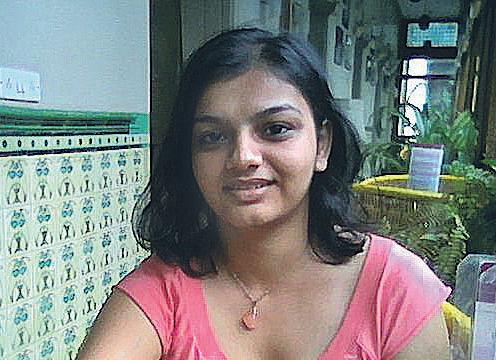
While journeying into another way of life, some moments become embedded in memory, lingering on in the mind’s eye.
US-based, Aussie photographer Caitlin Cunningham had one such moment in Nagaland. “Photographing the chief of Longwa village in Nagaland was extraordinary,” she recollects. “We were in his home, very dark with a beam of dusty light coming through a hole in the thatched roof, and were surrounded by several generations of his family, along with dozens of animal skulls. It was eerie and beautiful; my camera is only now losing the distinctive scent of wood smoke it acquired in those first days of the trip.”
The trip fell into Cunningham’s hands when her father could no longer make the pre-booked tour to North-Eastern India. The chance visit though, turned out to be an unforgettable experience.
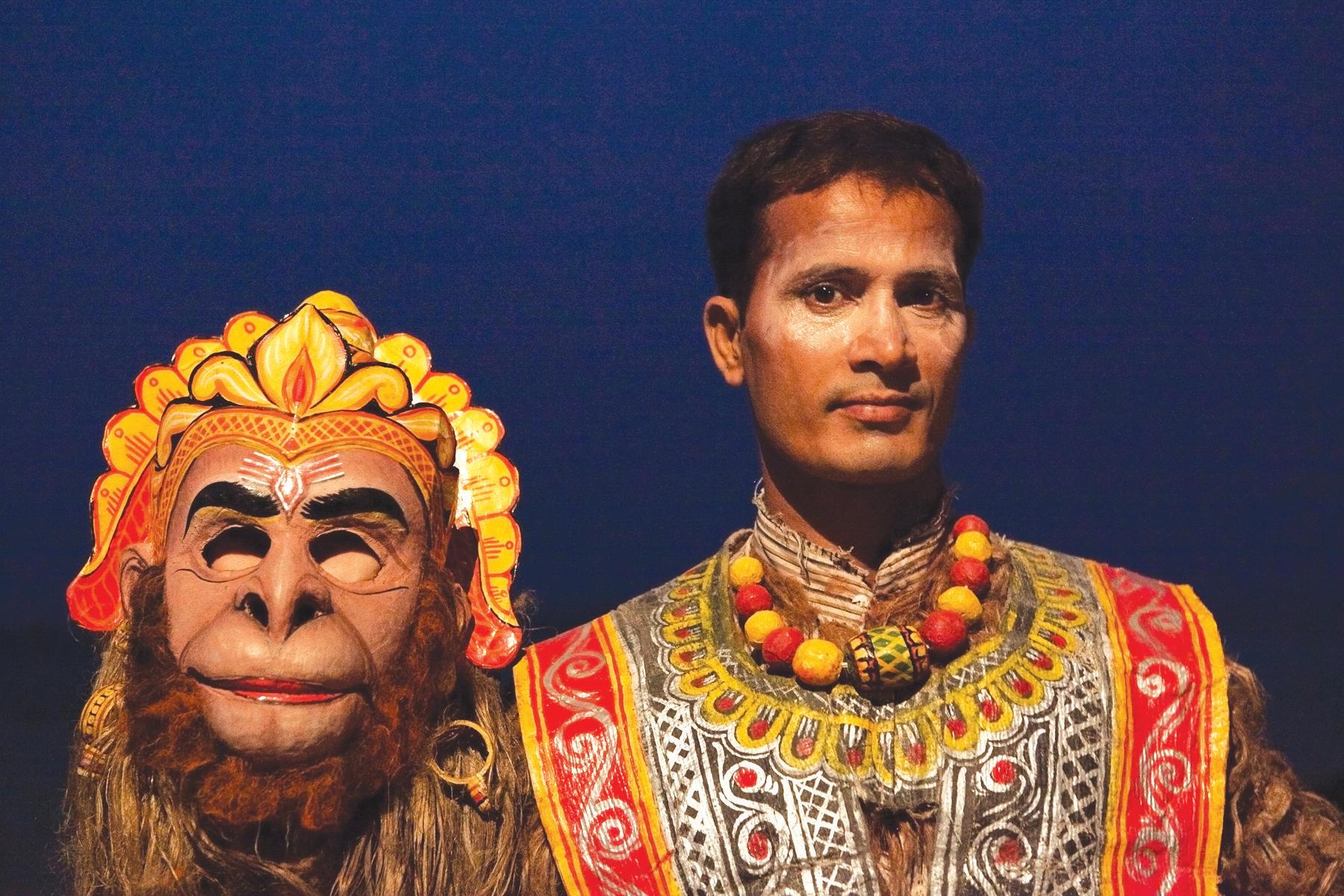
“It was my first trip to India, and I knew immediately that I would return to see another region. The richness of life and experience was truly extraordinary, and for a photographer, eye-opening in a way I had never previously experienced.”
Cunningham’s camera is almost imperceptible and the images non-intrusive. Viewing the photographs in succession is rather like the natural glance of a keen eye
In two weeks, Cunningham traversed across Kolkata, Nagaland, the Brahmaputra, Kaziranga National Park and Guwahati, documenting the journey on her Canon 5D Mark II. Most westerners photographing India are out to capture the sights and smells of the exotic experience. Formulaic photos of saturated colours, crowds and chaos are the norm.
Cunningham’s photographs though, are atypically simple. For instance, instead of brazen colour, she captures the surreal grey serenity of the Brahmaputra. “We were on a beautiful house boat, and I climbed up the stairs onto the top deck to see this, an unbelievably quiet and grey scene, a moonscape, with flat grey skies and the water so flat that it mirrored the colour without a ripple. It made the appearance of fishing dhows that much more haunting, as if they were sailing through the air,” she recollects.
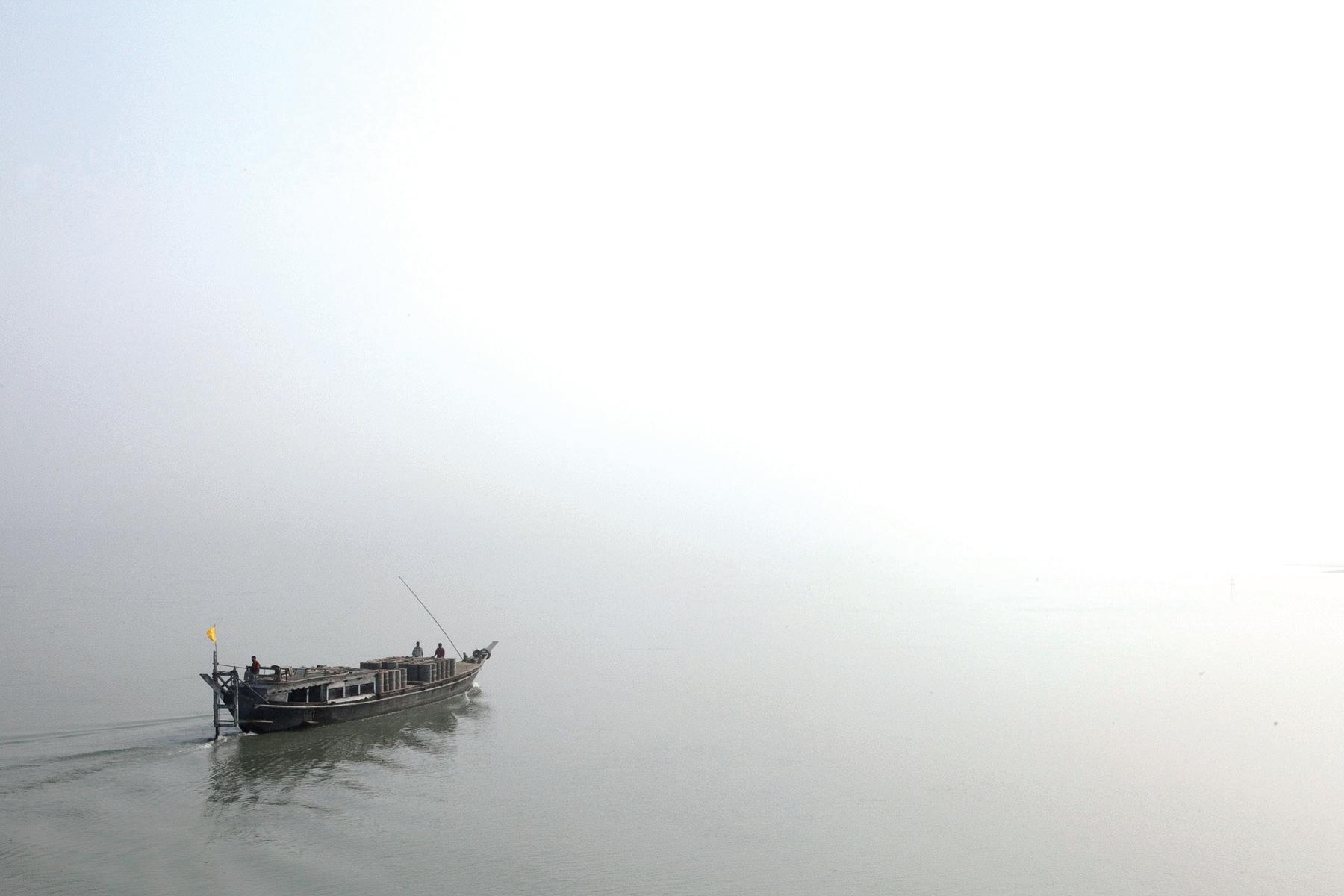
Even when Cunningham does have the opportunity to flaunt the colours in textile factories, she focuses on capturing textures and forms and the details of the craft. She photographs the workers’ silent concentration, and the beauty found in the lines formed by the warp and weft.
“In my photography, I always attempt to capture quiet moments, to find a texture or a gaze, a posture,” says Cunningham. “I enjoyed trying to document such a tactile art form, the knots and the individual threads… I bought five wooden weaving shuttles from a street vendor because I thought the shapes of the objects were so beautiful.”
Her photography is particularly different from the western eye when it comes to portraiture. Her camera is almost imperceptible and the images non-intrusive. Viewing the photographs in succession
is rather like the natural glance of a keen eye. This is perhaps because, despite the language barrier, Cunningham always sought permission from her subjects.
“I was unable to communicate verbally, but I tried to be as respectful and direct as possible when requesting to take an individual’s photograph. I would make eye contact and gesture to my camera, not proceeding until receiving a nod or a smile from the subject,” she explains.
When living on a houseboat on the Brahmaputra, she preferred to not take photographs, because she could not communicate with her subjects. “There were a couple of times when we were anchored in the river quite close to shore and it seemed that entire villages would come to watch us from land. I took a couple of photographs at these times, but found myself feeling self-
30 <> FEBRUARY (2) 2010 INDIAN LINK
INDOPHILE
1 2 3
conscious and uncomfortable, pointing my big lens at people with the distance between us, and without the ability to in some way request those images,” says Cunningham. “In the end, I preferred to watch them as they watched me; I think we were equally interested in each other’s lives.”
Cunningham was even able to overcome the language barrier with her subjects at times. At the Mon Village in Nagaland, Cunningham recollects a particularly moving encounter with an old lady she photographed. “As she and the other women danced, she continued to look at me and smile broadly. When their performance ended, I smiled at her, nodded and tapped my hand over my heart, trying to express in some way my gratitude. She clasped both of her hands together and held them over her own heart, smiling so broadly. I felt honored
to be there.”

With this approach of mutual respect, Cunningham’s photographs have the quality of an authentic diary of the times and lives she encountered. There are no major landmarks or grand monuments, and no premeditated postures - her photographs are rather a celebration of the common, the imperfect, and that chance encounter. One such chance encounter on a Kolkata tram, led to one of the best images Cunningham took in India - the image is of two brightly coloured, caged birds, standing out in the otherwise drab surrounds of a tram.

“We took a tram ride through the city in order to see the streets from a different perspective. I had just knelt to switch lenses on my camera and with a jolt, the tram had stopped and I nearly saw my lens roll out of the open door. When I looked up a young

man was boarding with the cage of birds,” remembers Cunningham. “He watched very patiently and seemed to be surprised that I took even the slightest interest, giving me a large smile when I showed him the images on my camera’s screen. I was so rushed to get the shot that it’s not what I would like it to be, and my position on the tram’s floor was not ideal, but it is still one of my favorite images from the trip.”
Also in Kolkata, Cunningham photographed the idols part of the Durga Puja celebration, but her images capture the idols while they are still being sculpted.
“I was fascinated by the process of creating the form, from bundles of straw to plastered and painted, and was more interested in the building process than the finished products, which to me were beautiful, but not as appealing in their final state,” says Cunningham. “The Japanese have a term, ‘wabi-sabi,’ which among other things references finding satisfaction with imperfection. It was the incomplete nature of the statues that had this beautiful imperfection and haunting grace.”
Cuuningham has also photographed several traditional rituals - many of which even most Indians would not have heard of, let alone seen. In Nagaland, she has documented a series of war dances depicting the hunting, slaying, and celebration after a successful battle, by the Konyak tribe.
“There was no explanation of the meaning of their dances, but it was very powerful, with a deep rhythmic singing and small steps taken around the field.”
Another set of images show the Paal Naam festival at the Auniati Temple on Majuli near the Brahmaputra. “I don’t think I will ever forget the soft colours and candle light from within the temple, all of the participants dressed in white robes with hints of red, and the smell of incense and the sounds of drum,” says Cunningham.

Her photographs of a dance and drum performance from the Shri Shri Uttar Kamalabari Monastery, and those by the varied religious groups of Guwahati are fascinating. However - as is to be expected from Cunningham - some of her best images come from not a grandiose performance in a major theatre, but from the humble performance of a tale about Hanuman on the banks of the Brahmaputra, under the light of a single bulb.
“This was perhaps my favorite night on the entire trip,” says Cunningham. “Approximately 20 men came from one of the local satras to perform, lit only by a single bulb on a bamboo pole buried on the bar. They arrived on a dhow, coming out of the twilight fog and half-dressed in costume, bringing with them a massive old stereo system that was arranged on the sand.”
“Despite what must’ve been oppressive heat in their large and elaborate costumes, the actors danced with grace and athleticism. Afterwards, I requested an opportunity to photograph some of the performers using only the light from the bamboo pole. The men were so patient and so still, despite that they must’ve wanted to remove their costumes in the heat, and these are some of my most cherished images from India.”
All images are the copyright of Caitlin Cunningham. For further information, or to purchase images, please visit http:// caitlincunningham.com
FEBRUARY (2) 2010 <> 31 NATIONAL EDITION
In my photography, I always attempt to capture quiet moments, to find a texture or a gaze, a posture
Caitlin Cunningham
1.Kolkata Tram
2. Tripura dancers
www.indianlink.com.au 4
3. Brahmaputra River 4. Bihu
Gayatri Mantra

 Aum Bhur Bhuvah Suvah
Tat Savitur Vareynyam
Bhargo Devasya Dheemahi
Dhiyo Yo Naha Prachodayath
Aum Bhur Bhuvah Suvah
Tat Savitur Vareynyam
Bhargo Devasya Dheemahi
Dhiyo Yo Naha Prachodayath
Oh God, Thou art the giver of Life, Remover of pain and sorrow, Bestower of happiness, Oh! Creator of the Universe, May we receive thy supreme sin-destroying light, May Thou guide our intellect in the right direction. Referred to as the mother of all the Vedas, this simple but powerful mantra is considered as the foremost in Hindu Scripture. Quite simply it is a prayer to Savitrthe giver of light and life, to illuminate our intellect and thereby lead us along the righteous path.
It is dedicated to Gayatri, the Veda Mata or the fivefaced Goddess. As the personification of the Brahman, she is said to have domain over the five senses or pranas, and protects these five life-forces of those who chant the mantra. In her role as the protector, Gayatri is referred to as Savitri (feminine form of Savitr). Chanting the mantra removes any obstacles in our journey to knowledge and spiritual growth.
Psalm 23
The Lord is my shepherd, I shall not want; He makes me lie down in green pastures. He leads me beside still waters; He restores my soul. He leads me in paths of righteousness for His name’s sake.
Even though I walk through the valley of the shadow of death, I fear no evil; for You are with me; Your rod and Your staff, they comfort me. Surely goodness and mercy shall follow me all the days of my life; and I shall dwell in the house of the Lord forever.
This is one of the most popular of Psalms in the Bible and is a definition of the very faith and tenets of Christianity. It likens Christ as the shepherd, caring for His flock and leading them to the path of righteousness. His presence gives them strength and comfort, and His influence helps them lead good lives. It is a powerful passage, one that is reassuring, and yet compelling in its very simplicity.
Sacred space
Pootaa maataa kee aasees
Jis simrat sabh kilvikh naaseh pitree ho-ay uDhaaro. So har har tumH sad hee jaapahu jaa kaa ant na paaro. Pootaa maataa kee aasees. Nimakh na bisara-o tumH ka-o har har sadaa bhajahu jagdees. (rahaa-o).
Satgur tumH ka-o ho-ay da-i-aalaa satsang tayree pareet Kaaparh pat parmaysar raakhee bhojan keertan
neet Bhavar tumHaaraa ih man hova-o har charnaa hohu ka-ulaa.
Amrit peevhu sadaa chir jeevhu har simrat anad anantaa.
Naanak daas un sang laptaa-i-o ji-o booNdeh chaatrik ma-ulaa.
Remembering Him, all sins are erased, and one’s generations are saved.
So meditate continually on the Lord, Har, Har; He has no end or limitation.
O son, this is your mother’s hope and prayer, that you may never forget the Lord, Har, Har, even for an instant. May you ever remember the Lord of the Universe.
Durood e ibrahimi
Allahumma sal’lee ‘ala muhammadune wa ‘ala alee muhammadin kama
Sal’lay’ta ‘ala ibrahima wa ‘ala alee ibrahima, innaka hammidum majeed.

Allahumma Ba’rik ‘ala muhammadune wa ‘ala alee muhammadin kama
Ba’rak’ta ‘ala ibrahima wa ‘ala alee ibrahima, innaka hammidum majeed
Virtues of perfection
Om Mani Pad Me Hum
Follow the path of wisdom and you can transform your impure body, speech, and mind into the pure exalted one of a Buddha

Summing up the entire teachings of Buddha, this prayer invokes the blessings of Chenrezig, the embodiment of compassion. Each of its six syllables represents the ultimate paramitas (virtues of perfection) – generosity, ethics, patience, diligence, renunciation and wisdom. The entire truth about the nature of suffering and the many ways of removing its causes (Mahayana), is said to be contained in these six syllables.

Also known as the mantra of Avalokiteshwara, it originated in India before moving to Tibet. The prayer is particularly revered by devotees of the Dalai Lama, who is believed to be a reincarnation of Chenrizeg. It is believed that chanting this sacred mantra, viewing it in written form or spinning it through the prayer wheel (mani) is very auspicious.
Hamazor
Hamāzōr bim
Hamāzōr ashō bim
Hamāzōr vesh kerfē bim
Ham kerfē kārān bim, Dūr az vanāh kārān bim, Sarē sarāt va chinvat pūl buzrag shād va āsān mān, Bēvadirad bēhēst garōthmān va fashum akhān raushan garōthmān, Hamā khur-rami avar rasād.
May the True Guru be kind to you, and may you love the Society of the Saints.
(Pause)
May the preservation of your honour by the Transcendent Lord be your clothes, and may the singing of His Praises be your food. So drink in forever the Ambrosial Nectar; may you live long, and may the meditative remembrance of the Lord give you infinite delight.
May joy and pleasure be yours; may your hopes be fulfilled, and may you never be troubled by worries.
Let this mind of yours be the bumble bee, and let the Lord’s feet be the lotus flower.
Says servant Nanak, attach your mind to them, and blossom forth like the song-bird, upon finding the rain-drop.
Guru Arjun Dev Ji, the 5th guru of the Sikhs, composed this prayer for the Holy Book Sri Guru Granth Sahib Ji which expresses a mother’s love for her child and hope for his/her well being. This Shabad (hymn) is recited as a blessing on various occasions like when a woman is expecting her child, when celebrating a birth or a birthday.
Oh God, bless Muhammed and the family of Muhammed as you blessed the family of Ibrahim, and give baraka to Muhammad and the family of Muhammad as You gave baraka to the family of Ibrahim, in all the worlds. You are worthy of Praise and Glorious
Durood is an invocation which Muslims make by saying specific phrases to compliment the Prophet Muhammed pbuh. Durood is a kind of dua and is mentioned in hadith as well as in the Quran sharif. Divine blessings on Muhammad is the highest and the most meritorious act in Islam. The Prophet pbuh recommended durood as a way of sending blessings him. Durood-e-Ibrahimi is also recited as part of the salaat
The benefits of this dua are that sins are wiped out, good deeds are written, and self elevation is achieved as is enhancement in income and substance. It also releases tension.
May we remain united in strength, May we remain united in righteousness, May we remain united in many good deeds, May we remain the doers of all meritorious deeds, too. May we remain afar from the guile of evil-doers, May we be able to cross the Chinwad Bridge with rejoicing and ease, from over the summit, May we, then, attain eternal bliss in the Heavenly Celestial Light of Garothman, May such pious yearnings be granted unto us.

This short Hamazor prayer in the Book of Daily Prayers - the Khordae Avesta was composed after Iran was lost to the Arab invasion in the Battle of Nihavand 641 CE (also called AD). It is still recited by every Iranian follower of the Religion of Zarathushtra at the end of his daily ‘Namaaz’ (of untying and tying the Sacred Thread - the Kusti) as a sign of solidarity, but mainly to obtain personal solace and to maintain their courage and dignity in the face of unjust laws against them there. It is also still prayed by their later migrant counterparts (the Qaddimis) in India, although there are no such unjust Indian laws.

32 <> FEBRUARY (2) 2010 INDIAN LINK INSPIRATION www.indianlink.com.au
Usha Arvind, Sheryl Dixit, Sam Kerr, Guneeta Dhingra, Shafeen Mustaq
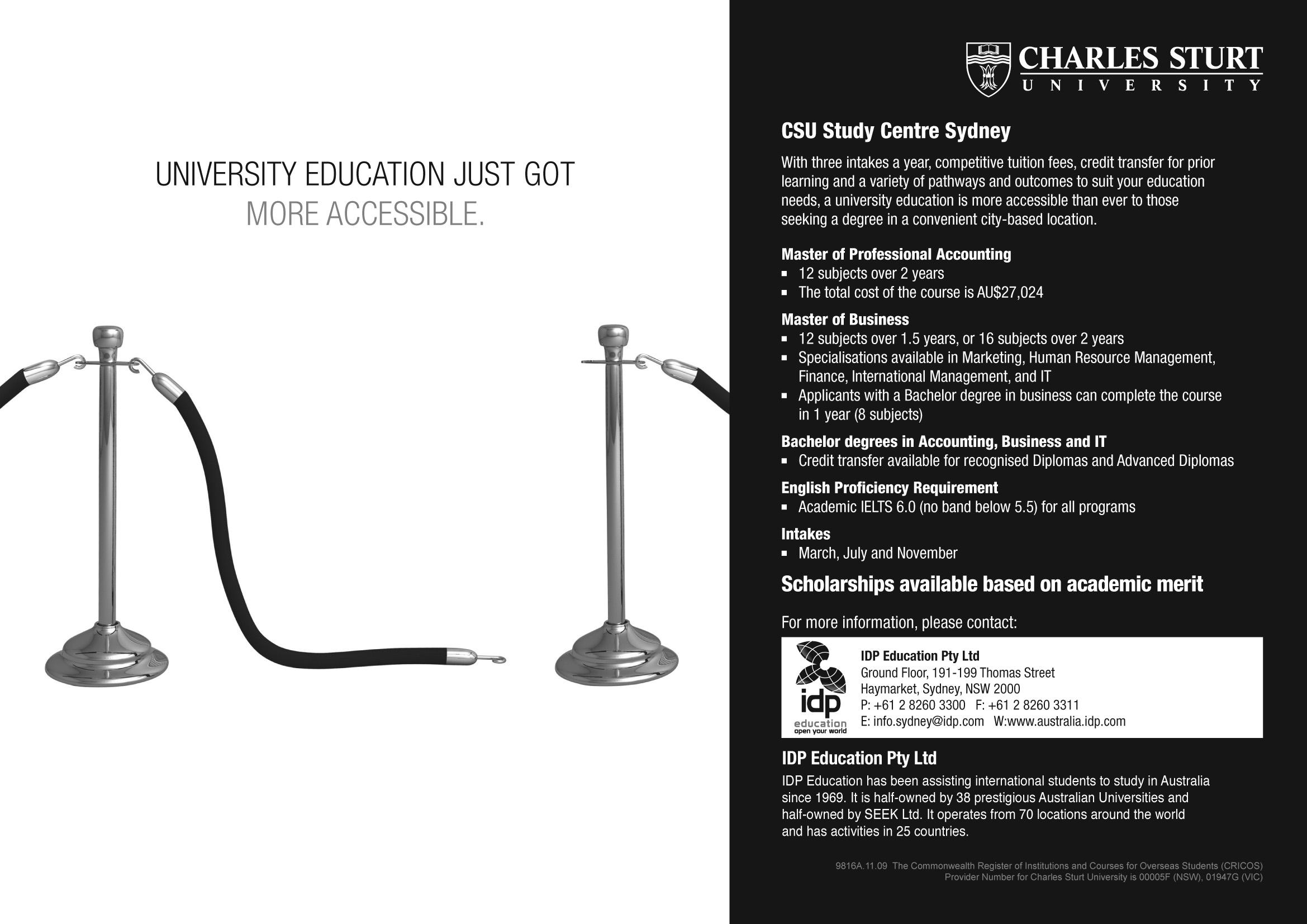

FEBRUARY (2) 2010 <> 33 NATIONAL EDITION
Facing the facts
There has recently been much spoken and written about the possible exploitation of some of Australia’s international students, and the Overseas Students’ Support Network Australia (OSSNA) believes that the senior management of less than 10% of private Registered Training Organisations is undermining the relationship building, excellent work, and outstanding results achieved by others in the education and training sector.

In some quarters there is a total denial of any problems or issues involving international students, but the Victorian Equal Opportunity & Human Rights Commission, the Overseas Student Education Experience Taskforce (Victoria), the Department of Immigration and Citizenship (DIAC), the Department of Education, Employment and Workplace Relations (DEEWR), OSSNA, and a considerable number of private Registered Training Organisations, believe that swift and substantial action is required.
Lyn Glover, CEO of the Victorian Registration and Qualifications Authority (VRQA) and Andrew Smith, CEO of the Australian Council for Private Education and Training (ACPET) continue to ignore urgent issues. The VRQA and ACPET have constantly refused to acknowledge that problems exist, and even now seem to avoid any positive action to address the true situation. Six months to begin a ‘rapid audit’ of ‘at risk providers’ and a further three months to report on the ‘rapid audit’ does not seem to address the urgency of the situation.
Now when any situation is researched, we must reject any idea that contradicts an absolute fact. We must suspend belief in any method of evaluation incapable of establishing absolute fact and leave no room for pseudo-rational arguments or pretentious illusions.
Here are the absolute facts:
Fact 1
In recent times, Australia has sustained a significant increase in the numbers of overseas students choosing to study here, with the numbers growing from 73,000 in 2002 to over 150,000 in 2008.
Fact 2
In the State of Victoria the post secondary education sector is comprised of:
l 18 public Technical And Further Education Institutions (including four TAFE divisions within universities)
l 1,345 registered private Registered Training Organisations (RTO)
l 10 universities and 59 approved providers of higher education (which includes 5 TAFE)
Fact 3
Approximately 50,000 international students live in Melbourne, which has almost 4 million residents from over 140 nations. 45 per cent of Victoria’s community is either born overseas or has at least one parent born overseas. More than 150 different languages are spoken in Victoria.
Fact 4
The recent report by the Overseas Student Education Experience Taskforce (Victoria) stated “International education is having an increasingly important impact on Victoria –not only as a rapidly growing and significant part of the Victorian economy, providing direct economic benefits through export income and employment opportunities, but also enriching the community in many ways. If Victoria is to continue to grow its involvement in international education, it is essential that overseas students not only gain the educational outcomes that they are seeking but also enjoy the overall experience of being here.
Fact 5
In order to continue the success of Victoria’s overseas education sector, to continue to attract high quality overseas students and to continue to benefit from the enhanced cultural diversity that overseas students bring to Victoria, it is imperative that on offer to them are the highest standards in teaching and learning experience, facilities and student support.
Fact 6
Public perceptions, both domestically and overseas, of overseas students’ safety and welfare, highlighted in recent media articles however, have the potential to deter new students from choosing Victoria as their preferred destination for study and research.
Fact 7
The ability to interact freely and closely with local students and others is a core component of the overseas student experience. There are many factors currently working against this happening as well as it should. These range from the way some classes and institutions are organised through to a student’s lack of time because of significant academic and employment demands, and their perceived command of the English language.
Fact 8
International students feel more comfortable among people from similar backgrounds, nationality language etc. so tend to find accommodation among a type of micro community. This leads to the possible formation of largely closed communities where students from the same countries or cultural background remain insular
and disconnected from the wider community due to language and cultural differences which diminishes the student experience.
Fact 9
A number of submissions to the Overseas Student Education Experience Taskforce raised issues concerning education agents. Evidence also provided by overseas students and their families at course registration and/ or orientation stages suggests that there are a growing number of incidences where the information provided by agents is not complete, and in some cases misleading, which can lead students to having unrealistic expectations or at worst may lead to them being placed at risk of exploitation.
Fact 10
Ensuring the quality of the educational experience is critical to the continued success of the international education sector in Victoria. The vast majority of students come to Victoria in order to gain the knowledge and skills that will enable them to pursue their chosen careers so it is vital for the industry as a whole that the quality of courses offered and delivered meets the highest standards. An effective and responsive quality control process is therefore required, recognising that Victoria’s reputation for quality is hard won and can be easily tarnished.
Fact 11
The Fair Trading Act 1999 Act No. 16/1999 regarding false representations in relation to goods and services states, “A person must not, in trade or commerce, in connection with the supply or possible supply of goods or services or in connection with the promotion or advertising by any means of the supply or use of goods or servicesl make a false or misleading representation with respect to the price of goods or services; or l make a representation that is false, misleading or deceptive in any material particular.”
Fact 12
Regarding false representations in relation to employment, the Act states “A person must not, in relation to employment that is to be, or may be, offered by the person or by another person, engage in conduct
that is liable to mislead persons seeking the employment as to the availability, nature, terms or conditions of, or any other matter relating to, the employment.” So why are some overseas education agents contracted to Australian Registered Training Organisations permitted to operate in ways that do not uphold the actual words, and spirit, of the Fair Trading Act?
Fact 13
In regard to harassment and coercion the Fair Trading Act states “A person must not use physical force or undue harassment or coercion in connection with the supply or possible supply of goods or services to another person or the payment for goods or services by another person.” Why are some Registered Training Organisations permitted to pressurise students into making advance payments for upcoming semesters, and also to withhold services, unit or course results until these advance payments are made? International students have every right to feel frustrated.
Fact 14
Joan McPhee, RMIT PhD student, in Privately Owned Registered Training Organisations in Victoria – Diversity as an Emerging Theme, observed:
l “The interviews raised a wide range of issues and uncovered diverse perceptions and opinions. Not all of these could be considered reasonable or entirely wellinformed – but they show private training providers have concerns with the system.”
l “Another emergent theme concerns the negative attitude expressed regarding the extent of support received from the Office of Training and Tertiary Education (now the VRQA). Comments were made such as government would like to have private RTOs disappear.”
l “Concern was expressed by many of those interviewed about the lack of support .... More importantly perhaps, criticism was made by national companies about the lack of uniform and/or consistent treatment of their training operations in different States.
We must all consider genuine ‘absolute facts’ when deciding ‘what’ to believe about the standards of education and training available to local and international students in Australia.
When others offer constructive criticism, it usually means they want us to do even better than we already do and are not afraid to offer us helpful feedback. Because we are not afraid of making mistakes, we welcome constructive feedback. While our first reaction might be blushing, anger, feeling misunderstood or chastised, we may eventually see the underlying benefits of the message.
By looking constructively at how we could have done something better, we may discover new ways to help us improve our performance.
There are many positive stories to be told – but these stories must not be sullied by the small percentage of ‘shonky operators’ in the industry who care little about education, and even less about the welfare and ambitions of international students and their families.
34 <> FEBRUARY (2) 2010 INDIAN LINK
VIEWPOINT www.indianlink.com.au
ROBERT PALMER reviews the plight of overseas students and offers a fair analysis of the actual situation, along with a glimpse of a solution
Robert Palmer is Executive Director, Overseas Students’ Support Network Australia
Robert Palmer: It is imperative that on offer to the students, are the highest standards in teaching and learning experience, facilities and student support.
Innovation revolution
BY NOEL G DE SOUZA
In a developed country the fruits of technology are widespread, compared to an undeveloped country. Motor cars, for example can only be owned by the better off in a developing country. The current manufacturing thrust in India is to spread modern technology as widely as possible. But that cannot be done by merely copying what exists in the West. Innovation is essential, and the best example to date is the Nano motor car.
The original small and affordable car was the German Volkswagen or “people’s car”, first produced in 1937. Today it is the Nano motor car, brainchild of the Indian industrialist Ratan Tata; it’s the world’s cheapest car and does away with needless optional extras without sacrificing safety.

The Nano is optimum for urban conditions and it uses less petrol to get more mileage compared to other cars. The New York Times called it an example of “Gandhian Engineering” which blends “irreverence for conventional ways of thinking with a frugality born of scarcity”. It will make car ownership more affordable for a greater number of people, but not to the extent of the developed countries, which have high car ownership. For example, the USA has 246 million cars for less than 309 million people in 2010 (a fall of 4 million cars since the previous year!). Every second Australian owns a car.
The term Gandhian Engineering has caught on and is being promoted in India and abroad by scientists like Dr Raghunath Mashelkar who recently retired as Director General of CSIR (Council for Scientific and Industrial Research). CSIR is India’s premier grouping of scientific talent and possibly the largest scientific grouping in the world. Speaking recently in Goa - his native state - about shaping India’s future through Indian talent, Dr Mashelkar’s accent was on innovation being geared to India’s unique needs. The Padma Bushan recipient was also awarded an Honorary Fellowship by the prestigious Australian Academy in Canberra in 2008, at which he delivered the Academy‘s “Prestige Innovation Lecture”. This first for an Indian was in the presence of the Minister of Science and Technology Kim Carr, and other important attendees including several ministers.
Prior to colonial times Indian science recorded great achievements in fields like mathematics, astronomy, medicine, farming, metallurgy and architecture. Since the
mid-19th century, European science began to be taught in newly set-up universities which produced some notable scientists such as S. S. Bhatnagar and K. N. Mathur who invented an instrument for measuring magnetic interference, and C.V. Raman (Nobel Laureate) who discovered the molecular scattering of light. J. C. Bose had earlier invented an instrument for transmitting radio waves (1894).


European-style education produced modern scientists in India. They had nothing to do with India’s traditional scientific knowledge. There was no blending of the two. However, Western-style medicine coexists in India with the Ayurveda and Unani systems. The modern world has become so global that medicine and other sciences can today be described as “modern”, and not “Western” or “European”.
An example of innovative blending can be found in music in Indian films, which uses both Indian and European musical instruments. A lesser version of this can be seen in the West when the Beatles, particularly George Harrison began using some Indian instruments in his songs. “Goa Trance” is a type of successful “fringe” music incorporating Indian rhythms in Western music.
Given India’s large population and its demand for food, the Prime Minister Manmohan Singh has called for a Second Green Revolution. Much innovation will have to go into that sector, with India’s space technology and energy saving devices providing significant inputs.
Both India and Australia are focusing on innovation, though some would say both are doing so rather belatedly. There are signs of cultural shifts in science in both countries. India till the mid-1970s, lacked confidence in its scientific talent causing a brain-drain of its best talent to the West, particularly to the USA which had the distinction of welcoming and using foreign talent to great benefit. In the mid-1970s, India conducted its first nuclear test and launched its first satellite under the leadership of Dr Abdul Kalam (later India’s President). A new era had begun.
China and India are forging away in innovation. The Australian Minister for Innovation Kim Carr has called them today’s “research superpowers”, pointing out that China ranks fifth and India twelfth in the output of research papers. Australia has realised that whilst the country is performing very well for the size of its population (Carr points out that its output is 3% of the world’s research papers with 0.3% of the world’s population), it is necessary to collaborate widely in research projects. Australia is collaborating with India in several research projects such as the SKA (Square Kilometre Array) in Astronomy.

FEBRUARY (2) 2010 <> 35 NATIONAL EDITION
How innovation is spreading across the globe, building relationships and creating alliances along the way
India till the mid1970s, lacked confidence in its scientific talent causing a braindrain of its best talent to the West, particularly to the USA…
VIEWPOINT
www.indianlink.com.au
The Rockefeller rules
Tips to make your small business grow
BY HASNAIN ZAHEER
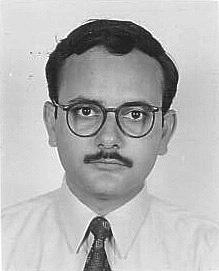
I have explored, listed and recommended resources for small business owners several times earlier in this column. Recently, I attended ‘Mastering the Rockefeller Habits’, a one-day executive workshop by Verne Harnish ‘The Growth Guy’, who is considered to be a global expert and coach in business growth. Verne teaches, writes and coaches business owners on how to create a business equivalent of gazelles, known for their speed.
Writing about this workshop gave me an opportunity to re-connect with my readers on a small business related topic after a brief gap during which I explored other topics.
John D Rockefeller was an American industrialist who dominated his industry (petroleum) and his era (at least in business context). Verne promises that you can grow your business by adopting a definitive set of fundamental habits that Rockefeller used to practice. The key themes are, having a disciplined approach, and implementing simple, practical techniques on a regular basis (that Verne calls rhythm).
Verne’s approach to building a growth business revolves around one-page strategic plan. A free template to build a short form
but effective strategic plan is located at http://www.gazelles.com/downloads.html.
Mastering the Rockefeller habits provides you the substance to build this one-page strategic plan.
The four decisions that you must get right in order to grow are:
People Have the right people doing the right things with clear accountabilities and metrics. Building a reputation can help hire the right people who are sold on your vision.
Strategy A concise expression of strategy that can help you align everyone. Decide on your goals, your product and market parameters or sandbox, customer needs and wants, and measurable brand promises.
Execution A 10-point checklist of habits that turn revenues into increased profits while reducing the time it takes to manage the business.
Cash Reduce your cash conversion cycle so you can grow faster on your own internally generated cash.
Verne reckons having the right strategy underpinned by the right habits can help you achieve 2 X current cash flow, 3 X profitability higher than the industry average and 10 X today’s market valuation of your business.
How?
One of the important concepts is the ‘planning pyramid’ which entails doing things on a periodic basis. The timeframe increases as we come down
a pyramid from daily accountability and weekly schedules, to long term targets and having core values.
Daily accountability
Weekly schedule
Quarterly actions
Annual goals

3-5 years targets

Having a purpose for entire life
Core values forever
Defining each of the above components of the strategic plan helps you define the

When (schedule), How (action plans), What (Goals), Where (targets), Why (Purpose) and Should (core values). An important component of this growth philosophy is having a BHAG or Big Hairy Audacious Goal – a quantifiable purpose or pursuit with 10-25 years horizon that reinforces fundamentals.
Verne recommends ‘the meeting rhythm’ in which the business owner meets their team as a habit on a regular basis. The team may be anyone who is involved in that business, vendors, partners, associates, not just employees.
One of the tools provided by Verne is an execution checklist – a list of all items required to transform your company. The workshop provides details of what questions one must ask to keep learning, taking customer feedback, managing relationships, taking cash decisions and taking strategic decisions. This column can only provide you with a flavour of The Rockefeller Habits
If you wish to pursue growth via Verne’s recipes, then you may head over to his website – www.gazelles.com to download tools, read his book or attend his workshops. He will be in Sydney in September to conduct a workshop, via BusinessConnect (www.businessconnect.com.au).
36 <> FEBRUARY (2) 2010 INDIAN LINK BURWOOD / HOMEBUSH OFFICE SPACE NO LEASE Office 120sqm. With new fitout. SINGLE OFFICES from $110pw. Including all outgoings, some furniture available.
0418 965 834
PLEASE CALL
INFOTECH www.indianlink.com.au



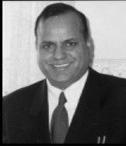
FEBRUARY (2) 2010 <> 37 NATIONAL EDITION For expert coaching in Lowest Fee Guaranteed IELTS IELTS GURU Suite -1, 71 A Macquarie St, Parramatta, Phone 0411 520 546, 9687 9741 www.ieltsguru.com.au • Power Packed Sessions. • One and Two Weeks Crash Courses Available. • Money completely refundable, if not satisfied with the first tuition session. BUSINESSES FOR SALE THINKING OF BUYING OR SELLING BUSINESS CALL SUNNY SINGH ON 0433 239 589 sunny.singh@sbx.com.au www.sbx.com.au We speak your language NO CHARGE TO BUYERS SBX Sydney Business Exchange Code Profit/Week Price Service Station SB 1024 $3,000 $269,000 SB 1073 $2,000 $145,000 Franchise SB 1066 $2,200 $245,000 Café (Make an offer) SB 1055 $2,000 $87,000 SB 1082 $3,500 $229,000 Take away SB 1064 $2,200 $99,000 Supermarket/ SB 1075 $1,500 $99,000 Friendly grocer Indian Grocery SB 1083 $1,500 $59,000 News Agency SB1057 $2,700 $310,000 SB1058 $2,000 Make an offer Wholesale SB 1052 $1,200 $110,000 Laundry SB 1051 $1,300 $110,000 (with residence) BEST BUY Telecom Service SB1080 $4,000 $695,000 Chicken Takeaway SB1072 $4,000 $349,000 RESTAURANT FOR SALE -Manly $ 90K Licenced/ 70 Seatings/Private Dine area/Huge Kitchen Big Coolroom/Sep Dishwashing SUITABLE FOR ANY CUISINE/BUSINESS Call Abbey 0425 238 701 Inspect by appointment only
TOONGABBIE $349,950


GREAT INVESTMENT OPPORTUNITY
This three bedroom townhouse offers spacious open plan living, built in wardrobes in all rooms, main bedroom with ensuite, modern kitchen & bathroom, air conditioning, generous sized courtyard and lock up garage.
large family living area, air conditioning, modern kitchen, internal laundry, bathroom & 2nd toilet, lock up garage, in ground pool, excellent size yard for the kids, all set on approx 626sqm block – rare find in this location.
Open For Inspection: Saturday 2:30-3:00pm
Auction: Saturday 27 March 2010 on site at 3:00pm





Laing & Simmons Wentworthville 9688 4000
Contact Leanne Ollerenshaw 0414 790 887 + Alan Fowler 0413 057 699
Currently split into 4 flats with own meters, returning $800PW, set on 1,000sqm block with potential for re development .


WENTWORTHVILLE $449,950

TOP STREET
Set in quiet cul-de-sac location within walking distance to shops and station is this well maintained clad home with 3 large bedrooms, separate lounge, huge dining and family room, updated bathroom & kitchen, carport & great yard for the kids to play. GREAT FIND! Laing & Simmons Wentworthville 9688 4000 Contact Alan Fowler

This great as new unit features 2 bedrooms with ensuite, combined lounge/dine area, modern kitchen with gas cooking and is very spacious. Be the first to inspect. Laing & Simmons Wentworthville 9688 4000 Contact Jim Malamas
GREYSTANES $479,950


GREAT FAMILY HOME
This 4 bedroom brick veneer home is centrally located, features include large bedrooms, separate lounge with wood fire & air conditioning, modern timber kitchen, modern bathroom, 2nd toilet, covered entertaining area, sunroom, in ground pool, carport & lock up garage.
Laing & Simmons Wentworthville 9688 4000
Contact Leanne Ollerenshaw
ABSOLUTELY IMMACULATE
Move straight into this absolutely gorgeous villa, features include 2 large bedrooms, 2 toilets, modern kitchen with gas cook top large lounge & dine with floating floor boards & air conditioning, fully alarmed, internal laundry, lock up garage with internal access and beautifully manicured gardens.
Laing & Simmons Wentworthville 9688 4000 Contact Leanne Ollerenshaw

WENTWORTHVILLE AUCTION

FRESH AND MODERN 17 Thane Street
This beautifully presented, fresh, modern,
SOUTH WENTWORTHVILLE $379,000
3 BEDROOM VILLA
This 3 bedroom villa is located close to schools & transport, features include open plan tiled living & dining, modern kitchen with gas cooking, 3 x built ins, modern bathroom, internal laundry & lock up garage.
Laing & Simmons Wentworthville 9688 4000


Contact Jim Malamas

38 <> FEBRUARY (2) 2010 INDIAN LINK WENTWORTHVILLE AUCTION 765SQM BLOCK 6 Springdale Road Large block in great location, 2/3 Bedroom clad home with updated bathroom & kitchen with gas cooking, separate lounge, lock up garage, and set in a quiet residential street within walking distance to shops & station. Ideal for first home buyer or redevelopment, potential duplex site (Subject to council approval). FANTASTIC OPPORTUNITY! Open For Inspection: Saturday 12.30 -1:00pm Auction: Saturday 13 March 2010 on site at 1pm Laing & Simmons Wentworthville 9688 4000 Contact Alan Fowler 0413 057 699 + Leanne Ollerenshaw 0414 790 887 TOONGABBIE $509,950 WHEN SIZE COUNTS Extra large 5 bedroom home with separate lounge, big eat in kitchen with walk in pantry, huge rumpus with room for Billiard table, bar & lounge, 2 bathrooms, garage, music room and more. Walk to shops and station, great home for the entertainer or large family. Laing & Simmons Wentworthville 9688 4000 Contact Alan Fowler WENTWORTHVILLE PRE AUCTION LOCATION LOCATION Set in an ultra quiet cul-de-sac, within walking distance to shops & station this spotless 3 bedroom brick veneer home features large air conditioned separate lounge, modern kitchen, family + sunrooms, 2nd toilet, garage and more. A MUST TO INSPECT! Laing & Simmons Wentworthville 9688 4000 Alan Fowler 0413 057 699 + Leanne Ollerenshaw 0414 790 887 PEMULWUY $609,950 ABSOLUTELY GORGEOUS Located in a modern new estate, enjoy great family living, features include 4 large bedrooms, large ultra modern kitchen with dishwasher, 2 modern bathrooms, 3 toilets, large separate lounge & dining area, good size yard and single remote lock up garage. Laing & Simmons Wentworthville 9688 4000 Contact Leanne Ollerenshaw WESTMEAD $334,950 QUALITY COMPLEX Rare opportunity of purchasing in this popular building, quality oozes out of this unit with superior inclusions through out, spacious floor plan, ducted air conditioning, spectacular kitchen with glass cupboard doors, dishwasher and gas cooking, large bedroom with walk in robe with access to private courtyard, balcony off living area with privacy louvers video security, garage, storage area and more, conveniently located close to trains and hospitals. This is a must see unit. Inspect Now! Laing & Simmons Wentworthville 9688 4000 Contact Alan Fowler WESTMEAD $394,950 RESORT STYLE LIVING Enjoy the lifestyle features of this sought after complex including swimming pool, tennis courts, gymnasium, community room, café and BBQ facilities. Unit overlooks amenities and is on 5th floor, with 2 bedrooms, 2 bathrooms, latest kitchen with dishwasher & gas cooking, spacious living areas, air conditioning, vouge décor, video security and alarm, lock up garage and more. A MUST TO INSPECT! Laing & Simmons Wentworthville 9688 4000 Contact Alan Fowler MERRYLANDS AUCTION HILLTOP LOCATION 3 Norman Street Well presented 3 bedroom home
popular Hilltop
the home
in very
location,
features
Laing
9688
Contact Leanne
& Simmons Wentworthville
4000
Ollerenshaw
SOUTH WENTWORTHVILLE $650,000
HUGE POTENTIAL!
NORTHMEAD $339,950 WALK TO WESTMEAD Only 4 years young, this well presented 2 bedroom unit is ideally located. Features spacious living areas, gourmet Ceasar stone top kitchen with dishwasher, large north facing balcony security parking and storage, within a popular security block. Currently rented at $330PW ideal investment or first home. Laing & Simmons Wentworthville 9688 4000 Contact Alan Fowler NORTHMEAD
Laing & Simmons Wentworthville 9688 4000 Contact Leanne Ollerenshaw
$369,950 ALL ROUND MODERN
WENTWORTHVILLE
$349,950
renovated 3 bedroom brick veneer home is set high with great views and located in one of Wentworthville’s most sought after streets. Features include a bright and spacious lounge room with a modern combustion fireplace, open plan modern kitchen with granite bench tops, sky light and split system dishwasher, modern bathroom, large separate north-facing family room, lock up automatic garage, spilt system air conditioning and large entertaining hardwood deck overlooking the sparkling salt water in ground pool. Open For Inspection: Saturday 1:30-2pm Auction: Saturday 13 March 2010 on site at 2pm Laing & Simmons Wentworthville 9688 4000 Contact Leanne Ollerenshaw 0414 790 887 Alan Fowler 0413 057 699 + WENTWORTHVILLE $349,950 WALK TO TRAINS This 2 large bedroom villa won’t last long! Features include large open plan lounge + dine area, large modern kitchen with gas cook top, modern bathroom, 2nd toilet, freshly painted throughout, internal laundry, large wing around courtyard, lock up garage, all close walking distance to trains, shops & schools. Laing & Simmons Wentworthville 9688 4000 Contact Leanne Ollerenshaw TOONGABBIE $389,950 GREAT STARTER Situated in a quiet residential street you find this clad and tile home with separate lounge, large eat in kitchen, 3 spacious bedrooms, garage which has been converted to a sleep out, private rear yard & close to transport. A MUST TO INSPECT! Laing & Simmons Wentworthville 9688 4000 Contact Alan Fowler
PrivilegedPallavi
A Melbourne dancer and actress is determined to make a mark in Bollywood
BY PREETI JABBAL
Her beauty complements her brains, and despite the cliché there is no other way to describe Australian bred Indian actress Pallavi Sharda. A heady mix of a beautiful face with some serious smarts, Pallavi is all set to dazzle the world with her multi faceted talent. Pallavi has just returned from India after completing her shoot for upcoming Hindi film Dus Tola, and is currently in Melbourne to participate in forums that enable intellectual dialogue between India and Australia in relation to attacks on Indian students.
She has worked with stars like Shahrukh Khan in his latest release MyName is Khan and in her most recent project Dus Tola she has worked with veteran artist Manoj Bajpai
“I am in Melbourne for a specific reason,” reveals Pallavi Sharda. “In India I was inundated with queries about Australia and whether it is a safe place to live in and as an Indian Australian, I felt I am indebted to do something about this issue. I feel I am in a position to reach out to the community and provide a positive perspective. I am collaborating with Asia Link and Australia India Institute at the University of Melbourne to help cement relations between the two nations,” she said.

A person’s culture - social, familial, personal - is a product of innumerable influences. Pallavi was raised among a family of academics (both her parents teach in Universities), was an accelerated learner in school and she acquired an education in law and media communications from Melbourne
University. She practiced the Indian classical dance form Bharatnatyam for 15 years with Kalanjali School of Dance and taught Indian dance at Melbourne University. She is fluent in French, speaks unaccented Hindi and specializes in mimicking accents. Pallavi has performed in dance and theatre productions for most of her young life.
In October 2009 Pallavi was part of the Australian delegation at the Asialink-Modernisator ‘Generation 21’ conference in Jakarta, Indonesia, where she performed a contemporary Indian dance piece and advocated at length the need for innovative cultural spheres to be kept alive in the next era of Asia’s growth.
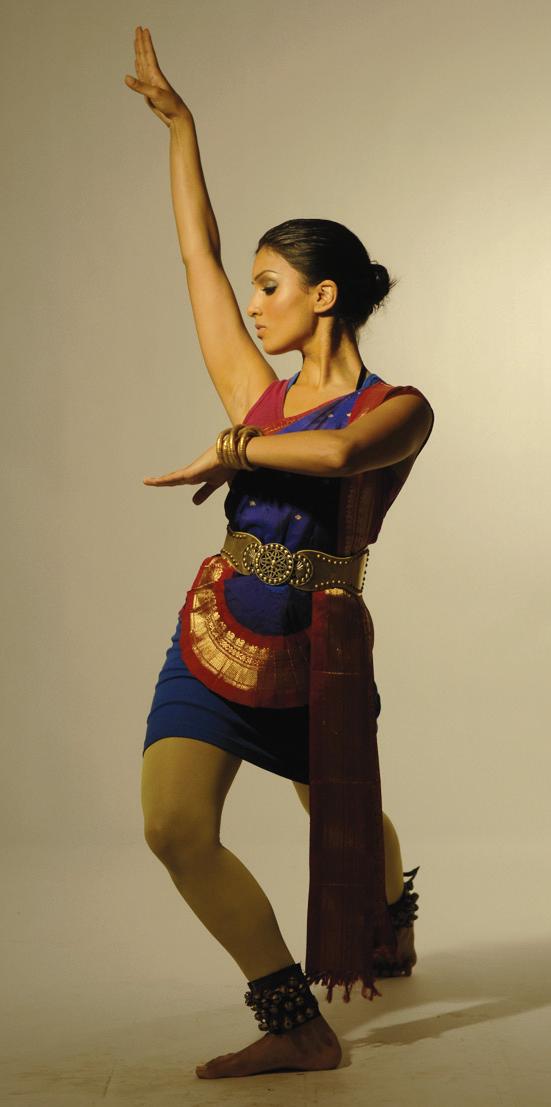
“I am so privileged to have my life,” said Pallavi. “Being able to oscillate between media, law, academics and performing art has made my perspective so unique in the Hindi film industry. This gave me the confidence to make a foray into what is termed as a very ‘difficult’ industry. I feel that I had a crack at it and a certain degree of success.”
It’s not every day that someone gives up a lucrative job offer with a famous law firm to try their luck in a notorious industry like Bollywood. How did her parents feel about her giving up padhai likhai to join Hindi films? “I did not give them much notice or choice,” confessed Pallavi. “I have always entertained the idea of joining the Hindi film industry. I fasttracked my school and University studies to get there. Born to academics, I was always interested in studies, I always achieved results so my parents felt that they owed it to me and accepted my choice. They give me a lot of confidence and support,” she added.
For Pallavi, it was as tough as predicted. “I can easily say that the last few years have been very difficult and I don’t necessarily have fond memories of my time trying to get a good break. The hardest thing to grapple with was how entrenched people are with a system and how hard it is to offer a fresh

or different perspective. I toughed it out and in the end my strong conviction pulled me through,” she revealed.
In 2009 Pallavi played the lead role of Sia in It’s All Been Arranged, an independent crossover film shot in New York. She is currently performing in Anuvab Pal’s dramatic theatre comedy, 1888 Dial India She has worked with stars like Shahrukh Khan in his latest release My Name is Khan and in her most recent project Dus Tola she has worked with veteran artist Manoj Bajpai. Without revealing too much about the film she tells us that it harkens back to innocent cinema of the ‘70s and is set in rural India. Dus Tola was directed by Ajoy Verma and it took 35 days to complete the shoot.

“For me it is all about performance,” responded Pallavi when asked if being famous and attaining stardom is important to her. “I have a much more glamorous life in Melbourne than I will ever have in Mumbai, so I am not in there for the glamour. The whole notion of stardom as being a goal is strange to me. My goal is to communicate to my audience through art, and if fame and stardom is a byproduct, then so be it,” she said philosophically.
Like her all time favourite actress Madhuri Dixit, Pallavi would love to do roles that challenge her dancing ability. “I would like to play strong female characters but am open to all possibilities. Talks are on with some good directors and producers for future projects; however for the moment I am taking it easy and am happy to be back in Melbourne,” said Pallavi.
FEBRUARY (2) 2010 <> 39 NATIONAL EDITION
PEOPLE www.indianlink.com.au


40 <> FEBRUARY (2) 2010 INDIAN LINK
Another record
First ODI double century
Batting legend Sachin Tendulkar created history again by becoming the first ever batsman to hit a double century in One-Day International cricket.
In the second match against South Africa at the Captain Roop Singh Stadium in Gwalior on Feb 24,Tendulkar scored an unbeaten 200 off 147 balls (25x4s, 3x6s) and broke the record of Zimbabwean Charles Coventry (194 not out) set against Bangladesh in Bulawayo last year.
India piled up 401 for three in 50 overs. In reply, South Africa were bowled out for 248 runs in 42.5 overs.
India skipper Mahendra Singh Dhoni remained unbeaten on 68 while Dinesh Karthik made 79.
For South Africa, A.B. de Villiers remained unbeaten on 114.

After being run out cheaply in the first ODI in Jaipur, Tendulkar looked set for the big innings right from the start. His innings was studded with a dazzling array of his trademark boundaries, the wristy shots.
He got to his 50 off only 37 balls with his ninth boundary and then hammered five more en route to his 46th ODI century, that came up in 90 deliveries.
Tendulkar broke the previous highest score of 194 in ODIs off 140 deliveries and took his time in the final over to get to 200.
After scoring his record unbeaten 200, batting maestro Sachin Tendulkar was happy that at the age of 36 he was good enough to last 50 overs, calling it “a good test of my fitness”.
“I’d like to bat another 50 overs at some stage and see that the fitness level doesn’t drop,” he said.
“I’m enjoying my cricket. I’ve always played the way I felt was the right way to play, have always done what I felt was good for the team. There have been times when I’ve made some bad decisions as a batsman, but as long as in my heart I know that whatever I’m doing is for the team at that moment, I’m going to go ahead with that,” said Tendulkar after India won the second one-day international against South Africa by 153 runs.
Asked about his extra-ordinary feat Tendulkar said: “I don’t know how to react to this. I was striking the ball and timing the ball well, it was coming on to the bat nicely. Yusuf (Pathan) came and changed the momentum and MS (Dhoni) really struck the ball well; it was due to their big hitting that we were able to put up such a big score. It was only when I got closer to the score that I realised that I had an
List of Tendulkar’s top ODI innings
opportunity and I could take the singles to give MS the strike”.
Skipper Dhoni had special words for Yusuf who hit an important 36 off 23 balls.
“Once Viru (Virender Sehwag) got out it was important to get some runs. Dinesh (Karthik) and Sachin batted really well. We were eyeing 350 when they were going strong. But Sachin batted through the innings and he played really well, using the pace of the ball when he got tired. Yusuf was sent up the order and with the talent he’s got, he can be a great asset to the side. I have changed my batting, but the situation demanded that kind (attacking) of innings. The ground is a small one, and we were a bit worried about the dew factor. But once they lost 3-4 early wickets, it was difficult for them to get back into the game,” he said.
South Africa captain Jacques Kallis said that his boys didn’t get their act right from the start.
“The toss was quite vital. Our basics were just weren’t good enough today. We were outplayed. A fantastic innings by Sachin; he took advantage of some good conditions and he played superbly. We let us down in some areas,” he said.
The Gwalior Division Cricket Association gifted Tendulkar with a silver bat and a Rs.1 million cheque. A pavilion at Captain Roop Singh Stadium will be named in his honour.
Prime Minister Manmohan Singh congratulated Sachin Tendulkar on scoring the first ever double century in one-day internationals.
Terming it a “magnificent achievement”, the prime minister said that Tendulkar had led by example and Indians were proud of his achievement.
Manmohan Singh also wished Tendulkar “many more glorious years” in cricket.
Maharashtra Governor K. Sankaranarayanan and Chief Minister Ashok Chavan also congratulated Mumbai-born Sachin Tendulkar for scoring the first ever one-Day International double century.
In a message, the governor said: “The entire nation and cricket lovers across the world are proud of you for setting the much-awaited world record by scoring the first-ever double century in a one-day international game against South Africa.”
Top individual ODI scores
Sankaranarayanan noted that the record is “particularly special, as it took many years to better the previous best record”.
In his message, Chavan said, “Sachin Tendulkar has made us all proud by his heroic innings.”
Deputy Chief Minister Chhagan Bhujbal, lauding the feat, termed Tendulkar as a “Vikramadhipati” and a great living cricket legend.
India and South Africa play the third and now inconsequential ODI in Ahmedabad on Saturday Feb 28th. From IANS reports
FEBRUARY (2) 2010 <> 41 NATIONAL EDITION SPORT www.indianlink.com.au
As long as in my heart I know that whatever I’m doing is for the team at that moment, I’m going to go ahead with that
Runs Balls S.R. Opponents Venue Date Result 200* 147 136.05 South Africa Gwalior 24.2.2010 Won 186* 150 124.00 New Zealand Hyderabad 8.11.1999 Won 175 141 124.11 Australia Hyderabad 5.11.2009 Lost 163* 133 122.55 New Zealand Christchurch 8.3.2009 Won 152 151 100.66 Namibia Pietermaritzburg 23.2.2003 Won 146 153 95.42 Zimbabwe Jodhpur 8.12.2000 Lost 146 132 110.60 Kenya Paarl 24.10.2001 Won 143 131 109.16 Australia Sharjah 22.4.1998 Lost 141* 148 95.27 West Indies Kuala Lumpur 14.9.2006 Lost 141 128 110.15 Australia Dhaka 28.10.1998 Won 141 135 104.44 Pakistan Rawalpindi 16.3.2004 Lost 140* 101 138.61 Kenya Bristol 23.5.1999 Won
Runs Balls Batsman Against Venue Date 200* 147 Sachin Tendulkar (Ind) South Africa Gwalior 24.2.2010 194* 156 Charles Coventry (Zim) Bangladesh Bulawayo 16.8.2009 194 146 Saeed Anwar (Pak) India Chennai 21.5.1997 189 * 170 Vivian Richards (WI) England Manchester 31.5.1984 189 161 Sanath Jayasuriya (SL) India Sharjah 29.10.2000 188* 159 Gary Kirsten (SA) UAE Rawalpindi 16.2.1996 186* 150 Sachin Tendulkar (Ind) New Zealand Hyderabad 8.11.1999 183* 145 M.S. Dhoni (Ind) Sri Lanka Jaipur 31.10.2005 183 158 Sourav Ganguly (Ind) Sri Lanka Taunton 26.5.1999 181* 166 Matthew Hayden (Aus) New Zealand Hamilton 20.2.2007 181* 125 Vivian Richards (WI) Sri Lanka Karachi 13.10.1987
Photo: AP
for Sachin!
Moongardening
out of your garden
You may not have ever heard of it, but gardening by the phases of the moon is not a new fad. It’s a technique that has been around for hundreds of years and farmers and gardening aficionados agree that germination of the seeds can be sped up by working with the forces of nature.
Before the invention of watches to tell time, the most reliable sources were the moon, sun and the stars. It was during these times that moon calendars were compiled through trial and error and much experimentation, to aid farming. It is unclear about who should be credited with inventing them, but the Egyptians and Babylonians are equal contenders. It is believed that farmers had planting calendars based on the moon phases. As these calendars were passed on through generations, they evolved to represent a sophisticated farming technique. And along with planting, harvest times had to coincide with the correct position of the moon as well to ensure the crops lasted longer, which depended on how the crop stored water at different times in the lunar cycle.
Today the world is rediscovering the benefits of lunar planting and detailed moon calendars are available to use and modify as we go.
Here’s an attempt at explaining how it works: The laws of gravity prove that ocean tides are affected by the gravitational pull of the moon. Even though the sun is larger than the moon, the proximity of the moon to the earth means its pull is stronger. The gravity of the passing moon pulls the body of water nearest to it away from the earth beneath it, at
the same time pulling the earth at its farthest side away from the water. In this way two tidal bulges are created on opposite sides of the earth. These lunar phases control the water content of the soil, creating more moisture in it at the time of the new and full moon. The increased moisture stimulates root and seed growth.
Tests have proven that the seeds absorb the most water at the time of full moon when the sun and the moon pull from the opposite sides of the earth and high tides are also created when they are on the same side at the new moon phase. This result in optimal growth, larger harvests and plants don’t go to seed as fast. The procedure compliments organic gardening as it is more effective in non-chemically treated soil. There are three methods of planting by the moon: the Synodic, the Sidereal and the Biodynamic cycle.
Synodic cycle
This simple form of moon planting divides the lunar cycle into four phases or quarters. It is the waxing and waning cycle taking 29.6 days to complete. To use this method, plants are grouped into categories like root crops, foliage, plants with seeds on the outside, and those with seeds on the inside. Then the plants are assigned to the phases of the moon which best suits their growing characteristics. When the moon is in the waxing phases, the increasing amount of moonlight stimulates leaf growth and as the moonlight decreases the ‘above ground’ leaf growth slows down making way for root growth. The days before full moon yield maximum germination.
Biodynamic cycle
This is a more detailed process employing the position of the moon as it passes through the 12 zodiac signs. In addition, the positions of Venus and Saturn also play a large part
in the Biodynamic farming calendar along with eclipses, etc. This method of planting establishes a relationship between the elements of earth, air, fire, and water to different parts of the plants. Earth corresponds to roots, water to leaf growth, fire to seed production, and air to flowers.
Here is a basic guide for planting by the Biodynamic cycle.
Aries, Leo and Sagittarius These are fire signs indicating barren and dry times. When the moon passes through them it is time to harvest roots and fruits for storage like carrots, onions and parsnip. This is the time to destroy weeds and pests.
Taurus, Virgo and Capricorn These earth signs are good for planting and transplanting root crops like potatoes and leafy vegetables like lettuce, cabbage and spinach. Some flowers and vines favour these signs. These are also good for grafting, pruning and applying organic fertilizer. Gemini, Libra and Aquarius These are air signs which are barren and dry. These are good times for cultivating and harvesting roots and fruits. Melon seeds respond well as do some beautiful and fragrant flowers, vines and herbs. This is also a good time for planting pulpy stems like kohlrabi, and root crops.
Cancer, Scorpio and Pisces These water signs are very fruitful and best for all planting, transplanting, grafting and irrigation. Try these signs for broccoli and cauliflower. Tomatoes, corn and squashes love Scorpio. Grafting or pruning in the third and fourth quarter retards growth and promotes better fruit.
Sidereal cycle
The third method of planting by the moon is by the sidereal cycle. This is very similar to the Biodynamic cycle except in this only the moons orbit around the earth is used to identify the best times to sow and harvest. The sidereal cycle takes 27.3 days to complete. The orbit is divided into 12 equal 30 degree sections to represent the position of the moon in the sky, but it may not be the same as the current moon position.
Gardening by the moon is fast gaining popularity today and with the aid of advance technologies like the internet, all information on gardening by moon calendars and expert advice is at your finger tips. So if you have a green thumb, give it a shot.
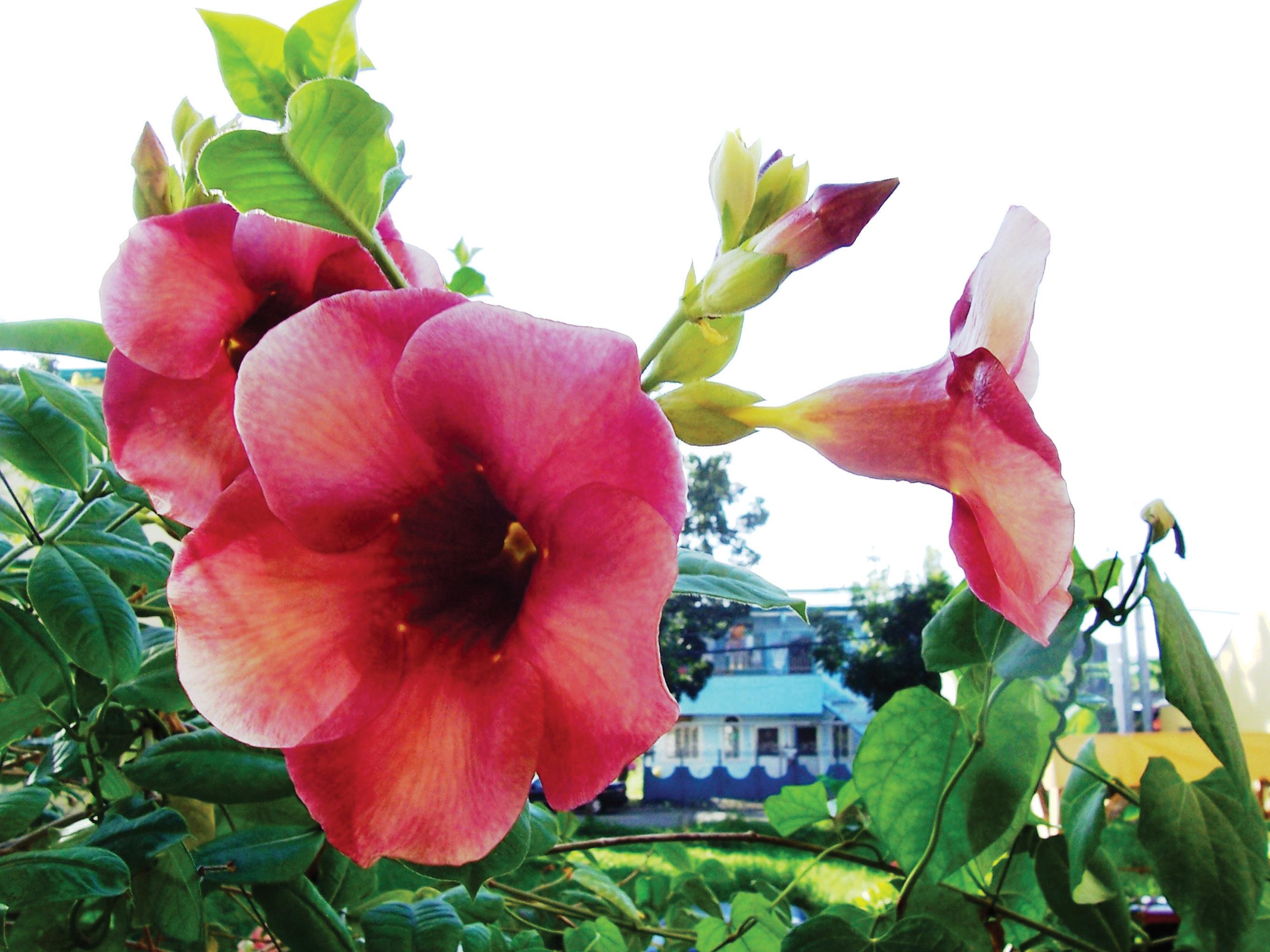
LIFESTYLE www.indianlink.com.au
When the moon is in the waxing phase, the increasing amount of moonlight stimulates leaf growth and as the moonlight decreases the ‘above ground’ leaf growth slows down making way for root growth
FARZANA SHAKIR on a contemporary method of getting the best





FEBRUARY (2) 2010 <> 43 NATIONAL EDITION We are exclusive agents for Australia, New Zealand and Fiji Buy Direct and Save Whole sale enquiries only Minimum purchase order 1 ctn of 50 boxes of 50 pouches Export quality 2 years expiry RMD original Rasiklal Dhariwal Gutkha, air-frieghted every week to preserve freshness. First time legal in sale in Australia CONTACT: - NAVI SINGH PHONE:- 0403280200 Place your order at:- manikchand@live.com






44 <> FEBRUARY (2) 2010 INDIAN LINK SENDING MONEY OVERSEAS? LET YOUR MONEY TRAVEL FIRST CLASS AT ECONOMY RATES. Make sure your hard earned money gets the care it deserves. At Currency Exchange International, we specialise in giving you the best possible service at the most competitive reats. Located in the heart of Sydney, we are well connected to guarantee speed, accuracy and reliablity. Because your money deserves nothing less. Mon - Fri 8.30 am to 6 pm, Sat - Sun: 10.00 am to 5.00 pm No commission No transaction fees* *except A$ T/Cs for Fx transactions Remittance Services We also buy/sell most foreign currencies and traveller’s cheques at very competive rates. Free Collection/Delivery of Foreign Currency in Sydney CBD Send TTs to all major countries Head Office: 8, 505-523 George Street Sydney NSW 2000. Tel: 02 9269 0400, Fax 02 9269 0379
Taekidokai
There are many forms of Martial Arts. Taekidokai is one of them, a rare form which is practiced in Australia and New Zealand.
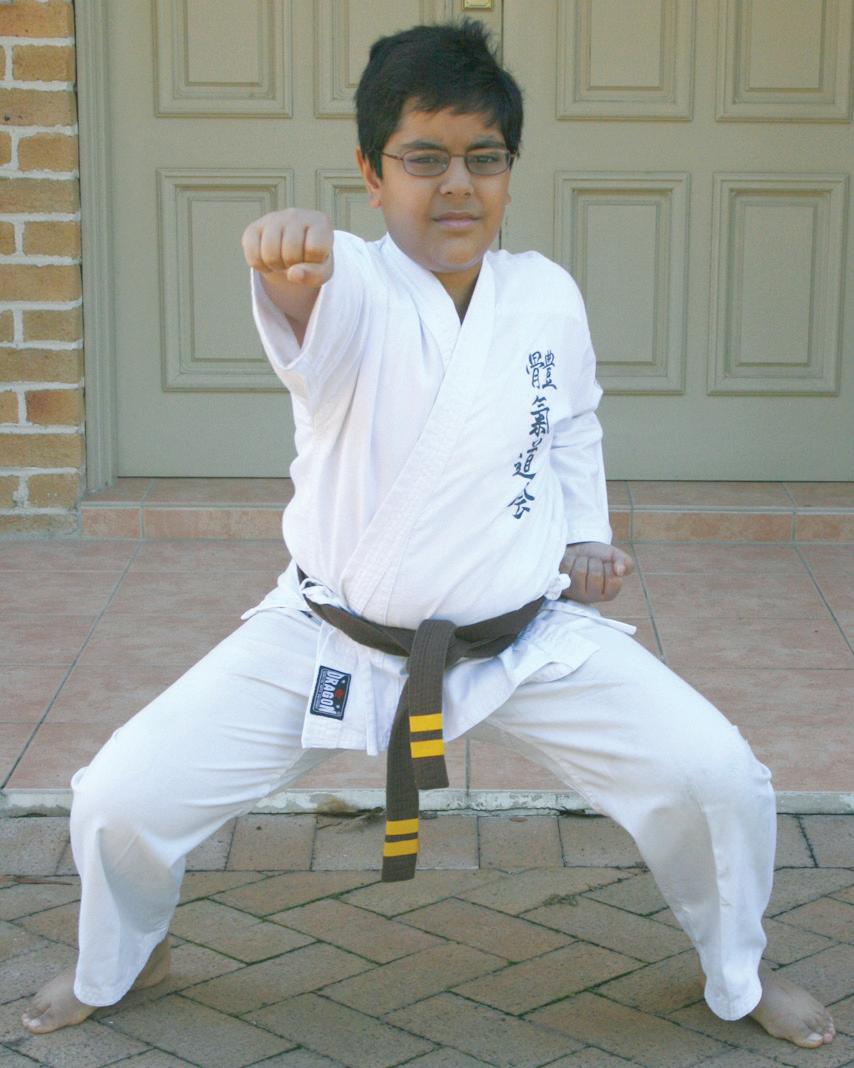
Though it may be hard to find, Taekidokai is an excellent form of martial arts which teaches children and adults to strike when attacked. It can be useful as self defense for schoolrelated issues such as bullying. For adults, it is the best way to be protected from thugs and muggers.
Sensei Rodney Day is believed to be the founder of Taekidokai. There are 25 belts or levels in this martial art. These range from Kokyu (Juniors) to Kyu (Seniors). Persons who have passed the black belt stage became ‘Dans’.
Some kids learning Taekidokai are as young as five. I started a bit late, at ten, but it has been well worth it. I think what made me do it was because in movies, there is a lot of martial arts, and I thought it would be awesome to learn martial arts so I could be a hero one day. Also, it teaches me self defense. I have a lot to achieve, but I enjoy the weekly lessons.
First we do warm-ups, then lots of exercises. These range from front splits (stretching your legs as far apart as you can vertically) to intense races (such as, run to the wall and do five push ups, then run to the next wall and do four sit ups, each wall one less exercise). Then we get down to real work. We perform our katas (a series of set Taekidokai movements) and get judged by our teacher. During the last fifteen minutes, we do some sparring. Sparring is a practice match with our classmates. After an hour, we are all exhausted and are allowed to go home.
Some of my favourite moves are the flying kick and reverse punch: I have seen stunt doubles in movies perform those moves and I think they look really awesome. Some moves I do not like, are the high punch and the front kick.
My coach is a third Dan black belt named Hanshi Kevin. He is very strict, but funny as well. He is always very well-organised, but sometimes he goes overtime.
At grading, every few months, we get tested by Sensei. He checks whether we know our kata, and also our exercise routines. If we pass the grading, we get our next belt. I am currently on Brown Two. I can’t wait till I become Senior.
Pearlofwisdom
Laugh out loud
What do Alexander the Great and Winnie the Pooh have in common? They both have ‘the’ as their middle names! What do polar bears have for lunch?
Ice burger!
Why did the footballer hold his boot to his ear? Because he liked sole music!
What powerful reptile is found in the Sydney opera house?
The Lizard of Oz!
Why aren’t football stadiums built in outer space? Because there is no atmosphere
What tea do footballers drink?
Penaltea! DL
Foto Corner
Snails, anyone? We ate escargot when we went to Paris. And yes, we thought they were yummy…
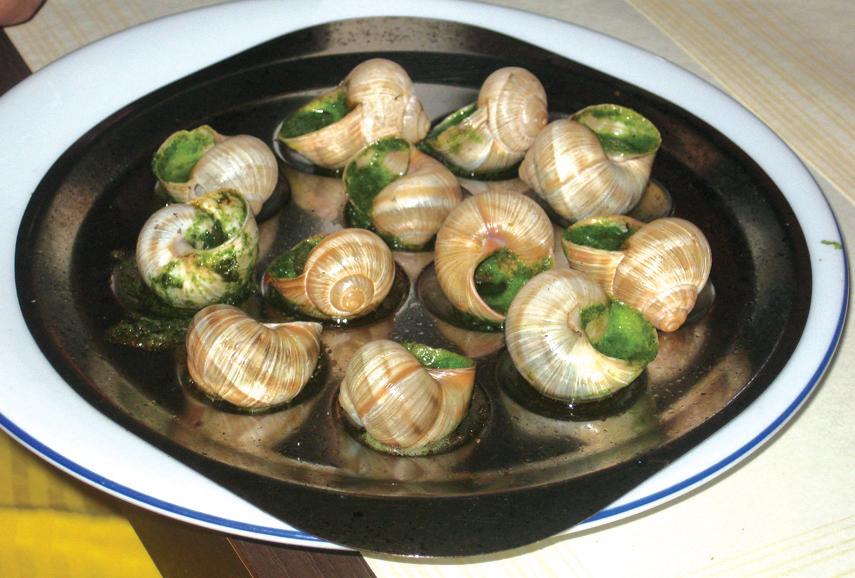
Did you know
1. Right handed people tend to chew food on the right side. Left handed people tend to chew food on the left.
2. If you stop getting thirsty, you need to drink more water - when a human body is dehydrated, its thirst mechanism shuts off.
3 Your tongue is germ free only if it is pink. If it is white there is a thin film of bacteria on it.
4. The pupil of your eye expands as much as 45 percent when you look at something pleasing.
5. Laughing lowers levels of stress hormones and strengthens the immune system. Six-year-olds laugh an average of 300 times a day. Adults only laugh 15 to 100 times a day.

6. The roar that we hear when we place a seashell next to our ear is not the ocean, but rather the sound of blood surging through the veins in the ear.
7. Men’s shirts have the buttons on the right, but women’s shirts have the buttons on the left. DL
Idiosyncracy Strange, weird habit, example, “She has to have an orange before she goes to bed or she won’t sleep.” DL
Ominous Signifying evil or harm; threatening; inauspicious
Ev ery time I am at home andIamgetting on my parents’ nerves, they wish I was at camp. And every time I’m at camp and nothing’s bothering them, they miss me.
FEBRUARY (2) 2010 <> 45 NATIONAL EDITION
ML
I learnt a new word
KIDS www.indianlink.com.au
Photo: Manan Luthra
Idyllic Indian impressions
BY SHAFEEN MUSTAQ
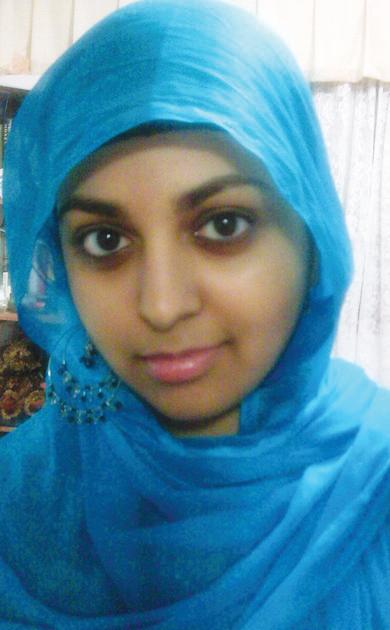
Easy-to-cook ways with traditional offerings
As the number of televisions shows about food step up in proportion to the fame of weight loss shows and programs, the focus has shifted from the quantity of food to the quality of our food. This comes as a surprise to many of us in the subcontinent who grew up with a staple minimum of three or four dishes as we sat down to a family dinner. So how does Indian
cuisine fare in a society whose focus is now on healthy eating and wilful avoidance of overindulgence in oils, spices and overcooking ... three things India cooking is famous for? These recipes show that Indian cooking is more than masala mixes; it’s a celebration of quality ingredients with good technique to produce dishes that can be enjoyed time and time again.
Chicken Tikka
The literal meaning of tikka in the Persian, Urdu, and Punjabi languages is “bits, pieces”. The Punjabi version of the dish, however, is barbecued on red-hot coal and does not always contain boneless pieces.
Tikkas are small pieces of chicken, usually boneless, traditionally baked in a tandoor, after marinating in spices and yoghurt. The pieces are brushed with ghee at intervals, which gives its taste, while being continuously fanned. It is typically eaten with a green coriander and tamarind chutney, served with onion rings and lemons, or used in preparing a chicken tikka masala. You can make this dish at home without a tandoor, without the excessive spices and without the continuous brushing of ghee to make this a healthier alternative.

Palak Paneer
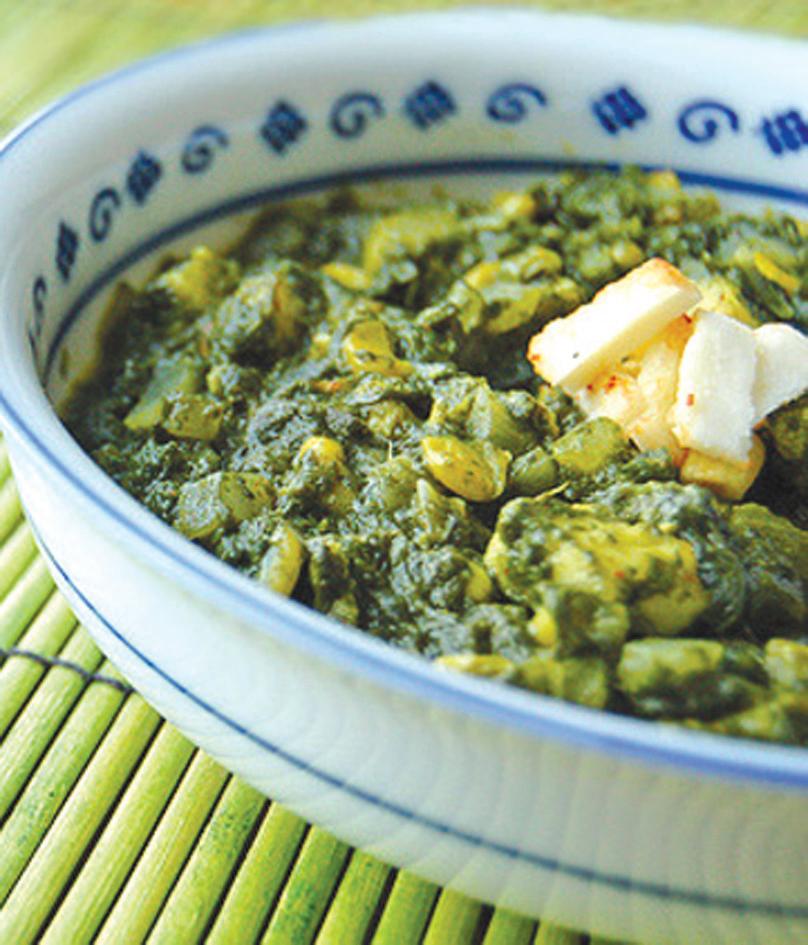
200 gms paneer
1 medium size bunch palak (spinach) or equivalent washed and cut spinach
1 small carrot, chopped
1 small cucumber, chopped
2 tomatoes, chopped
1” piece ginger, chopped
1 onion, finely chopped
½ cup green peas
3 green chillies
3 tsp canola oil
1 tbsp yogurt
1 tsp lime juice
1 tsp red chilli powder
2 tsp coriander powder
800 grams of chicken breast fillets
1cup yoghurt well beaten
1 tsp each garam masala, cumin and red chilli powder
4 whole red chillies made into a paste with a little water
1 tbsp each of ginger and garlic paste
1 tbsp dried fenugreek leaves (kasoori methi)
2 tbsp lemon juice
2 tbsp oil
Butter for basting
Salt to taste
Finely cut onion rings, lemon wedges and finely chopped coriander leaves for garnishing
½ tsp turmeric powder
½ tsp garam masala
Salt to taste.
Cut paneer into pieces of size 1cm x 1.5 cm, 0.5 cm thick.
Wash spinach and remove thicker stems.
In a deep skillet put spinach, carrot, cucumber, green chillies, 1 tomato, and ginger. Add 1 cup water and cover. Heat the skillet on medium heat until the spinach become soft, about 5 minutes.
Remove the skillet from burner and let it cool. Drain all the water and keep it separately. Transfer all the contents of the skillet into a blender and blend to make a
Make small incisions onto the chicken pieces. Apply a mixture of red chilli powder, half of the lemon juice and salt to them and keep aside for about an hour.
Whisk the yoghurt in a bowl and combine the rest of the ingredients. Mix well. Rub this marinade well into the chicken pieces and refrigerate for at least four hours.
Skewer the chicken pieces and roast in a preheated oven for about 12 minutes or till the chicken is almost done.
Baste the chicken chunks with butter and roast for another 3 minutes.
Garnish with onion rings, lemon wedges and finely chopped coriander leaves.
paste.
Put skillet on medium heat. Add oil when the skillet is warm. When the oil gets heated, add chopped onion and cook till it turns light brown.
Add peas, tomato and the drained water, and cook for 2 minutes. Add all the spices and cook for 5 minutes. Add the blended spinach, stir and cook for 5 minutes. Add paneer pieces and mix.
Sambar
Sambar is a dish common in South India and Sri Lankan Tamil cuisines, made of tuvar dal. The origin of this dish is uncertain though legend has it that it originated
46 <> FEBRUARY (2) 2010 INDIAN LINK
FOOD
in the kitchen of Thanjavur Marathas ruler Shahji, during the 18th century. It is believed that Shahji had a liking for a dish called amti which had kokum as one of its main ingredients. In one particular season, the kokum which was imported from the Maratha homeland ran out of supply and so the cook used tamarind pulp for sourness instead. Shahji had the dish made with the tuvar dal, vegetables, spices and the tamarind pulp, to serve his coterie and his cousin, Sambhaji who was visiting him. The court liked the dish and named it sambhar after the guest of the day, Sambhaji. Today
Dhokla
Dhokla is a staple snack from the Indian state of Gujarat made with a fermented batter of chickpeas. It is an ideal replacement for the chips and chocolate kids involuntarily reach out for between meals.
1 cup gram flour (besan)
1 tbsp lemon juice
1 tsp sugar
½ tsp soda / fruit salt
1 tbsp yoghurt
½ tsp ginger paste
½ tsp turmeric powder
½ tsp sesame seeds
½ tsp turmeric powder
2 tsp oil
Salt to taste
5 small dry red chillies (or to taste)
8 curry leaves
1 medium onion (shallots are preferable)
½ tsp mustard seeds
¼ tsp asafoetida (optional)
½ tsp fenugreek seeds
1 large tomato
2 tbsp sambar powder
¼ cup chopped coriander
1 cup of chopped vegetables of your choice like green beans, chopped carrot, eggplant, cauliflower
Soak the tamarind in 1 cup water for 20 minutes. Squeeze it out, adding water little by little to prepare 1 cup of juice. Choose a heavy cooking pot. Wash and clean the dal. Boil 2 cups of water and add the dal, turmeric powder and 1 tsp oil. As the dal boils, skim off the foam and discard. Boil until the dal is soft and then mash it coarsely. If needed, add more water as it is boiling but do not let it get too watery. If you use a pressure cooker it will take about 5 minutes.
In a separate pan, heat to medium and pour in the remaining oil. Once the oil is hot, add the chillies, mustard seeds, fenugreek and curry leaves and sauté for 2 minutes. Add the onion and brown lightly. Add the tamarind extract and let boil lightly until the onions are cooked. Add this mixture to the dal with asafoetida, tomato, vegetable of choice and sambar powder. Allow this to boil for 5 to 10 minutes and remove from the heat. Garnish with coriander.
½ tsp mustard seeds
1 tbsp coconut powder
2 tbsp chopped green coriander leaves
1 tbsp curry leaves
2 thinly sliced green chillies
Salt to taste
Pista and Kesar Kulfi
Mango kulfi has become widely known as a popular Indian dessert. The pista and kesar are a more exotic twist on an old favourite and are sure to keep everyone licking their lips!
2 litres milk
400 gms sugar
200 gms crushed pistachio
½ tin condensed milk
2 gms saffron
8 drops green food colouring
Kulfi moulds
Place milk, sugar and condensed milk in a heavy bottomed pan. Place over a medium flame and stir with a wooden spoon till the mixture becomes almost half the original amount.
Add the crushed pistachios and remove from heat. Warm the saffron on a tava and crumble into the mixture and place on a low heat for 5 minutes more.
Remove from the fire and cool.

Pour into the kulfi moulds and freeze, for 3 to 4 hours.
3 tbsp vegetable oil
Mix gram flour, 1 tbsp oil, lemon juice, sugar, yogurt, ginger paste, turmeric powder and salt. Add boiled water just enough to make a thick smooth paste. Add soda or fruit salt and stir it well.
Pour the dhokla paste into a greased vessel and steam for about 10-12 minutes.
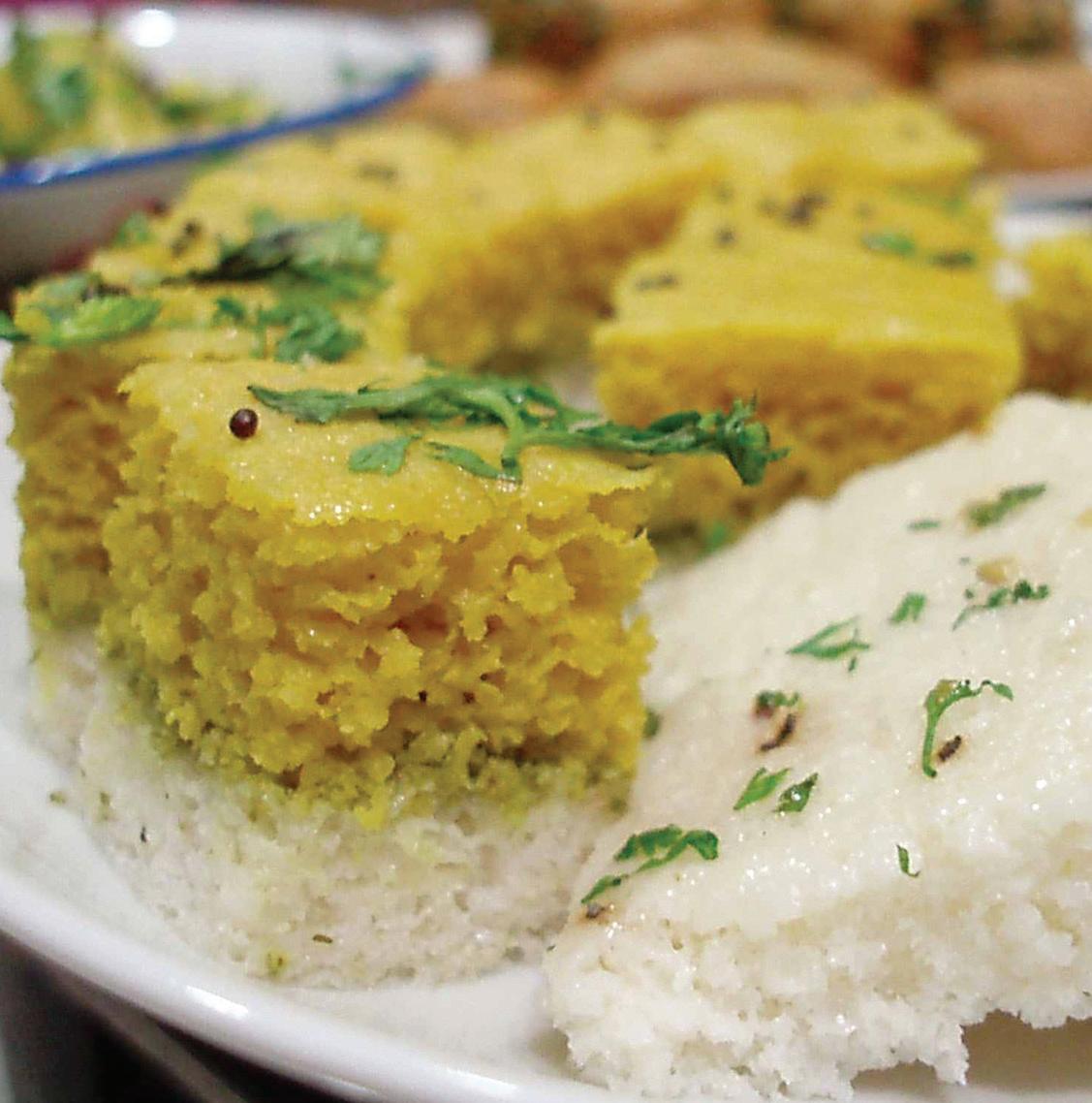
Once the dhokla is done, cut it into square or diamond shape pieces. Heat oil in a frying pan. Add mustard seeds, sesame seeds, curry leaves and sliced green chilli. When the mustard seeds start spluttering, remove the pan from heat.
Pour this over the steamed dhokla.
Garnish with chopped green coriander leaves and coconut powder. Serve hot your choice of chutney
Green Rice

A pleasant change from the heavy biryanis, teharis and pulaos are the fragrant and flavoured rices that are staples for many Indian families. Tamarind rice, Lemon rice, Coconut and yoghurt rice are among many favourites. The green rice is a healthy and easy to make alternative.
2 cups rice
1 bunch spinach, chopped and blended to a fine puree
2 onions, finely chopped
4 green chillies, chopped
1 cinnamon stick
2 cloves
Mix the rice with water and cook until it is done.
Heat ghee in a pan and fry the cloves, cinnamon, green chillies and onions until golden.
Then add spinach puree, salt and cook until the raw smell of the spinach disappears. When the ghee floats on the top of the spinach mixture, add cooked rice and mix well.
Mix well so that the spinach puree combines well with rice, and serve hot.
Eggplant (Baingan) Bharta


1 large eggplant, uniformly dark in colour
1 onion, finely chopped
1 tomato, finely chopped or equivalent tomato puree
1 tbsp green peas
1 green chilli
1” piece ginger, finely chopped
2 garlic cloves, crushed
Salt to taste.
Cut the eggplant into two pieces lengthwise from middle. Spread an aluminium sheet on a tray and place the eggplant pieces. Grill at 180 degrees for 15 minutes.
Reverse the side of eggplant and broil for another 15 minutes. The skin of the eggplant should become wrinkled and dark due to burning (a light burning of the skin gives the dish its wonderfully smoky taste). Remove the eggplant and let cool. Remove the skin of the eggplant pieces and crush them by your hand. Keep aside.
Heat oil in a non-stick frying pan. When the oil is heated, add onion and stir for 5-7 minutes on medium heat till it starts to turn light brown.
Add tomato, ginger, garlic, peas, green chilli, all the spices and lemon juice, and stir for another 5 minutes. Now add eggplant, stir well for 2-3 minutes to mix.
Garnish baingan bharta with chopped coriander leaves.
FEBRUARY (2) 2010 <> 47 NATIONAL EDITION www.indianlink.com.au
Himalaya Spice Centre

Your one-stop spice shop


48 <> FEBRUARY (2) 2010 INDIAN LINK
Bollywood and beyond
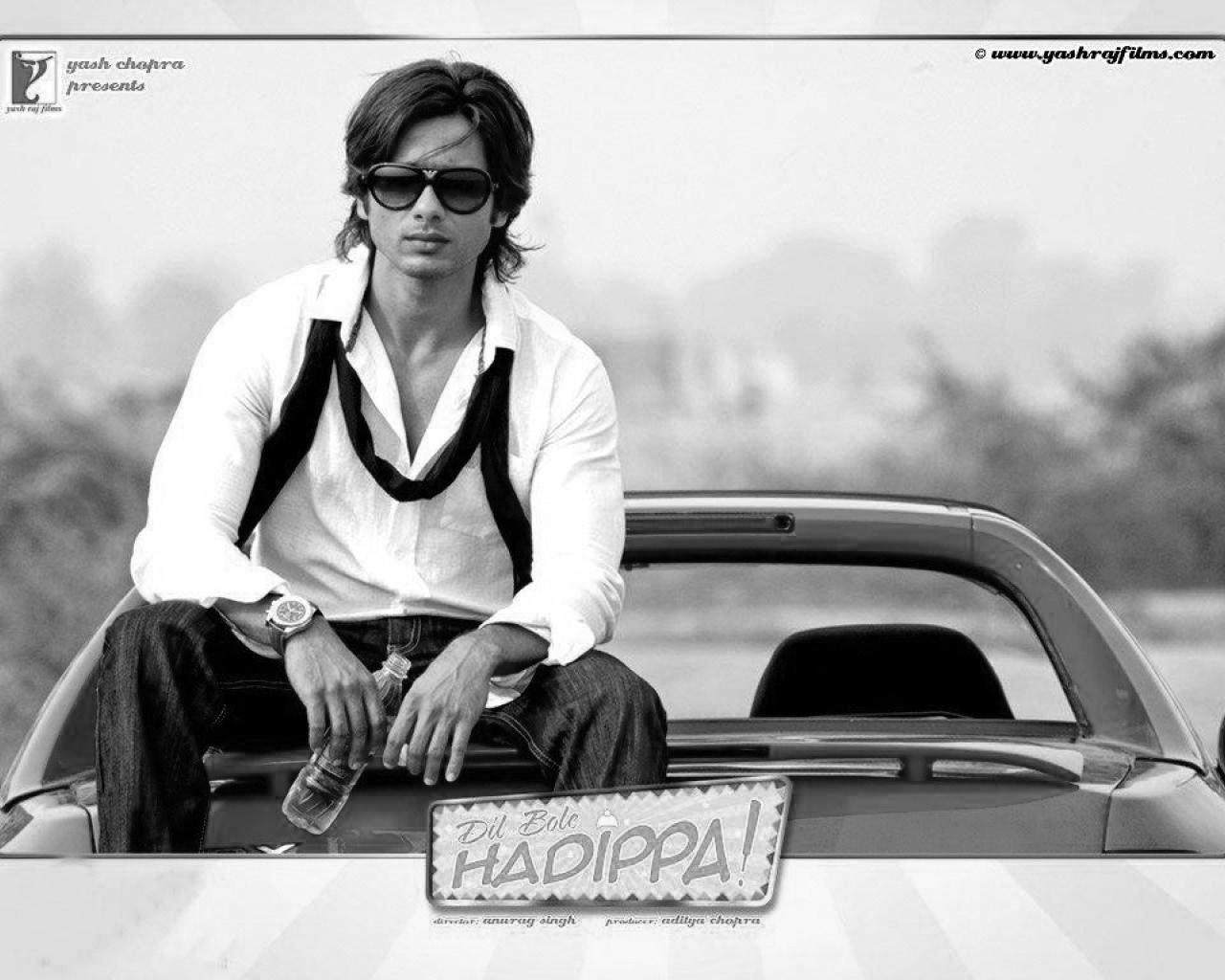
Bollywood & Beyond, the Indian Film Festival 2010 is set to take Australia and New Zealand by storm, with launches in Melbourne, Sydney, Perth and Auckland.
Rani Mukherjee, acclaimed film actress and one of Bollywood’s brightest stars, will light up the stage as she opens the Melbourne and Sydney editions of the festival. Bollywood & Beyond 2010 will be the biggest and most exciting Indian film festival ever held in Australia, with over 30 films being screened. This year, the festival promises rare treats and introspective glimpses into the world of Indian cinema ranging from seductive romantic comedies to nail-biting thrillers; from thought provoking social dramas to fascinating documentaries.
Well-acclaimed movies like Three Idiots, Dev D and Dil Bole Hadippa will be screened alongside ‘beyond Bollywood’ masterpieces like Chaturanga (Bengali), Harish Chandrarachi Factory (Marathi) and Kanchivaram (Tamil). Documentaries featured will display powerful themes like Antardhwani, a soulful journey into the musical realm of santoor maestro Shiv Kumar Sharma; Ladies Special, an account of journeys of women commuters on Mumbai’s trains; and The Journalist and the Jihadi, which traces parallel lives of a Wall Street journalist and a jihadi Melbourne will also see a contingent of the best and most successful Hindi films makers – Rajkumar Hirani (director of the highest grossing Hindi film of all time 3 Idiots) and Imtiaz Ali, the highly talented director of superhits Jab We Met & Love Aaj Kal. Also attending will be actor/producer/ director Sohail Khan, star of Main aur Mrs Khanna which was filmed in Melbourne and which will have a special screening at Federation Square.
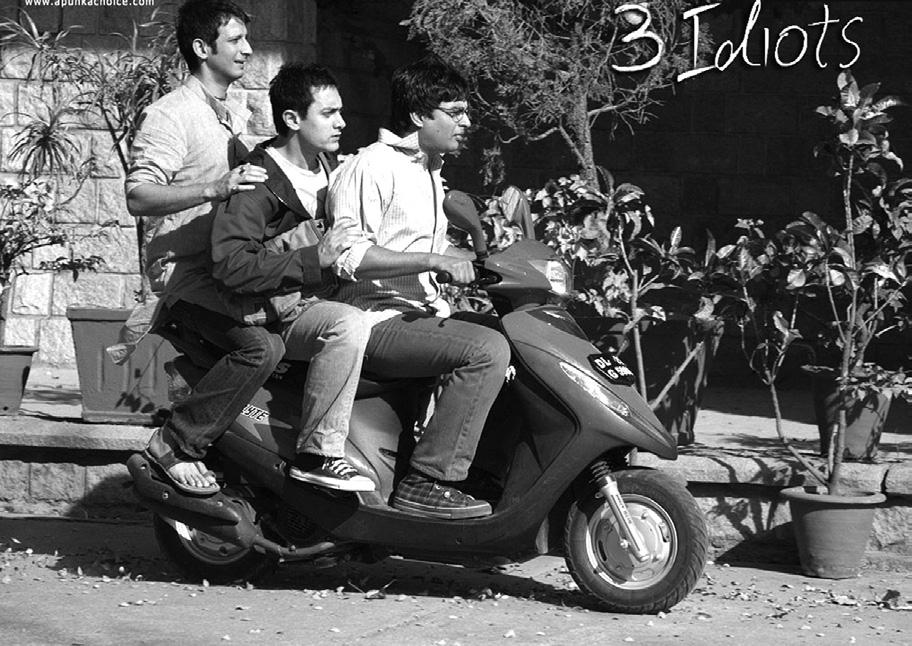
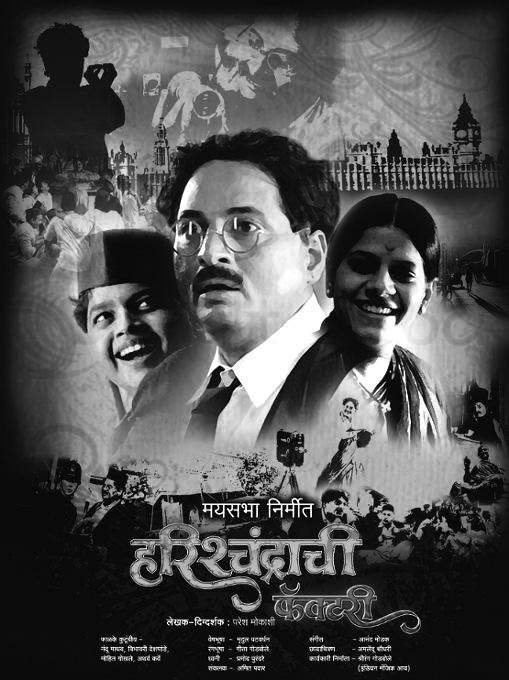
Rani Mukherjee’s new film the delightful Dil Bole Hadippa will open the festivals introduced by Rani and the director, Anurag Singh.
For the first time ever, the Indian Film Festival will have five distinctive sections which are: Best of recent Bollywood; a selected retrospect of Rani Mukherjee; a range of acclaimed Indian regional cinema; a series of award winning documentaries and short films; and screenings of the finalists of the inaugural Short Film Competition. The Bollywood section will feature 12 diverse features amply demonstrating the diversity of style and content in contemporary Bollywood.

The regional section again highlights
English. The award winning film from the re-emerging Marathi cinema Harischandrachi Factory, and a preview of Rituparno Ghosh’s new feature Shob Choritro Kalponik will also be screened.
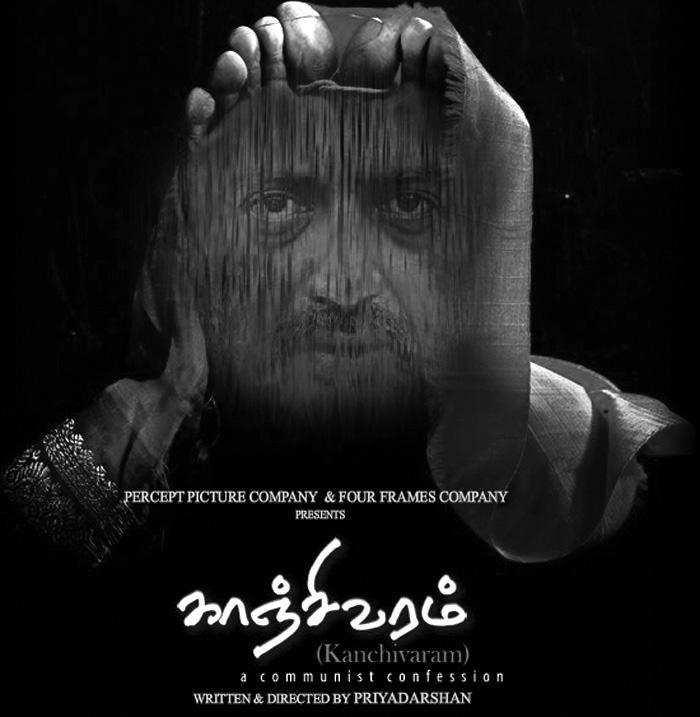
Something for everyone!
This year the festival is not just about watching the movies, but has taken on a more interactive and involved role. Some of the highlights on offer are:
Meet the stars A Q&A session with Rani Mukherjee will offer you insights into the life of this young and talented star
Meet the film makers Q&A sessions will be conducted with some of India’s most talented directors including Raju Hirani (3 Idiots), Imtiaz Ali (Love Aaj Kal), Sohail Khan (actor/producer Main Aurr Mrs Khanna) and Anurag Singh (Dil Bole Hadippa).
Premiere screening of award winning Bengali director Rituparno Ghosh’s new feature Shob Choritro Kalponik starring Bipasha Basu
Short Film competition Films by finalists in this category will be screened, and some of them are outstanding pieces of work. The competition has attracted entries from around the world.
Film awards: Awards will be presented for the Best Film, Best Director, Best Short Film (Australia), Best Short Film (NZ),
Best Short Film (India and Beyond), among others.
The Indian Film Festival IFF’s advisory board includes leading lights in the film industry like Ronnie Screwala (CEO, UTV), Amit Khanna (Chairman, Reliance Entertainment) and Simi Garewal (Film Maker/Actress).
Major sponsors of the event include Tourism Victoria, Melbourne Film Office, Western Union and Singapore Airlines. Says Yash Chopra, distinguished film maker, producer, director and patron of the festival, “It is wonderful to see Indian films being watched and appreciated by film lovers from all over the world, especially in Australia and New Zealand. The Indian film festival Bollywood & beyond has a wonderful selection of films in Hindi and other languages. I am also very happy to see such interesting films that have been made by you being shortlisted to screen with the feature films through the ‘Short Film Competition’ organised as a part of the festival. We are proud that our films are a part of this festival and I wish the festival all the best.”
Adrienne McKibbins, Executive Officer ad Awards Manager of the Film Critics Circle of Australia, says, “The IFF will offer an interesting overview of not just Bollywood, but the entire Indian film industry. The normal misconception is that Bollywood films are all about just song and dance, but the selection of movies in the festival will show that there are different depths to Hindi films, and that they can tackle serious and relevant social issues as well. By viewing a diverse range of these films, hopefully the Australian audience will be able to garner a better understanding of India.”
Adrienne also hopes that the Australian media, critics and reviewers use the festival as an opportunity to take more notice of Indian films and write about them, which will induce more Australians to watch these films. Many Australians are attracted to India and its diversity, and these films offer a realistic and well-portrayed glimpse into the country.
The Gala Opening will be attended by a host of Bollywood stars and filmmakers and the festival will offer a wonderful opportunity to see the diversity of filmmaking, scope of production and sheer cinematic entertainment from one of the most prolific film industries in the world. Visit the official IFF website at www. iff2010.com
Short film and video competition
The IFF 2010’s short film and video competition received numerous entries, some of which are on par with the best in the industry. The aim of the competition was to promote enterprising and aspiring filmmakers and showcase their talent to a broader audience. Each film and video had to have some connection with India, whether it is the location, a key Indian crew member or a reference to India or Indian culture in the context. The films are less than ten minutes and shot on various formats.
Three winners – one from India, one from Australia, and one from New Zealand and elsewhere will be selected. There will be approximately 10 shortlisted entries.
The three winning films will be awarded IFF2010’s Best Short Film award to be presented in Melbourne at IFF2010’s Gala Awards Night.
The winning and shortlisted films will be screened at the festival in Melbourne, Sydney, Perth and Auckland. The winning film will also be screened on both Australia and India’s ‘World Movies’ television channel and in New Zealand on Triangle TV (approx. 300 million viewers across three countries).
Prize-winners will enjoy a trip to India, an internship on a major Bollywood film production, and will walk the red carpet with high profile members of the Australian and Indian film industries. It’s an exciting and fantastic opportunity for talented filmmakers.
Opening night
The gala opening night of Bollywood & Beyond in Sydney will be a fun-filled, glittering night of glamour, song, dance and competitions. Actress Rani Mukherjee and director Anurag Singh will be present, along with other leading lights from Indian and Australian cinema. Exciting competitions have been lined up:
* Come dressed as a Bollywood star
* Bring along your favourite Indian snapshot for the festival’s photoboard
* Tell the festival who you think deserves ‘One Tight Slap’
Win prizes for all these, awarded by the visiting VIPs.
There will also be high-energy dance performances and colourful fashion parades, all displayed by local Sydney talent. So come to the opening night party and enjoy an exciting and eventful evening.
Date : March 12, 2010
Venue: Hoyts Cinema Paris, Entertainment Quarter

Time : 6 :30pm onwards
Festival Dates
Melbourne – Cinema Nova 10th to 17th
March 2010
Sydney – Cinema Paris 12th to 18th
March 2010
Perth – Luna Palace Cinema 25th
March to 7th April 2010
Auckland - Rialto Cinema 14th – 21st April 2010
FEBRUARY (2) 2010 <> 49 ADVERTORIAL www.indianlink.com.au
3 Idiots
Dil Bole Hadippa
Ghajini
Harishchandrachi Factory
Kanchivaram
BUZZThe
Phoonk 2 is not for funks
It’s a publicity stunt with a strange twist. Director Ram Gopal Varma claims Phoonk 2 is scarier than Phoonk and says that the person who can watch the film alone, without getting scared can win Rs.500,000.

“I am sure Phoonk 2 is very, very scary and I am sure no one would leave the theatre
contest under some scientific observation,” said Varma.
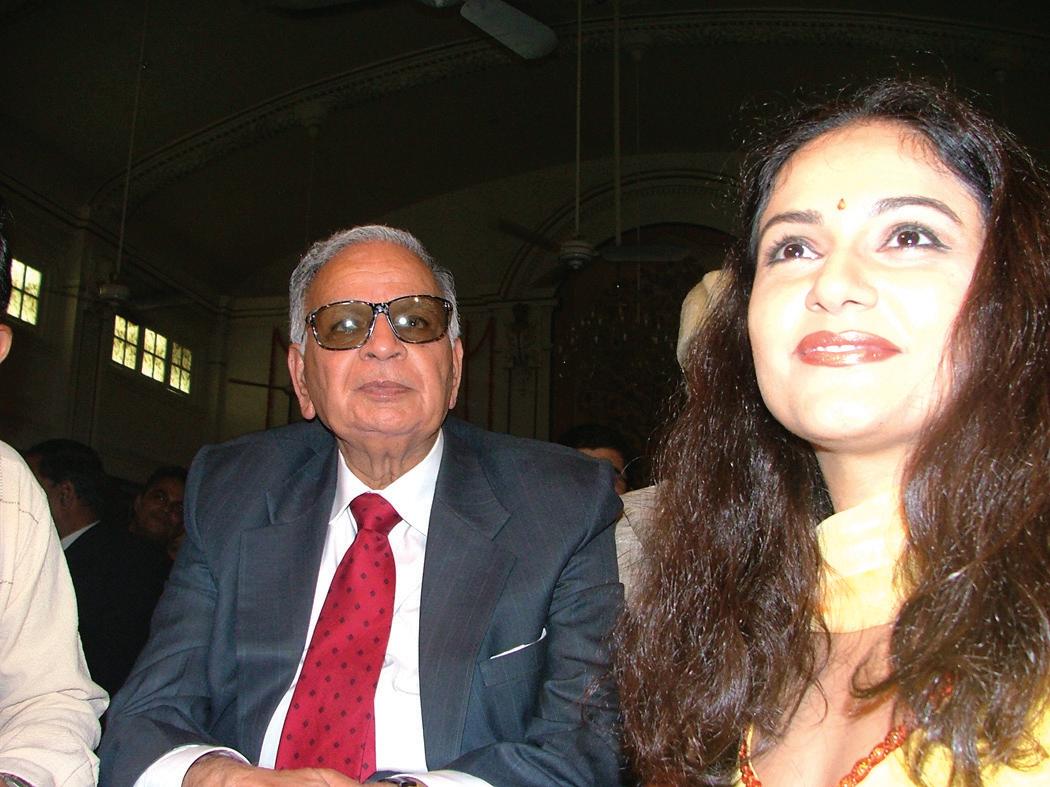
“Someone who says he won’t be scared while watching the film will be shown Phoonk 2 alone in a theatre. He will be attached to an ECG machine to monitor his heart beat and the machine will be connected to a screen outside the hall. If his heart beat stays normal, he will win Rs.500,000,” added Varma.
Varma says he has consulted a doctor about the contest.


“The doctor says if an average man is subjected to extreme emotion, his heart beat goes up and one of the emotions could be fear. So, if a man sitting in a theatre is not showing any physical activity except watching a film and while watching the film, if his heart beat goes up, it will be something in response to what he watches on screen. In a film like emotion will be only fear,” said Varma.
Asked what if a viewer gets a heart attack, he said: “Firstly, the person who would dare enter this contest will have to sign a
doctor at hand.”
The contest for Phoonk 2 will continue until the movie is commercially released in early April. Directed by debutant Milind Gadagkar, Phoonk 2 is the sequel of Phoonk which was directed by Ram Gopal Varma, and the cast remains the same. Asked why he didn’t direct the movie this time, Varma said, “Phoonk 2 was Milind’s concept so I asked him to direct the film.”
are we all fainthearts?
A man of many talents
That Amitabh Bachchan leaves his costars in awe is well-known, but Teen Patti director Leena Yadav says the megastar not only spells magic in front of the camera but recently surprised everyone with his expertise at tennis, and even playing the violin and piano. “We played tennis in
?
One-film wonder
50 <> FEBRUARY (2) 2010 INDIAN LINK
(Find the answer under Caption Contest) GUESS WHO
ENTERTAINMENT
RAM GOPAL
Arjun Rampal at Indian Link Radio studios
between shots and we saw how good he is at the game,” said a visibly impressed Yadav in an interview.
In one scene, Bachchan’s character had to play violin. “I got in an expert to train him on how to hold the instrument, but Mr Bachchan took the violin, placed it in the right position and started playing perfectly. He played the piano also. He surprised us in many ways,” Yadav recalled.
Teen Patti features the Big B as a mathematician trying to evolve a thesis on probability by relating it to the Indian card game of teen patti. The film also stars Hollywood legend Ben Kingsley. Yadav, who co-scripted the movie with Shiv Subramanyam, reveals that the probability theory Bachchan tries to prove is absolutely fictitious, but insists it is applicable to card games to some extent.
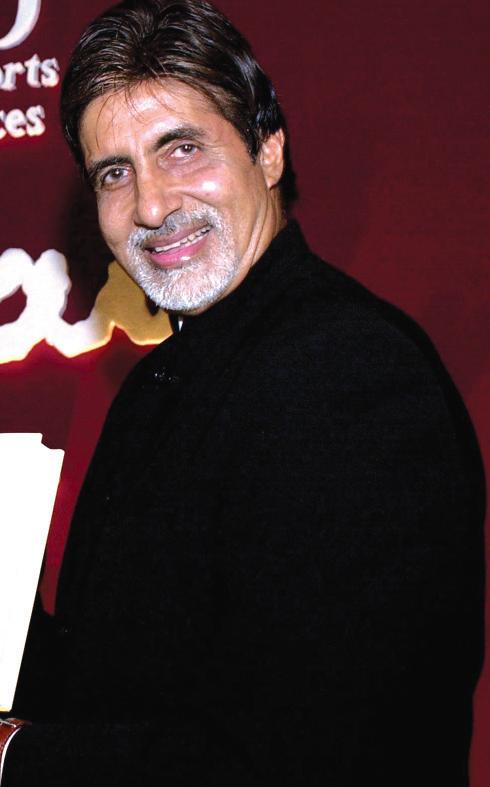
Before shooting began, Yadav did a reality check on an illegal gambling hideout to know how makeshift casinos function.
“In Mumbai, gambling is illegal. So in different shady places they make temporary set-ups so that they can escape if there is a raid. I visited a functioning ‘adda’ to have a feel of what exactly happens there. It was quite risky,” she said.
Apart from the two veterans, the film also stars R. Madhavan. And the director is also introducing four new facesSiddharth Kher, Vaibhav Talwar, Dhruv Ganesh and Shakti Kapoor’s daughter, Shraddha Kapoor.
And so once again, the Bachchan brilliance comes to light. Wonder if he’s as good at teen patti
MNIK adds audio description
In a historic first, Shah Rukh Khan starrer
My Name Is Khan has become the first Bollywood film to be released in cinemas across the country with Hindi audio description (AD) for visually challenged people. AD is as important to blind and partially sighted people as subtitles are to those with hearing problems. It is an additional narration that fits between passages of dialogue to describe action sequences, body language, costume and scenery, allowing the viewer to understand exactly what is happening on screen.
The Royal National Institute of Blind People (RNIB) worked with 20th Century Fox to achieve this after research amongst blind or partially sighted people found that over 55 percent of respondents were more likely to watch Bollywood films if AD was provided.
“Around 700 films are produced by Bollywood every year and our research tells us that blind and partially sighted fans want AD on these films. We hope other studios will follow 20th Century Fox’s lead,” said Fazilet Hadi, director of RNIB. The studio has come out with both English and Hindi AD tracks for Name Is Khan. It’s great that Bollywood is evolving in catering for the visually impaired. Let’s hope it becomes the rule, not the exception.
Deepika’s wish
Her Bollywood blast began with Shah Rukh Khan in Om Shanti Om, but if there’s one person this talented actress is desperate to work with, it’s actor Salman Khan.
“I am really looking forward to work with Salman,” Deepika said.


“In fact we were to be paired up a few times, but the films didn’t quite work out. It’s a pity, but I hope that in the near future, we will have a chance to work opposite each other,” said the actress, who will next be seen with Farhan Akhtar in Karthik
hotshots like Akshay Kumar in Chandni Chowk To China and Saif Ali Khan’s Love Aaj Kal. She will next be seen opposite Abhishek Bachchan, Imran Khan and Neil Nitin Mukesh in Khelein Hum Jee Jaan Se, Break Ke Baad and YRF’s untitled film respectively. Let’s hope Deepika gets her wish soon…
Gauhar Khan is new-age

Helen
Ekta Kapoor has chosen Gauhar Khan as the new-age Helen to dance on the popular cabaret number Piya tu ab to aaja in her upcoming venture Once Upon A Time in Mumbai. Based on Mumbai’s underworld in the 1970s, the film is being directed by Milan Luthria and stars Ajay Devgan in the lead role. Raju Khan has been brought to do the choreography for what’s touted as the most expensive cabaret ever shot in Bollywood. Recently, Gauhar danced to the beats of Piya tu ab to aaja so hard that a
shard of shattered glass wounded her leg. The director and her excited producer intend to unveil their new-age Helen and the prized recreation of the smouldering cabaret number from the 1970s at an elaborate press conference soon. Pritam Chakraborty, who has given music to the song, says he refused to do a straight remix of Piya tu... “I really see no point in doing a straight-off remix specially when it’s an RD Burman track. That means the original is still fresh in the listeners’ mind. Why should I tamper with an evergreen? So what I’ve done for Milan’s cabaret is to incorporate just a bit of RD’s Piya to ab to aaja from Caravan and Duniya mein logon ko from Apna Desh. The rest of the song is my original composition,” said Pritam. Apparently when Gauhar heard the song, she flipped out. We’re sure fans can’t wait to see her in this sizzling hot number…
Neil is seventh hubby
Priyanka Chopra plays a unique role in Saat Khoon Maaf - she has seven husbands in the movie. While Naseeruddin Shah is her oldest spouse, Neil Nitin Mukesh has just been signed to play the youngest. Neil’s character will require heavy physical transformation. He will apparently be unrecognizable on screen. “When I heard the script, I was zapped. This was something I had to do. I play one of Priyanka’s husbands, the youngest of the lot. The fact that I get to be in the same film as actors like Naseeruddin Shah and Mohanlalji was incentive enough,” said Neil, who is currently busy shooting for Yash Raj Films’ Lafange Parinday
Except one, all the actors playing Priyanka’s husbands, including an unknown American actor, have been finalised. The actor starts shooting for Saat Khoon Maaf from April.
“I’ve a somewhat crowded date diary this year. I join Abbas-Mustan from June to December for Italian Job,” said Neil, who will have to burn the midnight oil while competing with six other hubby hopefuls. But with such an exciting role and Neil’s talent, he’s likely to make an impact, even if we don’t recognise him. Good luck, to this Sydney boy, making it big in Bollywood!
Saved by Superking!
After the astounding success of My Name is Khan, the King is ready to move on to his next venture, a superhero flick RaOne, which will cost a super-staggering Rs 100 crore. Shah Rukh will star opposite the fabulous Kareena Kapoor, but the surprising element is that the film will not be made in English as earlier planned, as he wants it to be an exclusive offer in Hindi only. Besides, don’t English films have their own superheroes?
Bolly’s buzzing that Ra-One will include hair-raising stunts from King Khan, a first for not just the actor, but also Bollywood. The special effects team has been sourced from big sis Hollywood, and SRK has already begun a fitness regime to help him perform the daring stunts. Naturally, the King will fly in the sky to save mankind and will fight ten megalomaniac villains, each representing one head of demon King Raavan. SRK is a scientist and his wife will be played by Kareena, in a full-fledged role. With its action sequences matching those of Hollywood’s biggies, Ra-One is slated to make a bigger impact than Hrithik Roshan’s series and Abhishek Bachchan’s . Because of the immense cost, SRK will produce the film through his own production house, and the flick will be directed by Anubhav Sinha. Wonder if this one too, will be a flyaway success?
CAPTION CONTEST
What is the chitchat between Salman Khan and Priyanka Chopra?
Send in your responses to info@indianlink.com.au and win a surprise prize
Last issue Caption Contest winning entry
What are Rekha and Rani saying to each other?
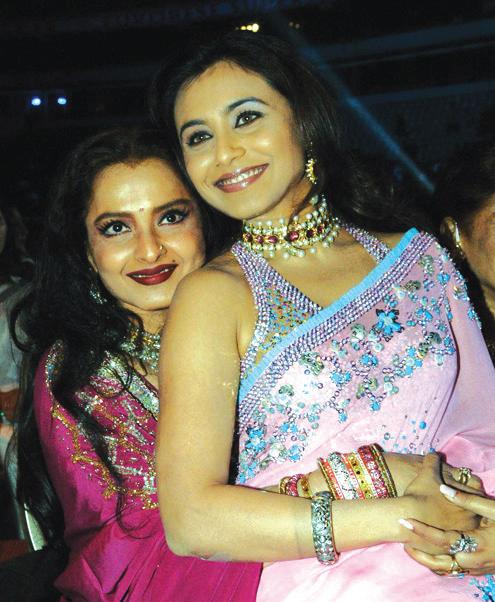
The newcomers are so hung up on being a size zero. Look at us - we have ruled Bollywood so long with our real-women figures...
Raj Saneja
Raj wins one free ticket to new Hindi film Teen Patti.
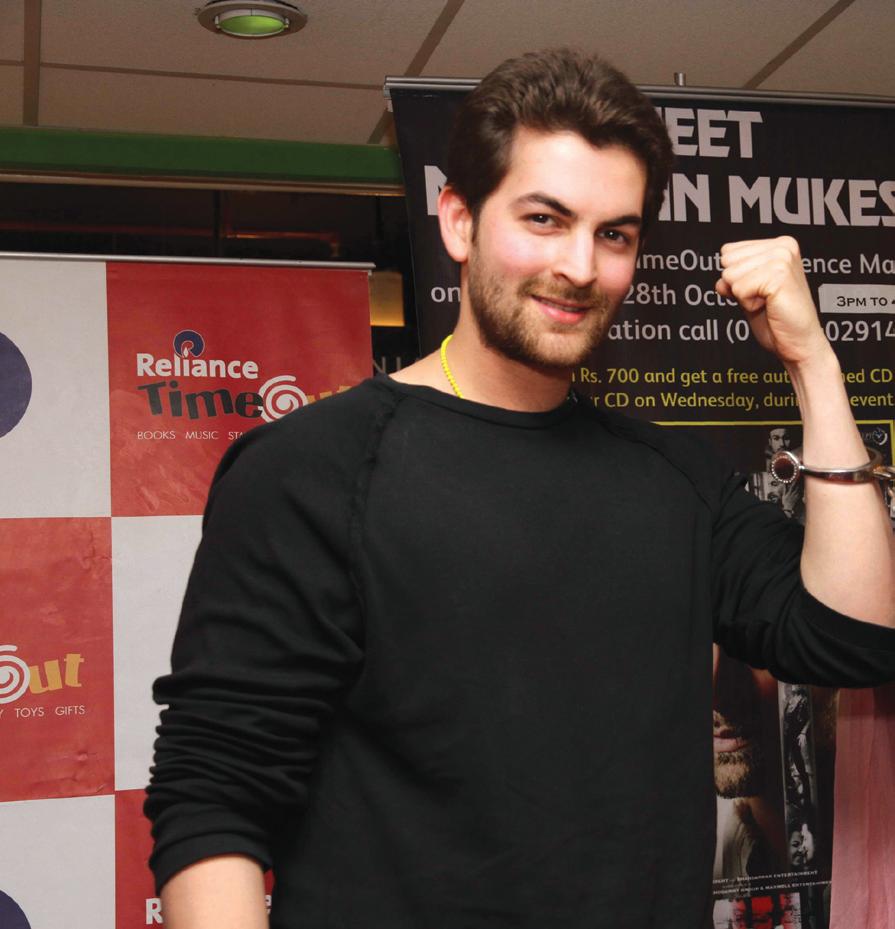
Some other good ones
Rani: Seriously, I think you should match your lipstick with your clothes….
Rekha: Why, doesn’t this lipstick suit me?
Harjit Kaur
Rekha: Let me tell you a thing or two about the industry……
Rani: I am all ears…..!! Dipankar R. Choudhury
FEBRUARY (2) 2010 <> 51 NATIONAL EDITION
www.indianlink.com.au
GAUHAR KHAN GUESS WHO :ANSWER Gracy Singh of Lagaan fame
DEEPIKA
AMITABH BACHCHAN
Cine Talk
A melange of intended terror, unintended
Film: Click
Cast: Shreyas Talpade, Sadaa Sayed, Sneha Ullal Director: Sangeeth Sivan
If you can accept Shreyas Talpade as a womanizing glamorous photographer who clicks with the ladies, so to speak, and Sneha Ullal, then the underlining theme of loveon-the-prowl in afterlife is chilling in spurts.
Director Sangeeth Sivan, who had earlier carved a comic slant for himself with Kyaa Kool Hain Hum, displays a penchant for projecting a mood of ominous foreboding into the finely lit frames.
The camera (T. Ramji) is impeccably mood-oriented. The idyllic Goa outdoors and the neat spacious artistically designed interiors are used intelligently to create a sense of horrific disorder under the commodious elegant surfaces.
Sandeep Chowta’s reined-in background score is another asset to the mood of underlying foreboding, though the songs, done as annoying set pieces with autopilot choreography, are like molar surgery in the middle of a trying day.
The sound design mercifully precludes startling noises and
Another lifeless comedy
Film: Toh Baat Pakki
Cast: Tabu, Ayub Khan, Vatsal Seth, Sharman Joshi;
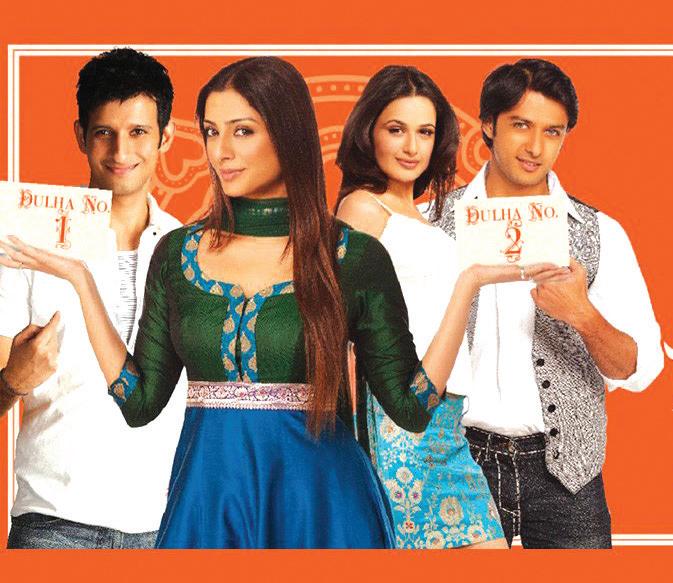
Director: Kedar Shindre
It’s Click that’s meant to be this fortnight’s horror flick. But Toh Baat Pakki is a bigger horror than anything in any recent weeks. And to think that the divine Tabu stars in it makes the blood boil.

On paper, the idea of playing the busybody housewife Rajeshwari, who seems to have only one mission in life, namely to see her sister (newcomer Yuvika) married off, must have sounded like an exciting new character to explore for the brilliant actress. Alas, Tabu had not bargained for
creaking doors. Like Ram Gopal Varma’s Bhoot, Click focuses on finding the centre of the terror in ordinary circumstances.
If only portions of the plot were not so hard to digest. Moving on an ageold premise for horror cinema where the protagonist’s past trespasses catch up with him in chilling infinity, Click creates a melange of intended terror and unintended humour.
Talpade (somewhat miscast) is the not-so-fashionable fashion photographer whose camera begins to capture spirits.
The feeling of something-out-there is well-developed. But the gruesome pre-denouement gang rape and murder are not just out of place but done with unpardonable halfheartedness.
Some of the hero’s trysts with the spook, such as the sequence where he climbs down a fire escape with the spirit in hot pursuit, are spine-chilling.
The dying moments where Avi’s past guilt literally rides on his shoulder and apparently for the rest of his life, are a terrifying representation of guilt, though the rest of the film is too flighty to carry the existential burden.
While Shreyas is effective in the traumatized moments, his two costars are listless. Blessedly this shiver-giver seems original.
And we can’t fault the film for cracking the horror genre with a basic amount of finesse.
the mundane situations and the pedestrian dialogues that her character has been put into.
Toh Baat Pakki is one of those tragic comedies that don’t elicit a hint of humour. The plot is intrinsically bereft of ingenuity and the direction is strained most of the way.
Among the many problems that plague the plot is the lack of inherent drama in Tabu’s character. Her character has no inner life, no motivating emotions except hatching silly match-making schemes for her giddyheaded sister. She first invites Sharman into her home as a tenant...And then Vatsal.
Tabu plays the annoying, partschemer, part-dreamer housewife.
Unlike the shrew that Sridevi played with full-blooded passion in Judaai, Tabu’s Rajeshwari is a woman caught in annoying confusions of self-assertion. And she’s not to blame.
The lingering condition of a hangover mixed with yesterday’s leftovers stays with
the film right till the bustling conclusion when all of Rajeshwari’s match-making manipulation come to fatuous fruition.
Toh Baat Pakki tries hard to be charming and quaint. But it lacks that lightness of weight that would have made the characters appear larger than life in an unstrained atmosphere.
A pity, since the ethereal Tabu is hardly seen in any film. She tries bravely to get out of her dramatic space to deliver a broad satirical performance that screams for
behind-the-scenes fine-tuning. She gets no support from her co-stars except maybe Ayub Khan who, as her supportive husband, plays a thankless part with warmth. Sharman Joshi as Tabu’s sister’s first suitor has done the goofy act lately in 3 Idiots. Here he has nothing new or appealing to add to his uninspired character. Vatsal Seth, as suitor No.2, gives his cleancut, good-boy role a genial treatment. The second half, where Sharman pretends to be the bride-to-be’s well-wisher and tries to influence Vatsal against the marital alliance, is suspiciously similar to Yash Chopra’s Mere Yaar Ki Shaadi Hai. While the older film had some derivative energy to sustain its silly romantic movement, Toh Baat Pakki is as inert at its centre as a clock that stopped ticking while you were sleeping. Avoid the film even if you are a diehard Tabu fan. In fact, please avoid it if you are a Tabu fan.
52 <> FEBRUARY (2) 2010 INDIAN LINK
Subhash K. Jha, IANS
ENTERTAINEMT www.indianlink.com.au
The boyfriend or the family?
Dear Auntyji
Namaste Auntyji, how are you? I have a problem I was hoping you could help me with. I am a 24-year-old lawyer. I am in love with a 36-year-old man who has been divorced for three years. He has a five-year-old son who lives with his mother. I want to marry this man, but I think my parents will be horrified if they knew I wanted to marry this guy. My mother is already looking for prospective grooms from good families for me. I have loved Udit for 2 years now, and he loves me as much, but I don’t know how to tell my parents. Should I forget about Udit and do what my parents say? I really love Udit, however, I don’t want to upset my parents, and I know they will find a good boy for me. What should I do?
Auntyji says
Namaste, my dear confused girl. Yes, I can see that you are in a predicament here. On the one hand you have love, on the other, duty. Well, I don’t need to tell you that you have to decide whether to go with Udit or not. Marriages can fail, but parents and families are always there. Hmm, this is a challenging situation. Okay, here is the best solution for this scenario. Ask Udit to visit your parents and request them for your rishta. This way, the pressure is off you completely, and if Udit is a real mard, he should be able to do this. Once he meets your parents and lets them know of his intentions, your parents can then decide whether or not to give their blessings for your shaadi. They can then give their blessings, based on what they feel about Udit, or command you never to
see him again, in which case you can go on to marry whomever they choose and you can live your life like in Kabhi. Incidentally, have you thought about what living with Udit will be like, with a ready-made child coming over on weekends, a potentially bitter and twisted churail of an ex wife and the age difference? Of course, none of these things should matter, but don’t discount them. This is your life we’re talking about, after all. Tell me how it all goes and don’t forget to invite me to your shaadi, I will be there singing and dancing with the baraatis like it’s no one’s business.
Addicted to… Tim Tams
Dear Auntyji
I have recently started a new job where they serve us biscuits and tea and the kitchen is full of biscuits to eat at any time. The biscuits are lovely, like Tim Tams, Montes, Monte Carlos, Vo-vos and raspberry shortcakes. My problem is that I can’t seem to stop eating them. I eat two in the morning as soon as I get in to work, four at 10am, 2 at lunch, another three at 3pm and another one just before I go home. I have put on one kilo in one month
and desperately want to stop. What do you recommend I do? Shall I tell my bosses not to have these biscuits available?
Auntyji says
Well, control your feedings habits, you petu. If you remain really busy throughout the day, you won’t have an opportunity to go around thinking about food. So keep busy and avoid going into the kitchen. And remember, you’re still new to the place so don’t act as if it’s your kitchen. By the way, how do you know no one has noticed how many biscuits your shovelling down your throat? If you continue on this road, you will be seen to be the pig that you are, so stop eating those damn biscuits and learn to be more productive. You’re getting paid to work, and not to raise the share price of the biscuit company.
Khan vs Khan
Dear Auntyji
My best friend Renu and I argue all the time whether Shah Rukh Khan is the better bloke or Salman Khan. What do you think?
Auntyji says Shah Rukh Khan.
Do you have a question for Auntyji? Send

Matrimonials
SEEKING BRIDES
Palghat Brahmin Iyer, 32/5’9”, MBA, MS, pure veg, dual citizen, working as IT Operations Specialist at large Telecom at Melbourne CBD, pleasant looks, seeks bride under 30 with similar cultural background. Horoscope available. Please email kkrangan@yahoo.com or contact 0418 720 781 for more information.
ABrahmin family from north India seeks suitable bride for their son, handsome, fair colour, slim, never married, non-smoker, non-drinker, broadminded, 29 years, 5’ 5”. He lives in Sydney while his parents are in India, and earns well. The girl should be good looking, well educated, family oriented, and from Brahmin background. Initial contact, with profile, can be made at raj2010syd@gmail.com
Parents of Gujarati Patel boy seek bride for their son, age 29 years, Australian citizen, IT professional, permanent job. Visit www.Bharatmatrimony.com and search for his ID G584083 to find more details or call Kesh Patel on 02 8205 8409 / 0401 548 194 to discuss further.
Australian citizen, 36 years old, settled and working in Sydney as
a professional employer. Seeking girl between 27 and 36, no caste bar. Please contact 0416 398 869 or for other details and photo mail me at satishsingh_2009@ yahoo.com.au
Fiji Indian Hindu family from Sydney, seek alliance for son aged 26, Australian citizen, fair, educated, 160 cm. Seeking bride under 25 years, slim, fair, sincere and pleasant personality. Contact parents at PO Box 502 Plumpton NSW 2761 or email at hum772009@gmail.com
Australian citizen, Indian origin male, uni educated, govt job, own house, mid 40s, seeks honest Indian/ Fiji Indian lady for marriage. Please send details to email: tamave@hotmail.com or phone 0404 263 400.
SEEKING GROOMS
Seeking alliance for Sunni Muslim girl from India, 36 years, 5’3”, fair, software consultant working in USA, strong family values. Looking for Sunni Muslim boy, non-smoker, non-alcoholic and follower of Halal food. Please contact on marrylink@ymail.com with photograph and details.
Is something sordid going on here?
Dear Auntyji
My husband is the kindest and sweetest man I know. He buys me flowers and takes me to restaurants and spoils me all the time. However, when I tell my sisters how sweet he is, they tell me that he is doing that because he is feeling guilty and that he is seeing someone behind my back. I hate it when my sisters tell me this, and I don’t like it that they badmouth my husband, but they are my sisters and I can’t just ignore them. What should I do? I know my husband well enough to know that he would never do something like that. He is not false or conniving, like my sisters say. Do you have any suggestions?
Auntyji says
Hmmm, you have absolute churails for sisters, don’t you? If you believe your husband, and I would because he sounds like a good, honest man who is in love with his wife, and I would know because Uncleji is pretty much like that (hey, they might be related!), then you shouldn’t listen to those dayans. It sounds like they are simply very jealous of what your husband does for you. Are you by any chance adopted, because your sisters sound like they could be your step sisters. Either don’t talk about your husband to your sisters, or learn to ignore what they say. It’s obvious that they are simply jealous and don’t like the relationship that you have with him. Here is a pearl of wisdom for you. Don’t ever listen to what anyone else has to say if you already know what the truth is. Give your husband my regards and tell him that he is the poster boy for loving romantics everywhere.
Seeking suitable groom for a Tamil Brahmin girl (Kodanya/5’8”/23 years) professionally qualified and working in Bangalore. Family well settled in India. Seeking 26-29 year old groom, qualified and match with strong cultural and family background. Please email kallvidhya@ yahoo.com with your biodata.
Seeking a professional and caring boy for a smart, MBA, professional and homely 26-year-old girl working in management in a leading private bank in India. Grandparents currently visiting Sydney. Please send details on mainirahul@ gmail.com
Seeking suitable professionally qualified, Hindu, well-settled match for Indianbased Hindu girl, never married, 30 years, 160cm, practicing as an architect and interior designer in India. Please contact Shivani Baheti (elder sister) on 0421530 876 or bahetived@yahoo.com.
Sister and brother-in-law seek suitable groom for Gujarati Brahmin girl, professionally qualified. Family well settled in India. Seeking 26-29 year old, qualified match with strong cultural and family background. Please email biodata and recent pictures to Meghna.joshi@ato.gov.
au or contact 0433 613 676.
Parents seek educated and wellsettled boy for Hindu Punjabi girl, IT professional, Australian citizen, born 1977, 5’ 6” slim, never married. Please send details and recent, clear photo to vnsb2009@gmail.com
Seeking alliance for our 24-year old, 5’4” beautiful Sikh daughter. She is a finance professional with strong family values. We are settled in Sydney for many years. Please send your details and photo at kuldeeponly@gmail.com
Brother seeks suitable groom for Hindu Gupta girl, professionally qualified. Family well settled in India. Seeking a 2830 year old, professionally qualified match, with strong family values. Please send biodata and recent picture to vikjas@gmail. com or contact 0401 318 439.
Seeking a suitable match for Panjabi girl 28 years (Aus citizen), 5’ 8”, fair, never married and working in Sydney, progressive and broadminded personality preferably settled in Sydney, caste no bar. Parents at present reside in Brunei. Send details and recent photo at mukeshrandev@hotmail. com; or Tel 00673-2334324 (res)
FEBRUARY (2) 2010 <> 53 NATIONAL EDITION
it in to GPO Box 108 Sydney 2001 or email it to info indianlink.com.au
BACKCHAT www.indianlink.com.au
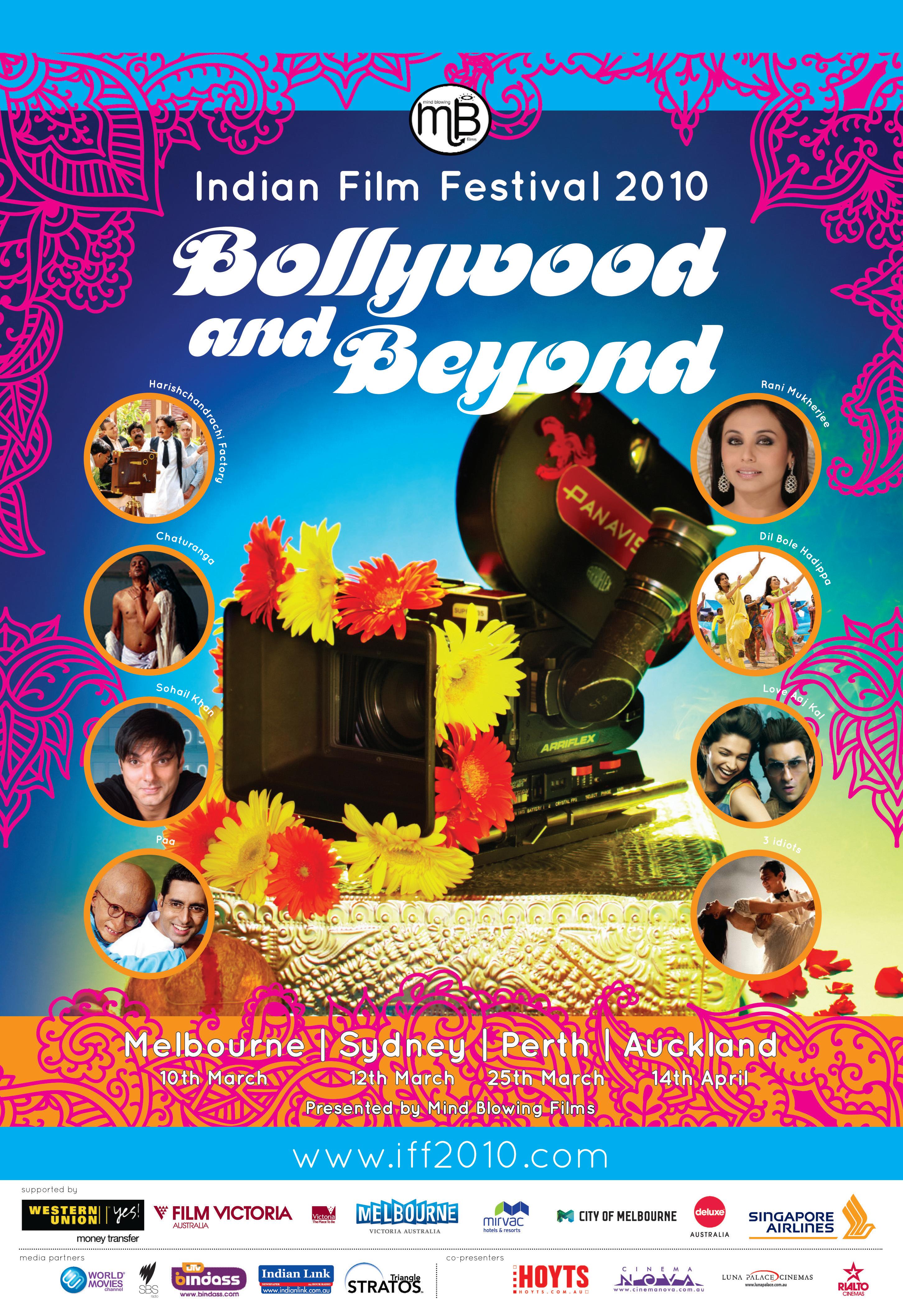
54 <> FEBRUARY (2) 2010 INDIAN LINK
see Rani Mukherjee at opening night
Come
Beauty Therapy and Nail Centre
Esablished 20 years back in Hurstville
Now open in Paramatta on level 1 near station and food court

OPEN SPECIALS:
* $55 MEDICAL GRADE LASER (5MINS) example lip, bikini and underarm or face or brazillian


* Brazillian and underarm $70
WAXING:
* Full leg and Brazillian $45
* Eyebrows $10
* Bikini $10
*Face $20
* Full leg and bikini line $31
FACIAL:
* Mini facial includes massage, removal of black heads and mask $35
Phone 9633 3822
Shop 1169, Level 1 Westfield Paramatta NSW 2150 Also in Westfield Bondi Junction, Hurstville, Miranda & Eastgardens
Austral Migration Services has a global presence in providing integrated services for your resettlement in Australia & Canada.
Our services include:
• General Skilled Migration (onshore & offshore)
• State Sponsored Visas

• Employer Nominated Visas


• Partner & Family Migration
• Business Migration
• Student Visas
• Advice on various pathways for permanent residency to onshore graduates.



• Advice & Assistance with Professional Year Program.
• MM2H (Malaysia) Program
• MRT Application for Review
• Workplace Assessment & Training in Hospitality (Commercial Cookery, Pattisserie, Bakery & Hair Dressing) in association with accredited Hospitality Assessor

Guidance and assistance in selecting appropriate professional courses based on education and background.

Specialist in International Student Placement.



• Change of Course, University and Education Provider

• Assistance with credit transfers
• Immigration & Visa Advice

• Student Visa and Appeal Matters
• Admission and Visa
Assistance for other countries including Canada and New Zealand.
56 <> FEBRUARY (2) 2010 INDIAN LINK Evisalaw Australia Pty. Ltd., Suite 1, Level 3, 533 Kent Street, Sydney, NSW 2000 • Tel.: (02) 92643011 Fax: (02) 92643922 • manish@evisalawaustralia.com CRICOS Code: 02635D CRICOS Code: 01241G CRICOS Code: 02831M Courses available throughout Australia in associations with leading Universities and Institutes. CRICOS Code: 02838D CRICOS Code: 02876J Visitors parking available pursueHelping you a betterlife CRICOS Code: 02938M CRICOS Code: 02928B
CRICOS Code: 02767C Manish Agrawal MARN 0323595 MMIA 2134
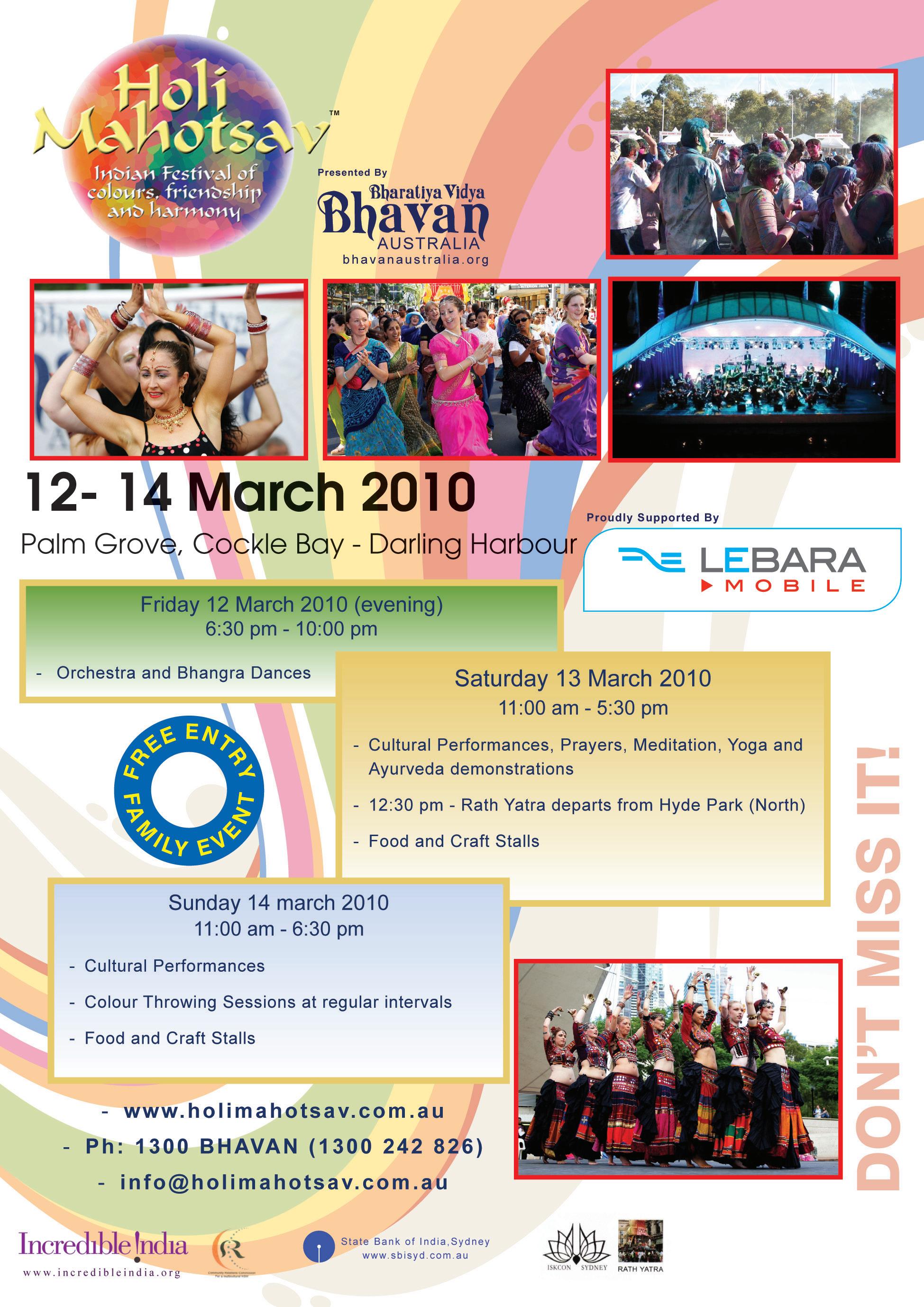
FEBRUARY (2) 2010 <> 57 NATIONAL EDITION
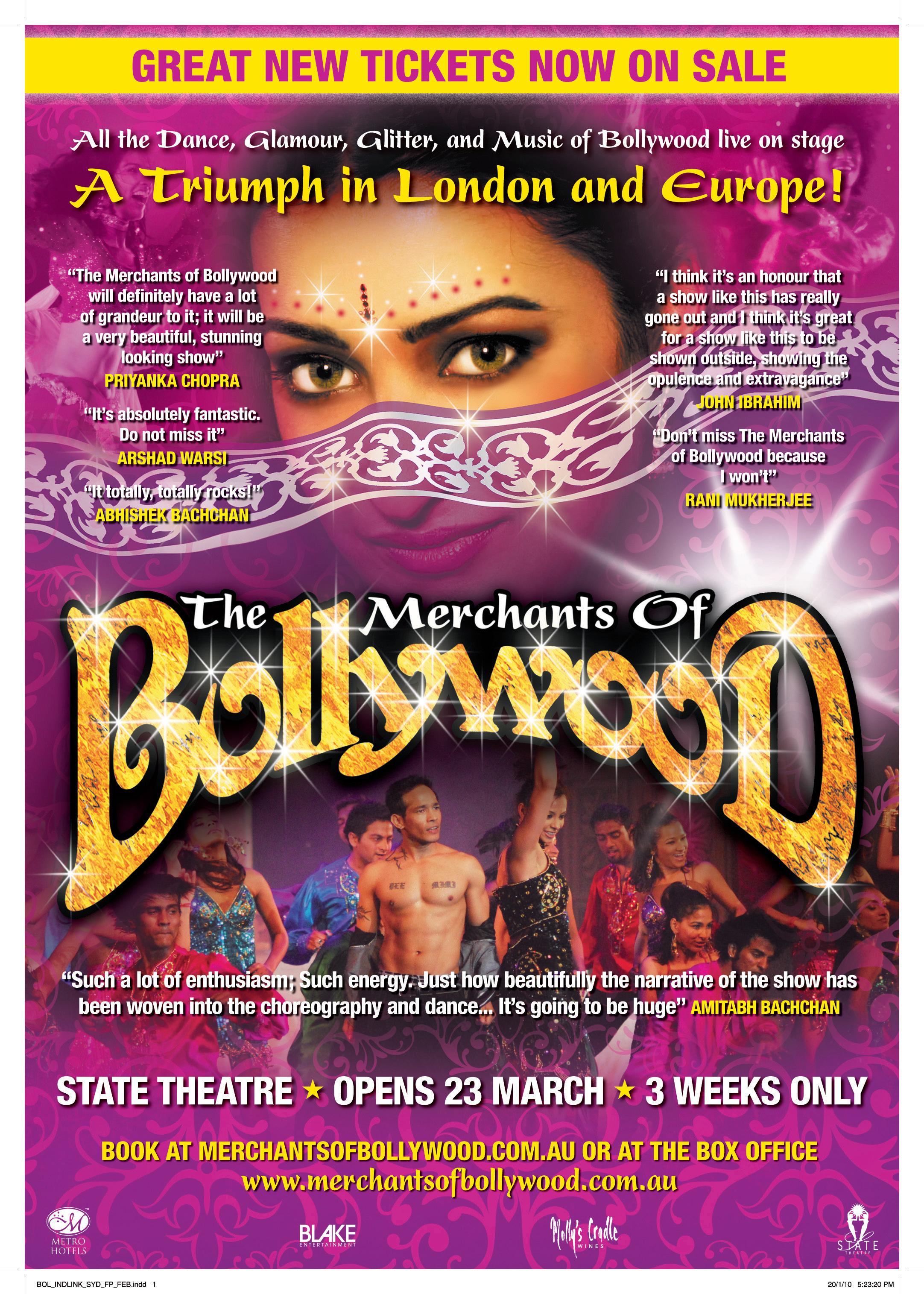
58 <> FEBRUARY (2) 2010 INDIAN LINK

FEBRUARY (2) 2010 <> 59 NATIONAL EDITION

60 <> FEBRUARY (2) 2010 INDIAN LINK



























































 Todd Herskope, Student, MHS
Todd Herskope, Student, MHS







 BY SHIVANGI AMBANI-GANDI
BY SHIVANGI AMBANI-GANDI






 Aum Bhur Bhuvah Suvah
Tat Savitur Vareynyam
Bhargo Devasya Dheemahi
Dhiyo Yo Naha Prachodayath
Aum Bhur Bhuvah Suvah
Tat Savitur Vareynyam
Bhargo Devasya Dheemahi
Dhiyo Yo Naha Prachodayath









































































































